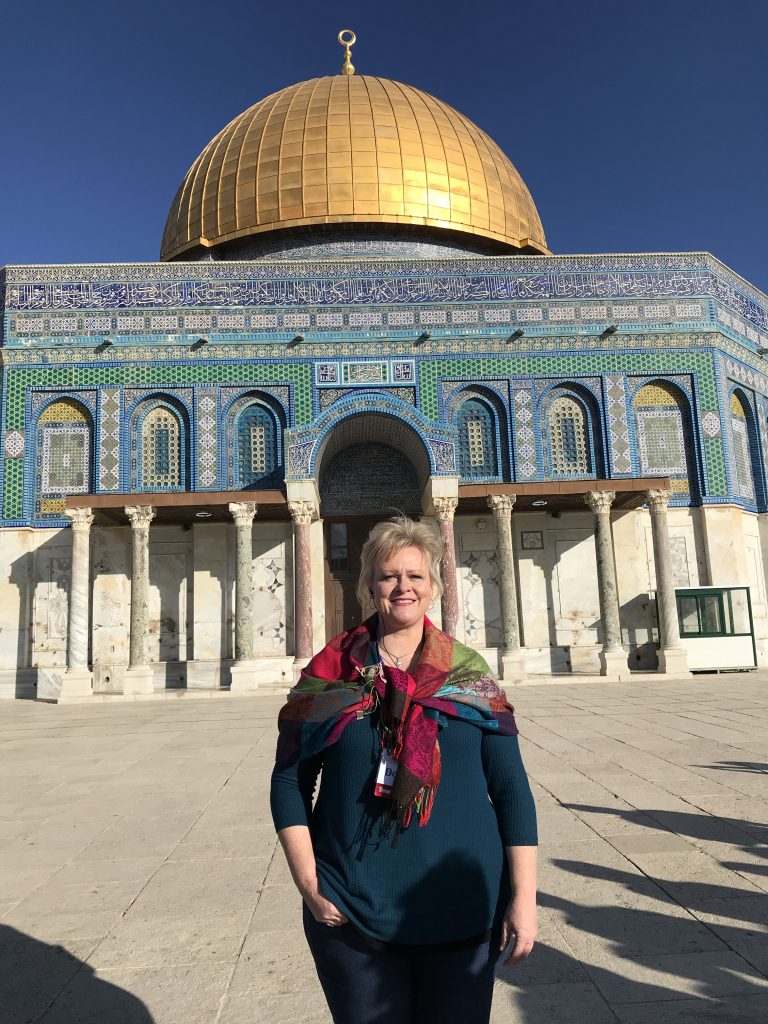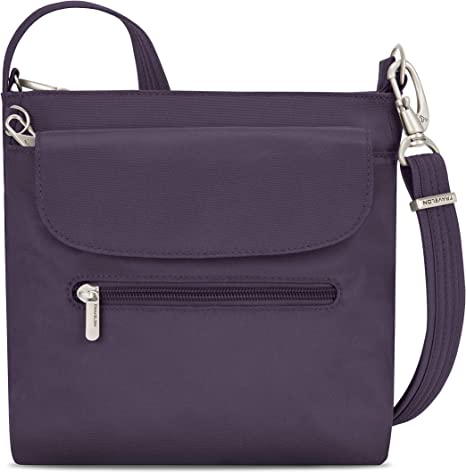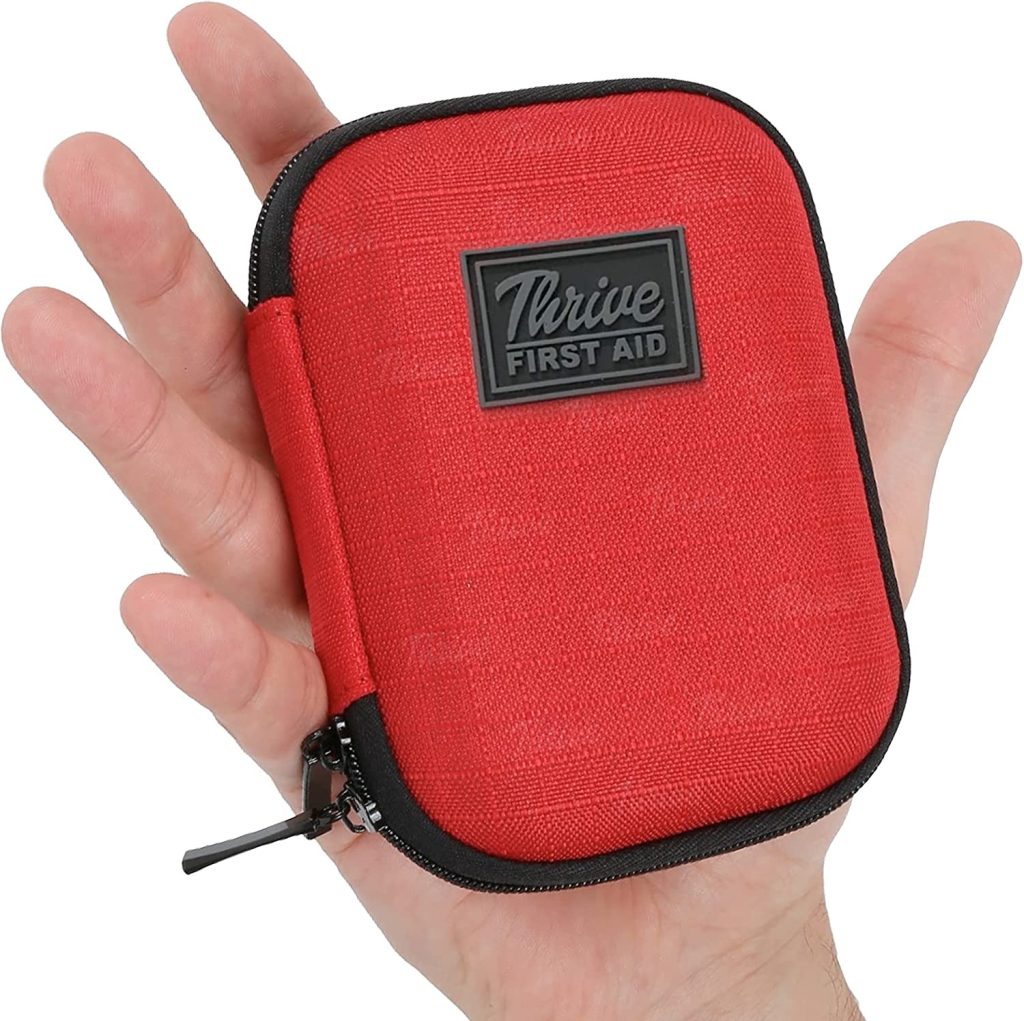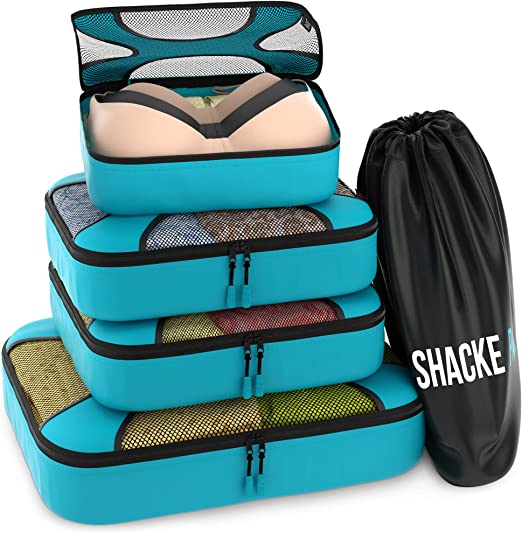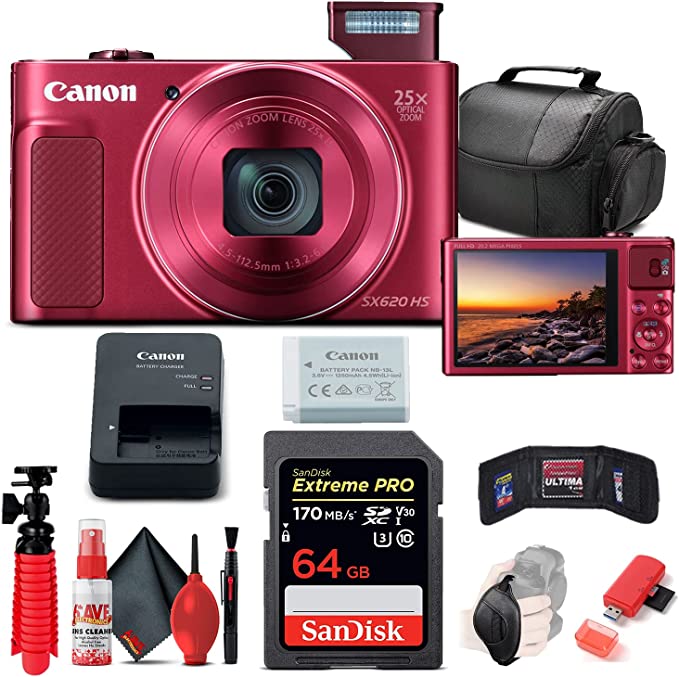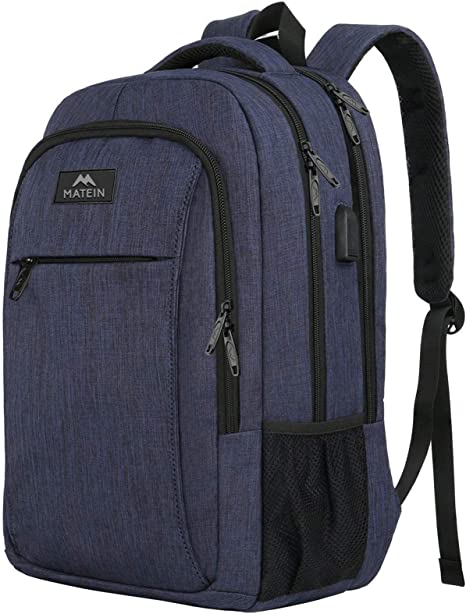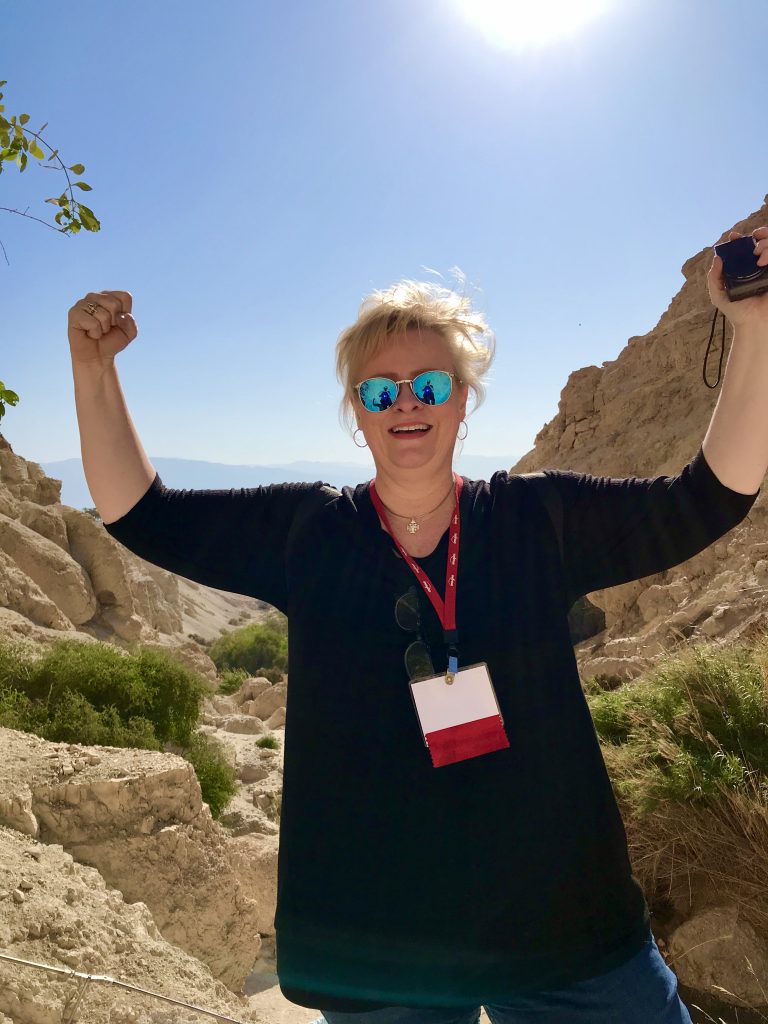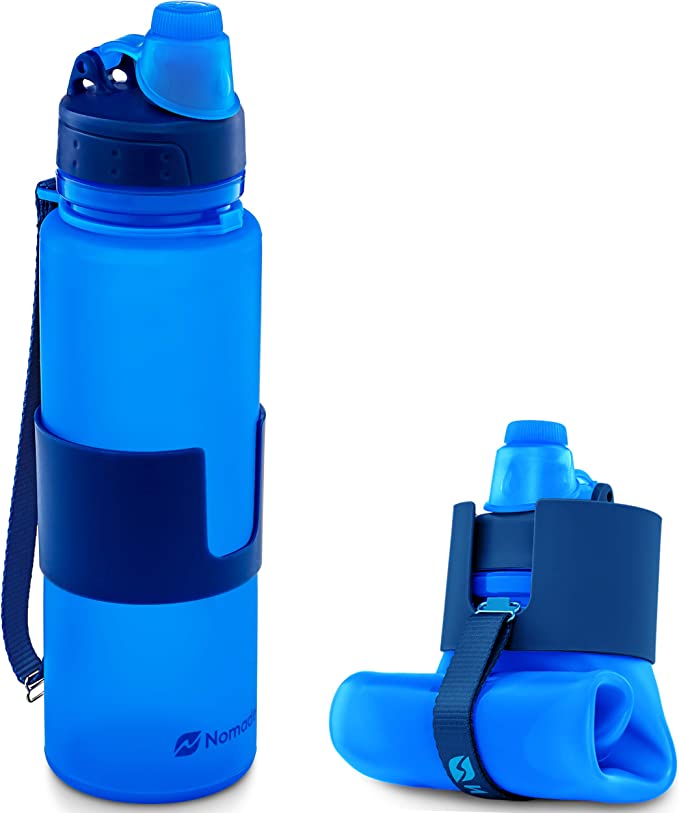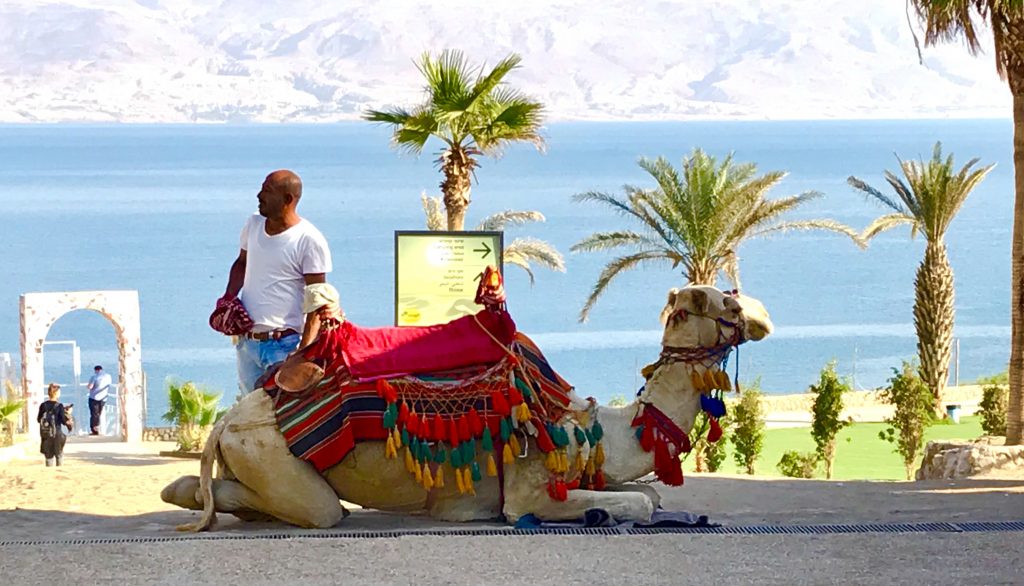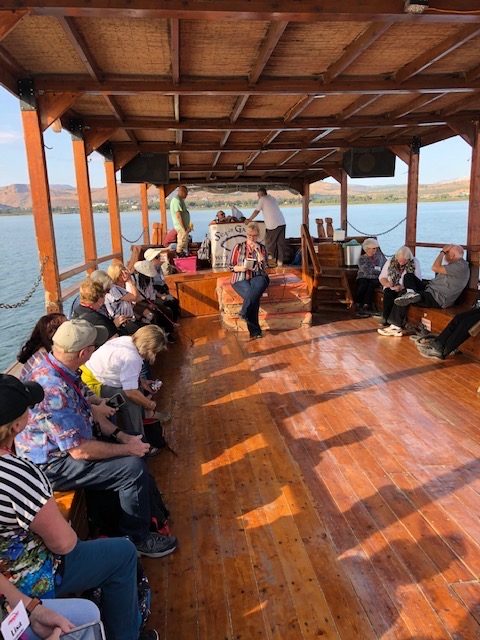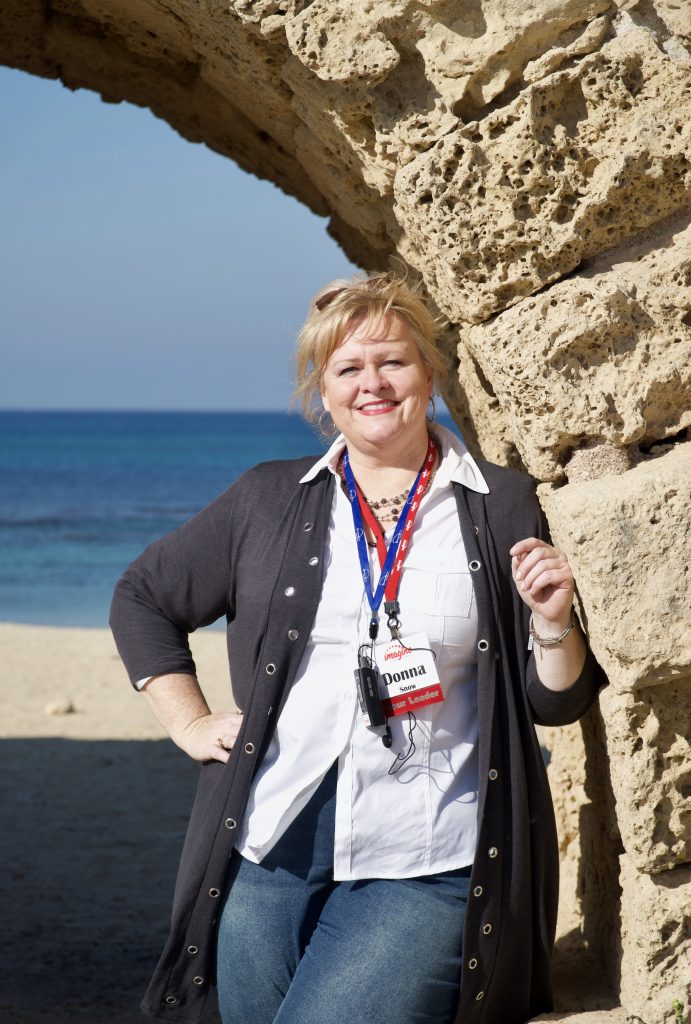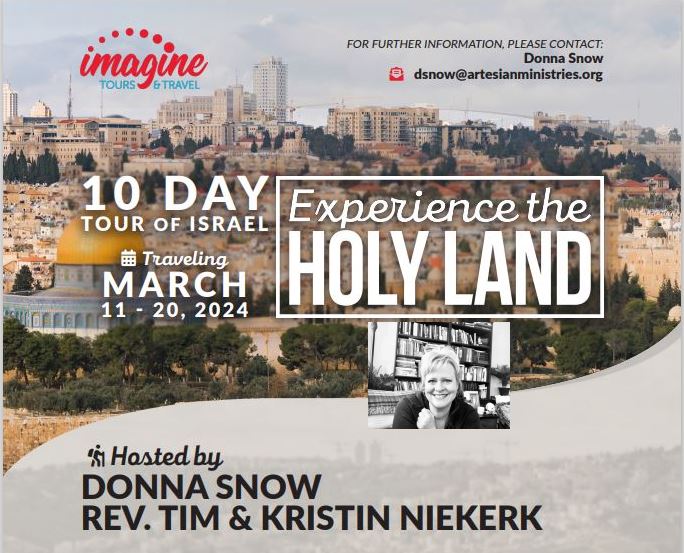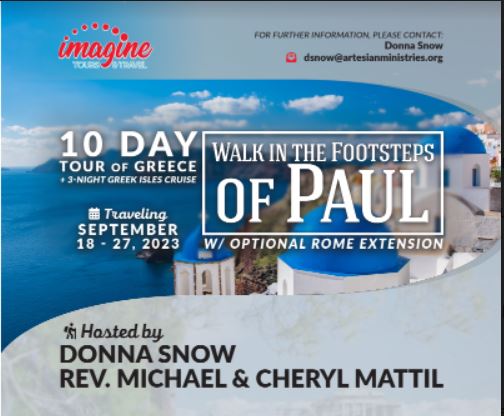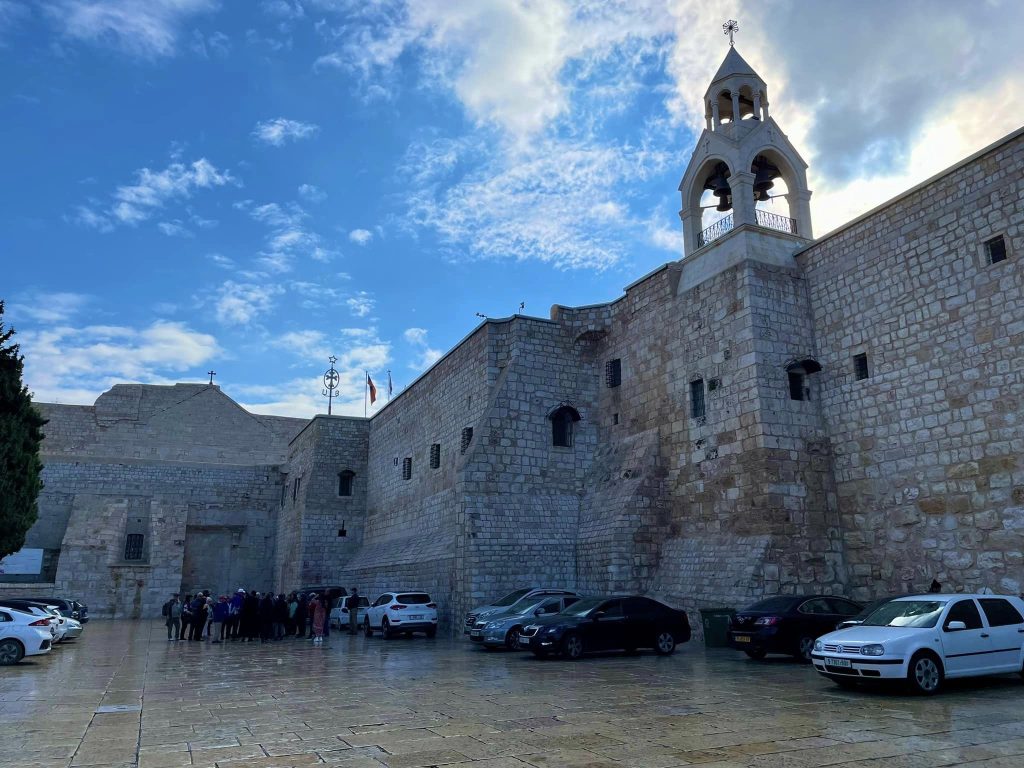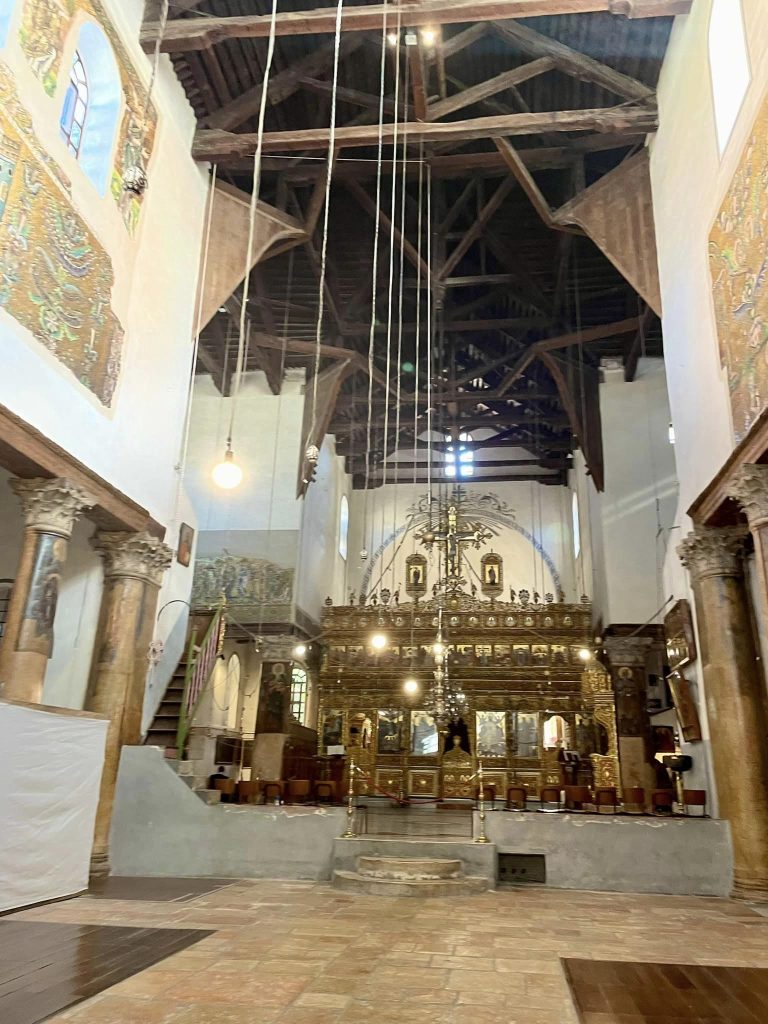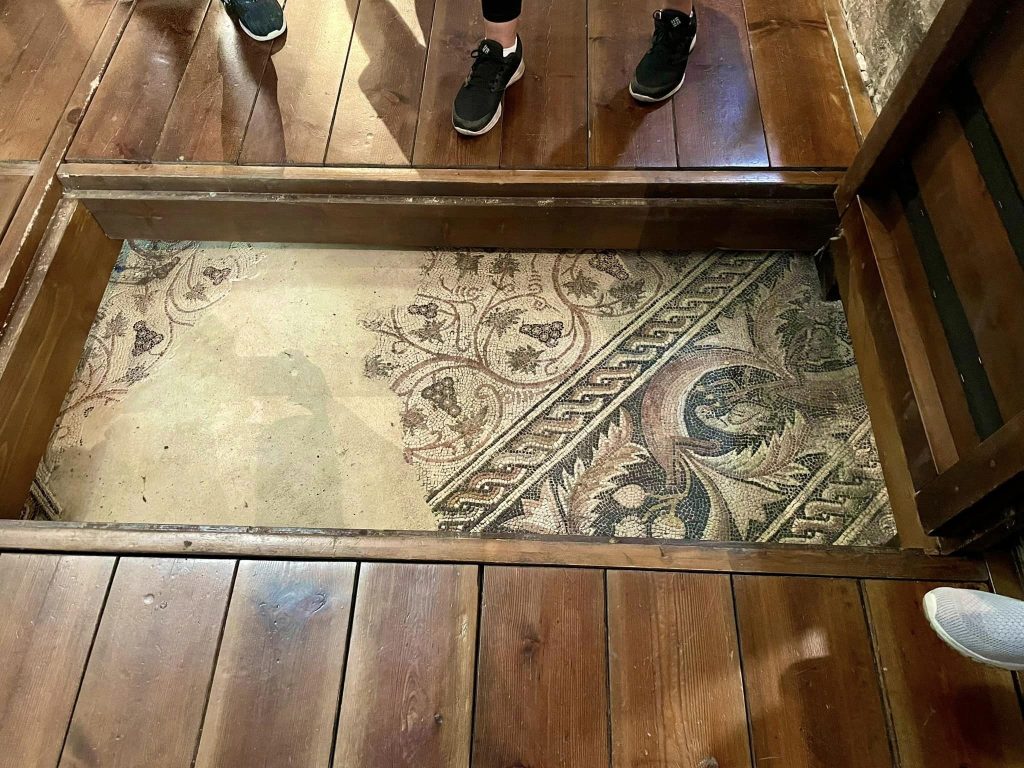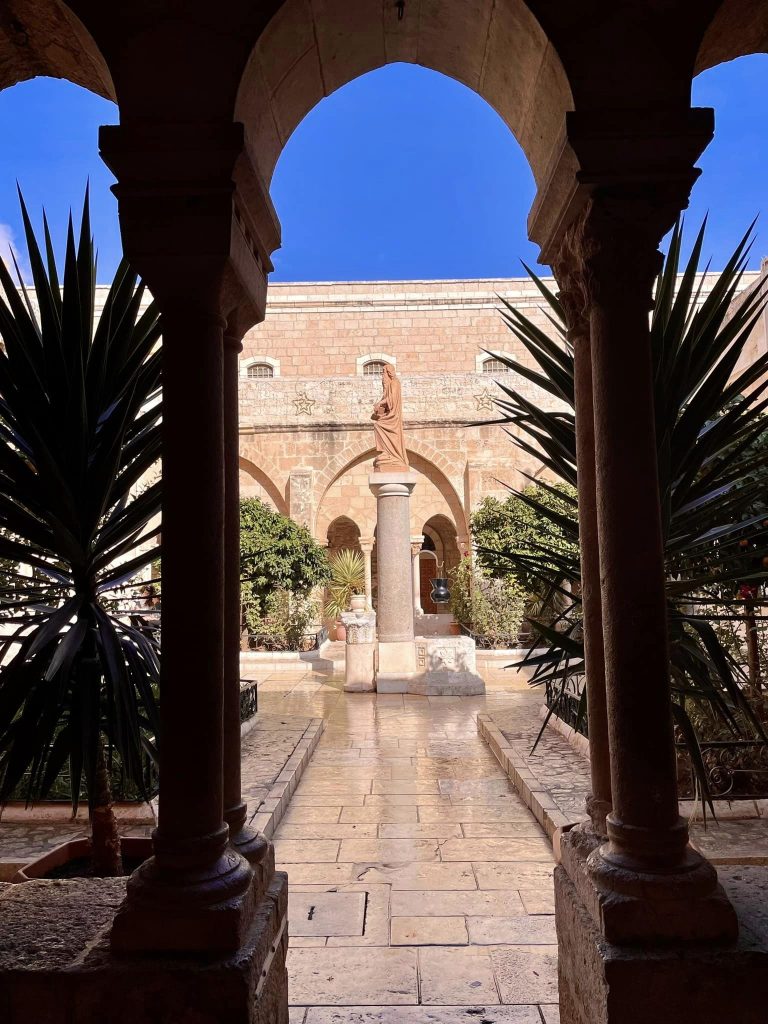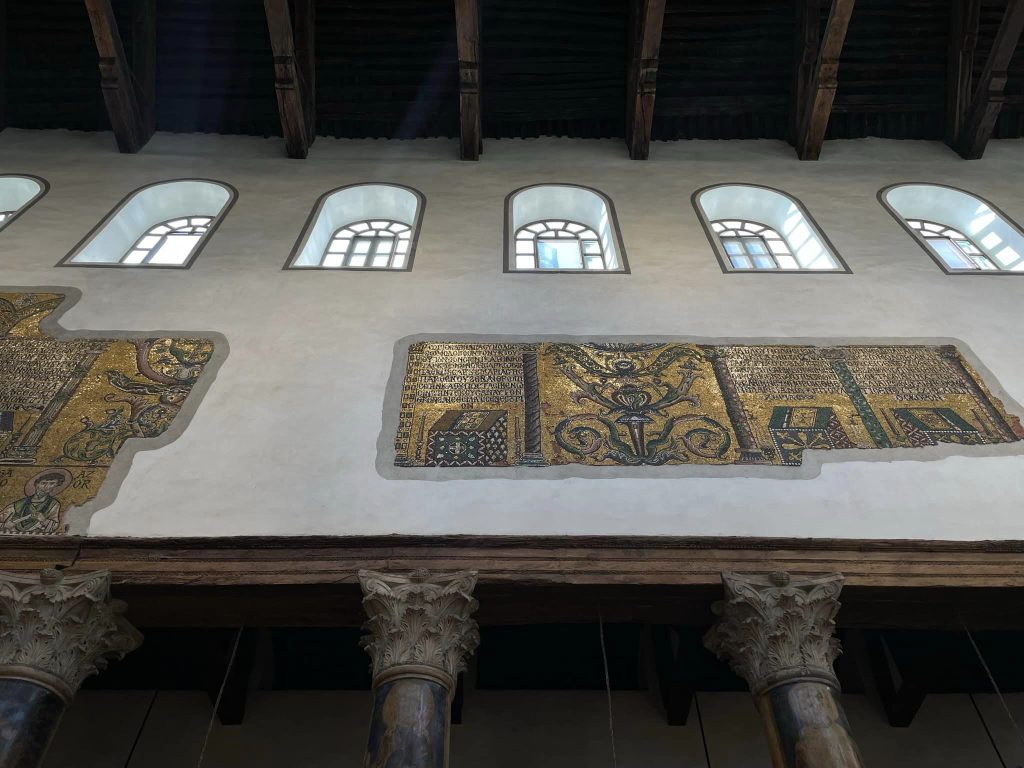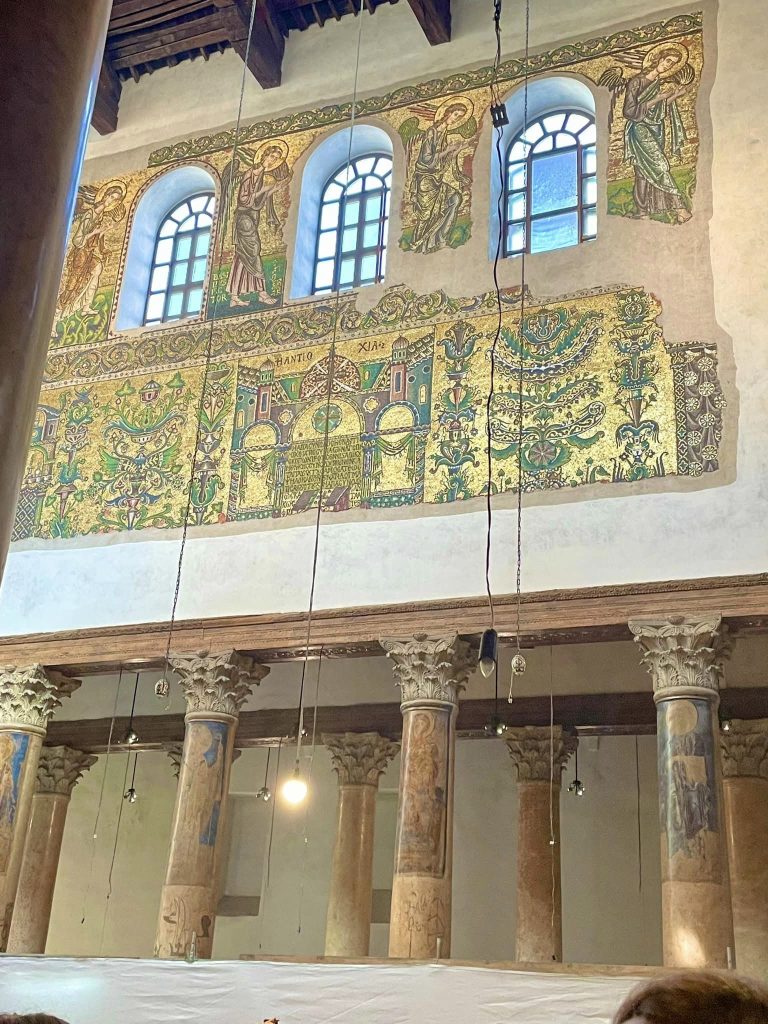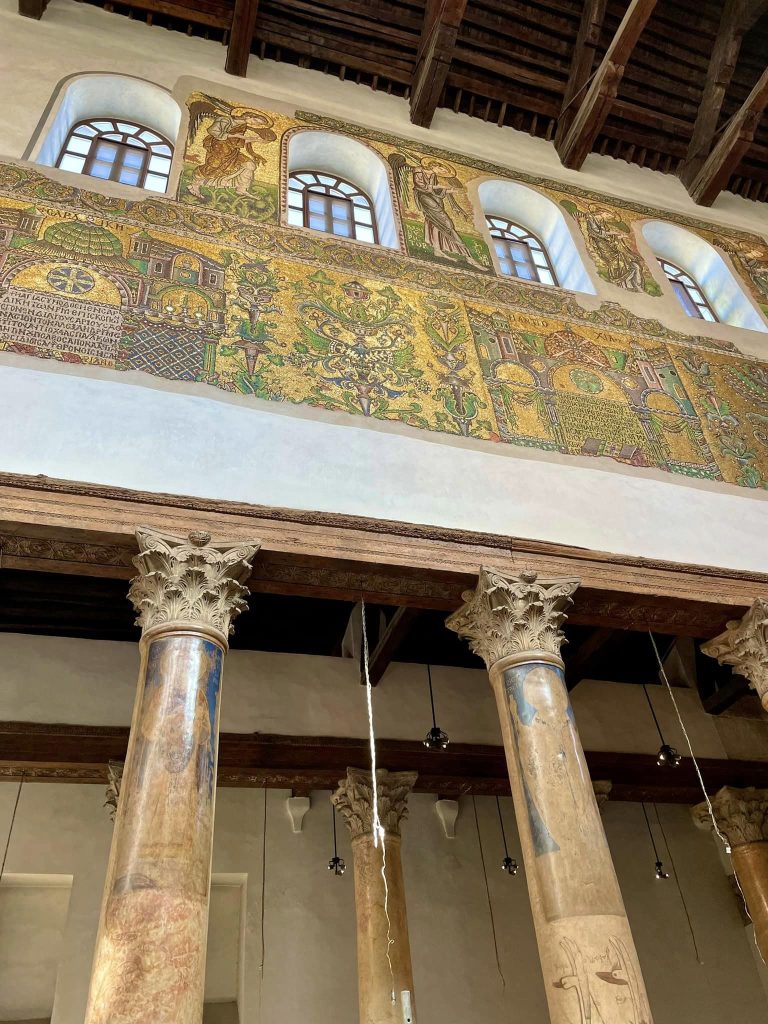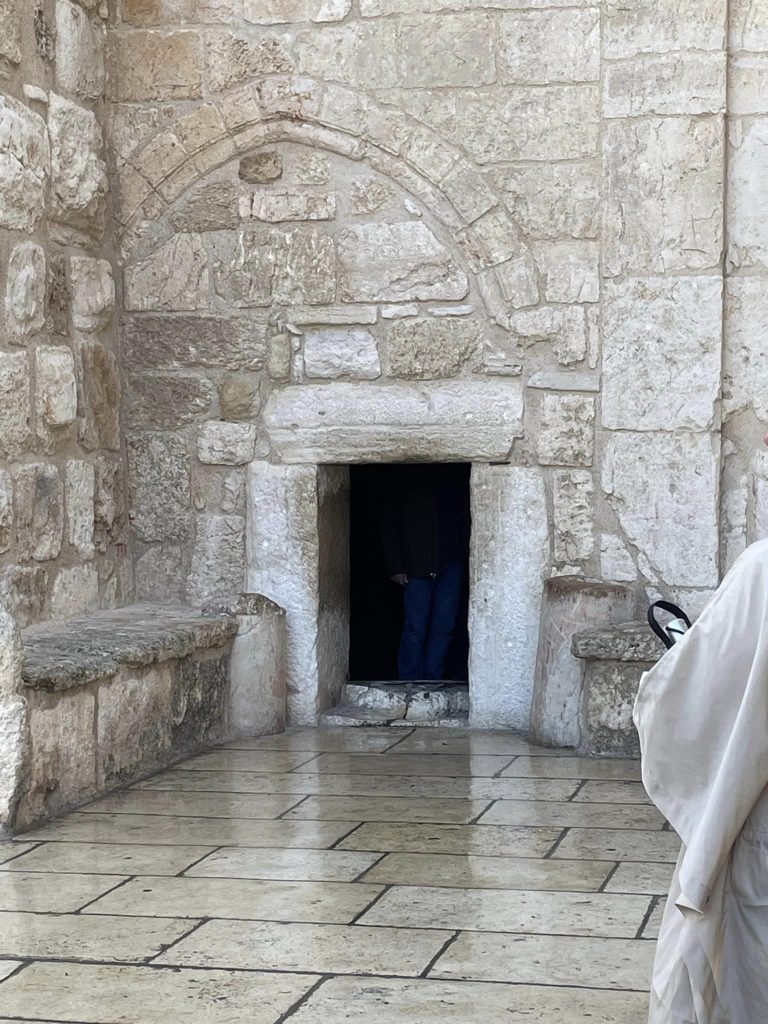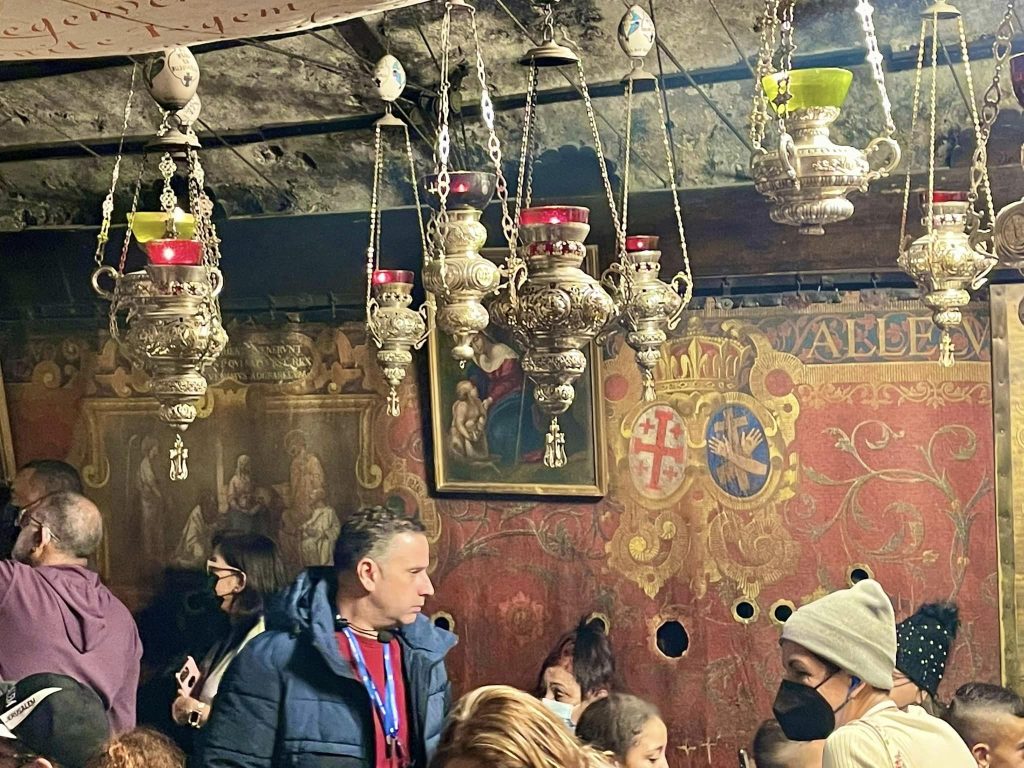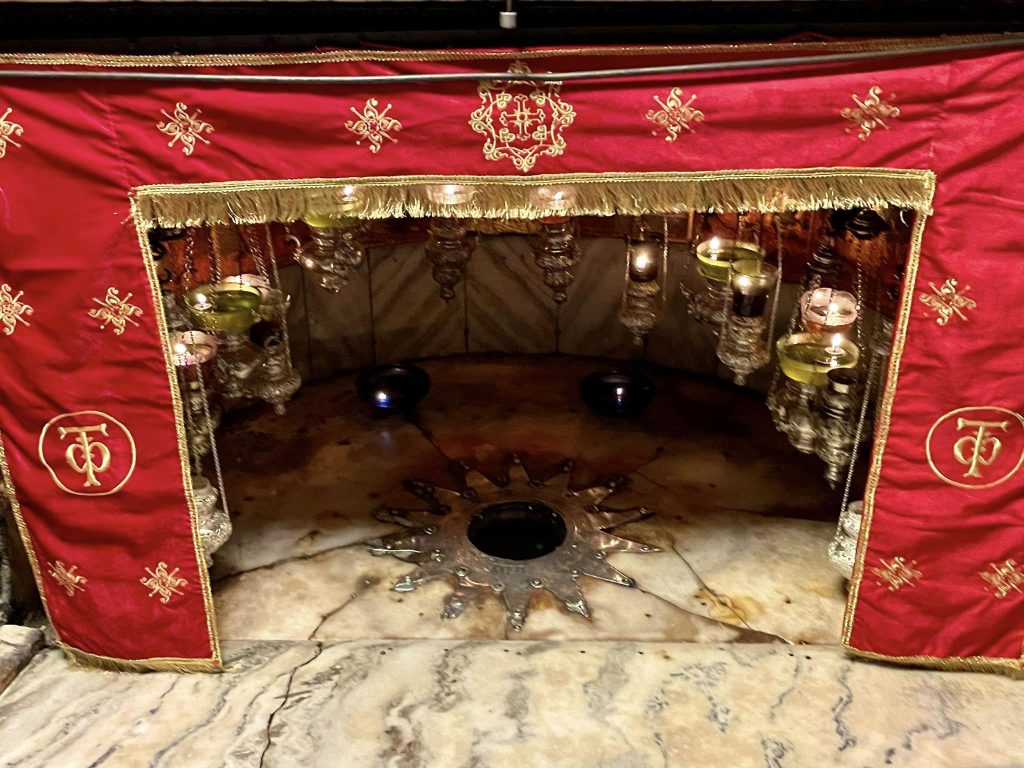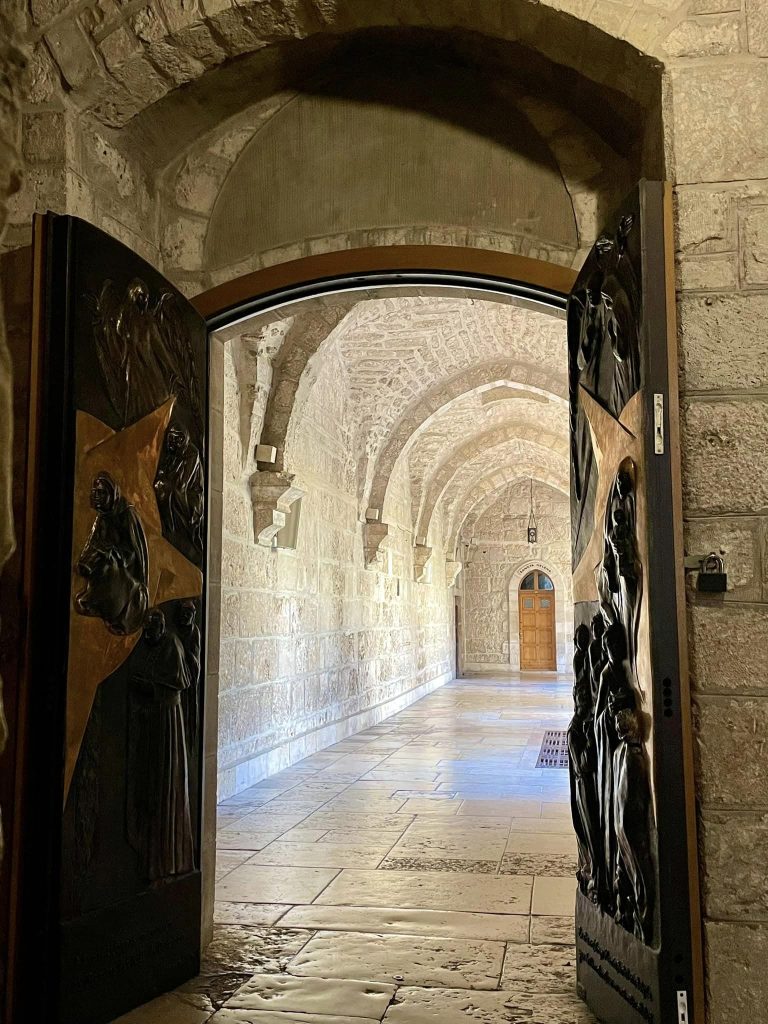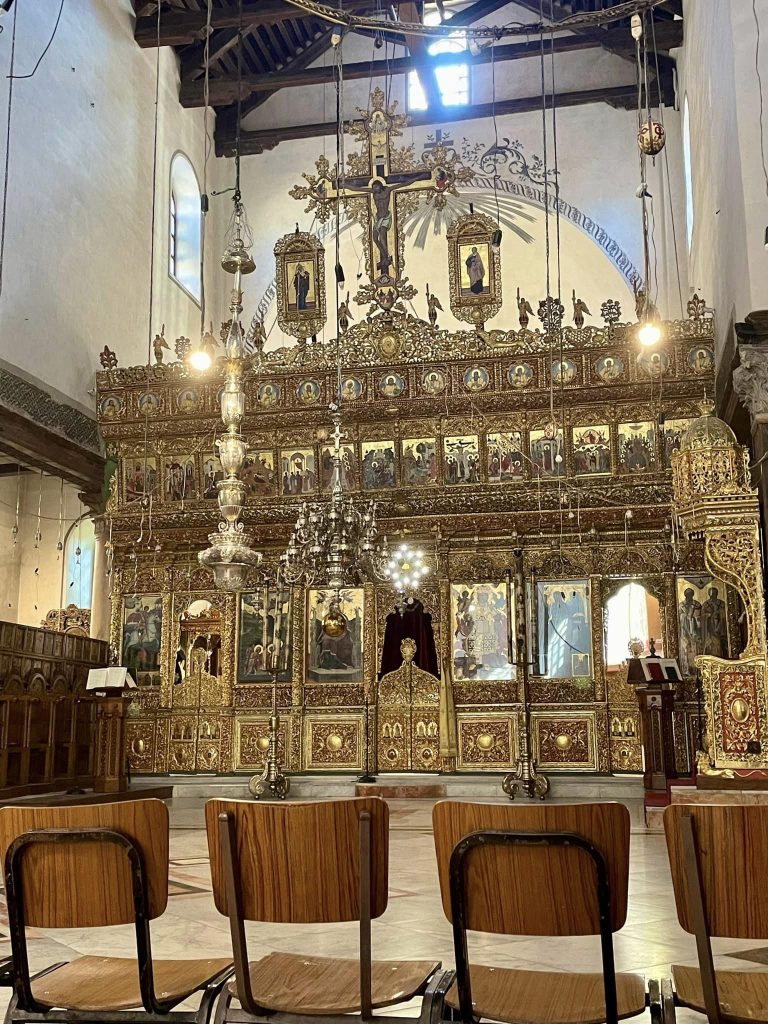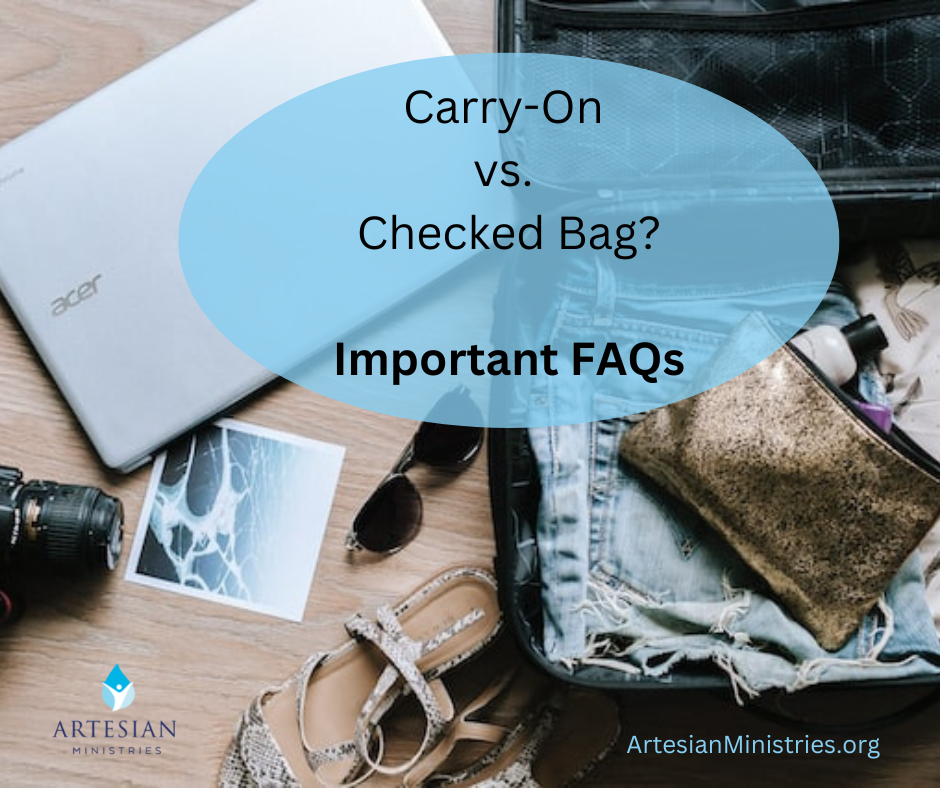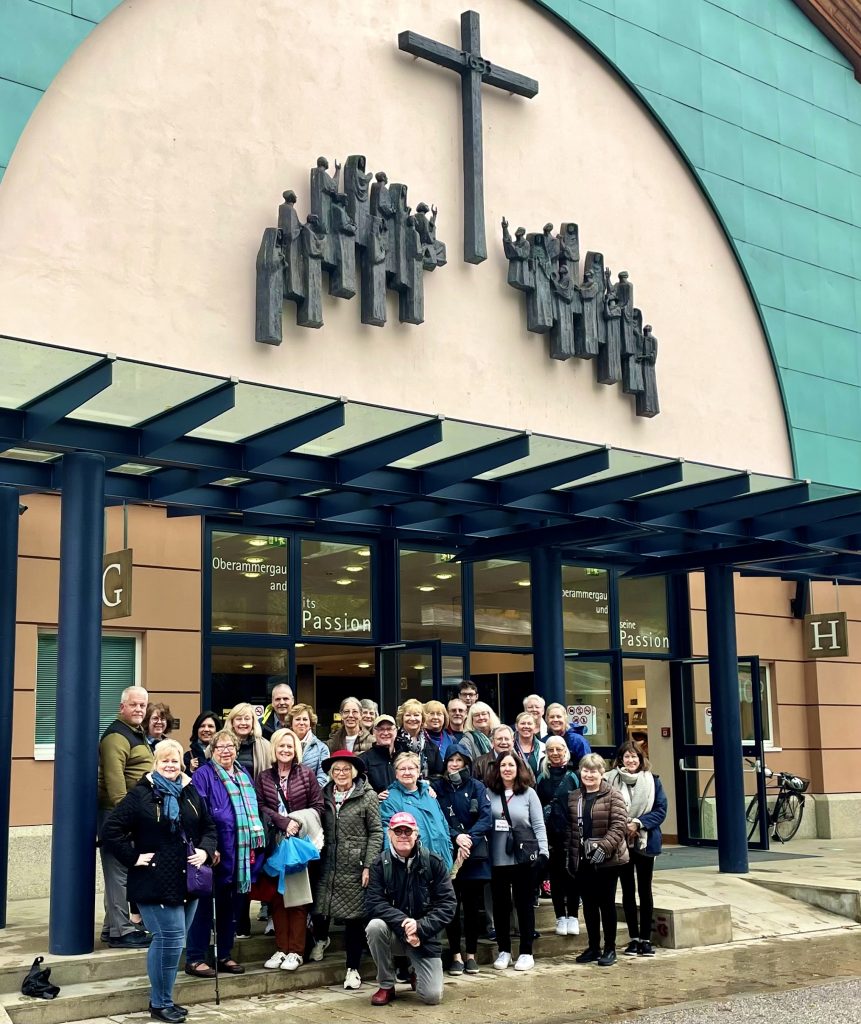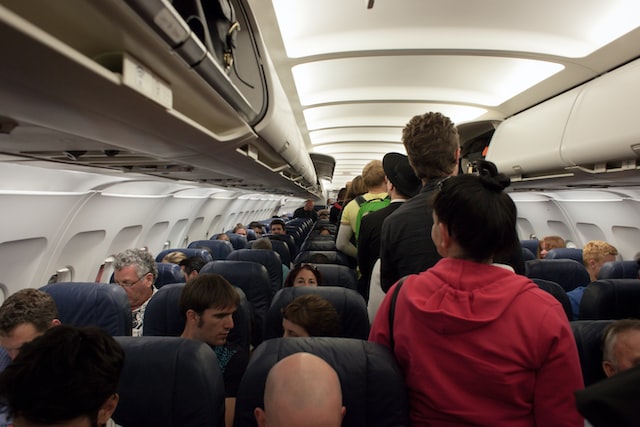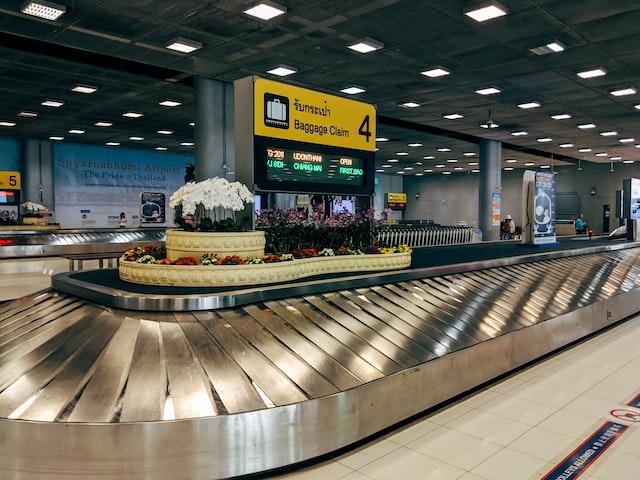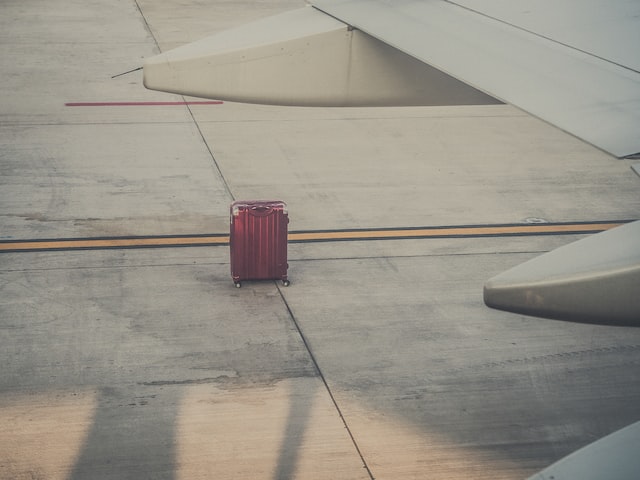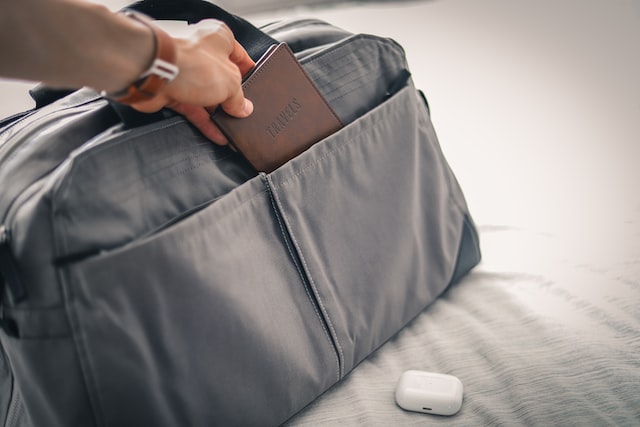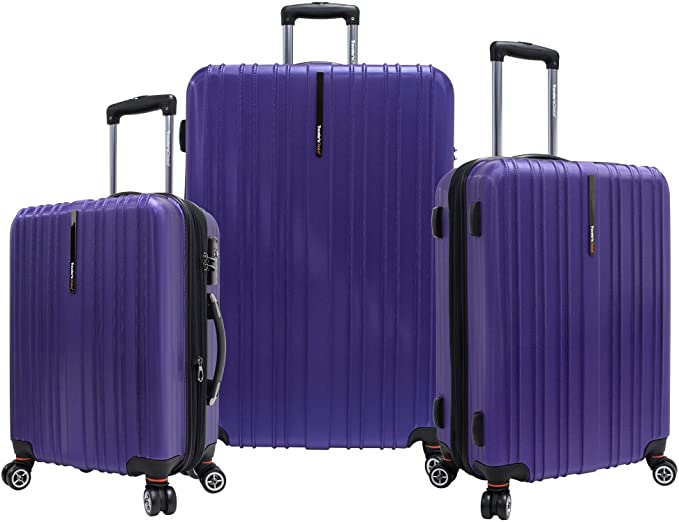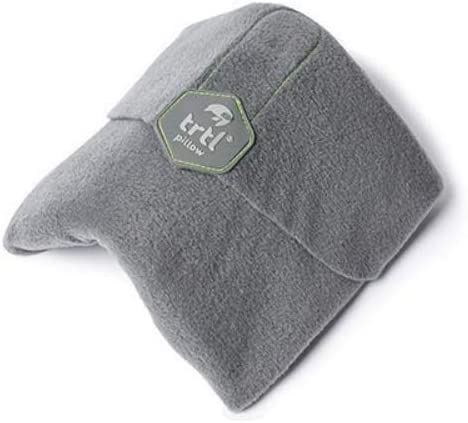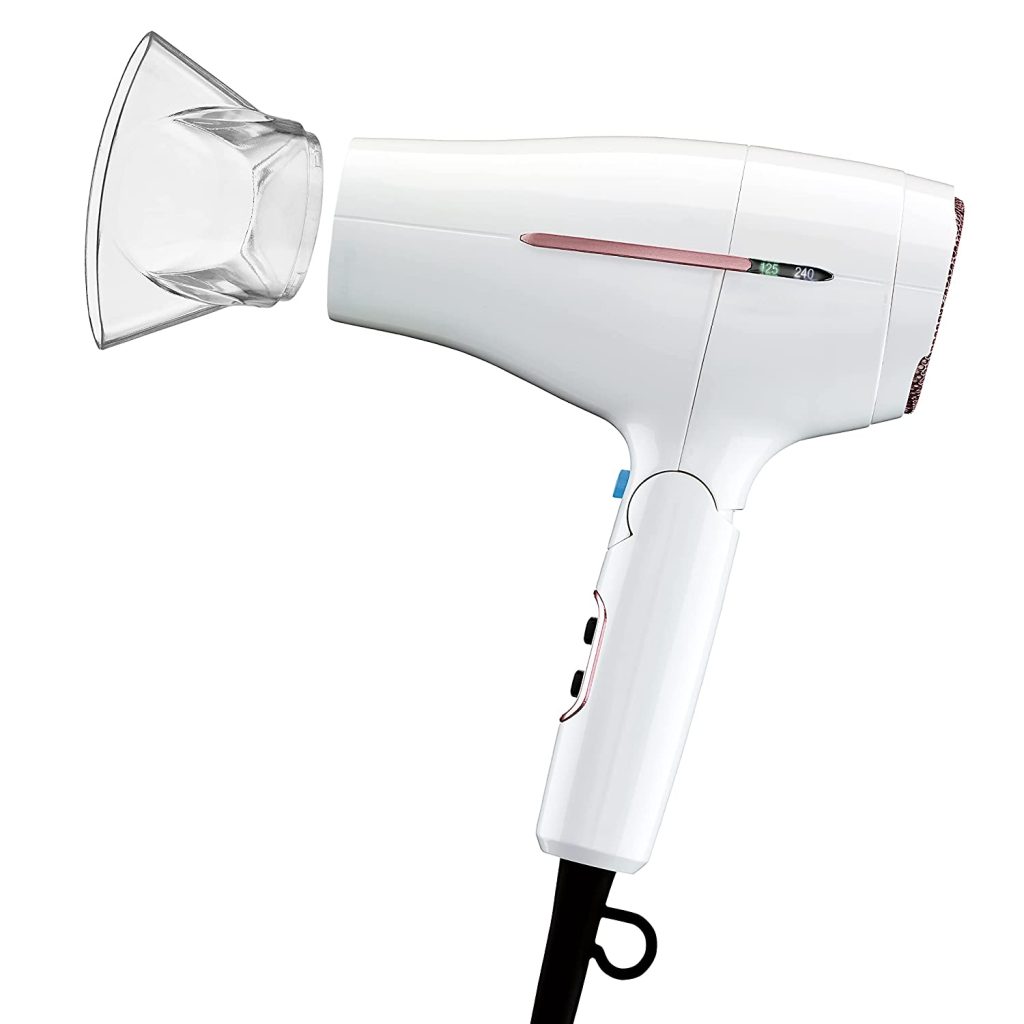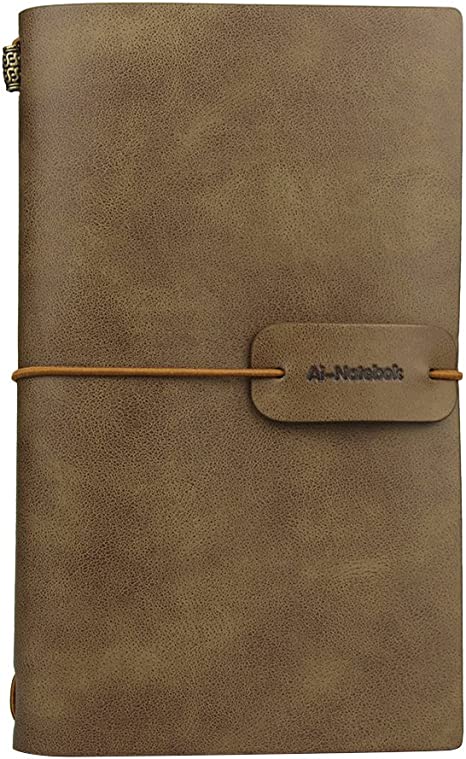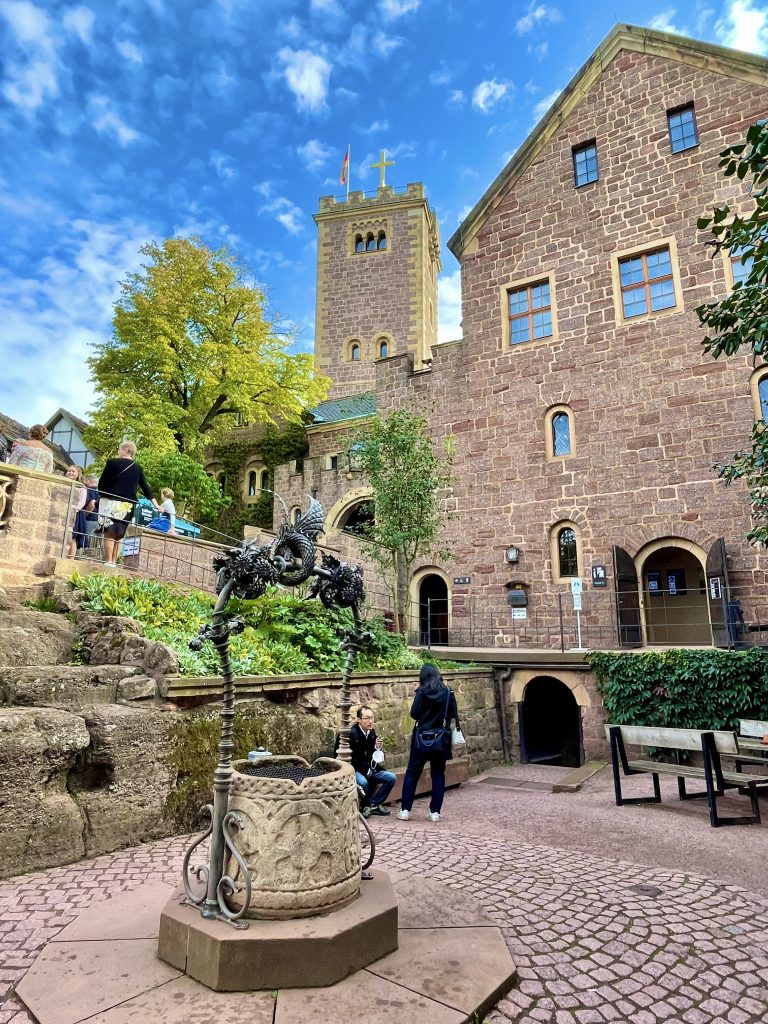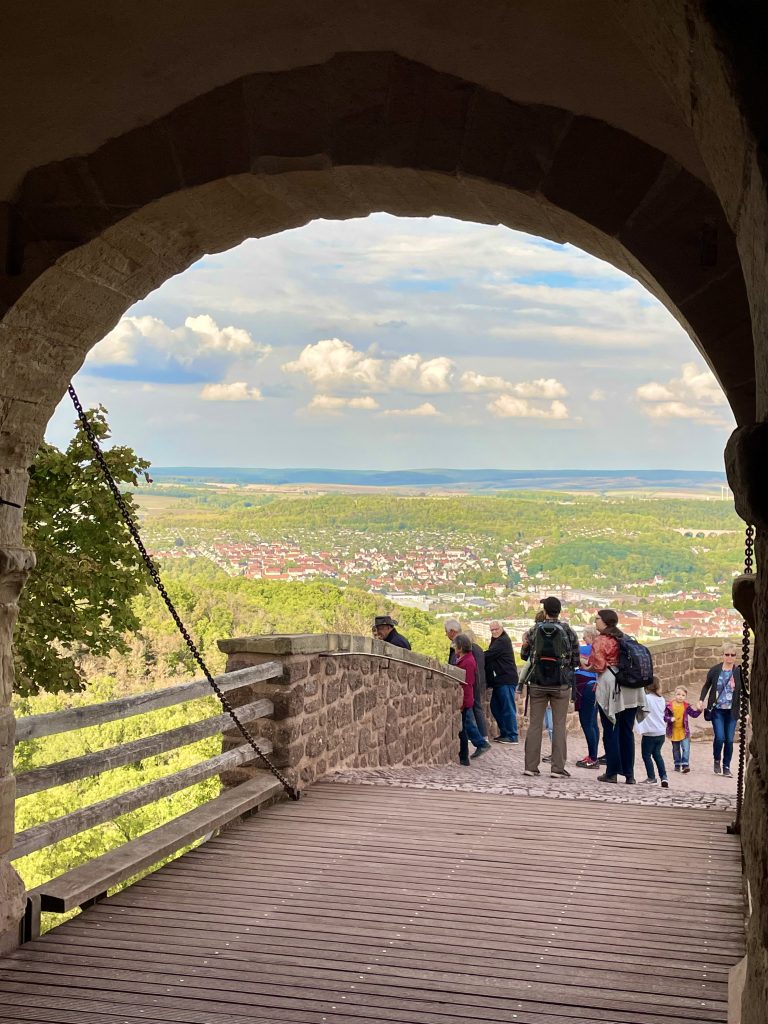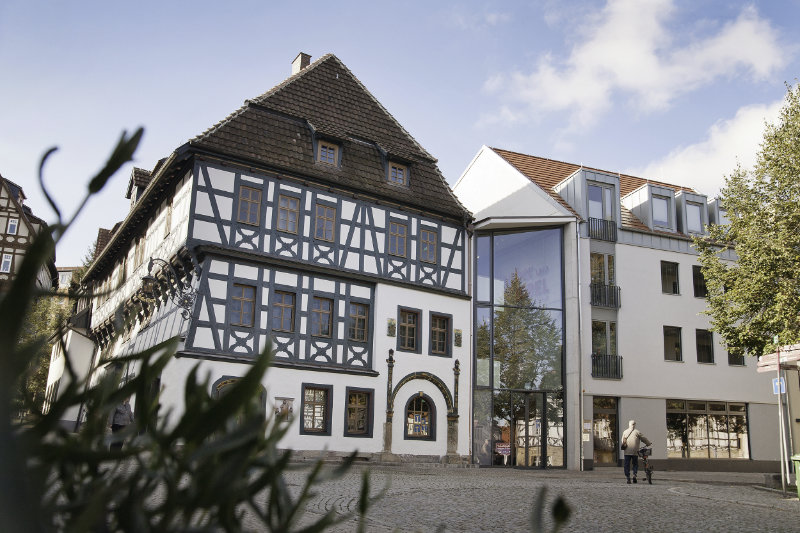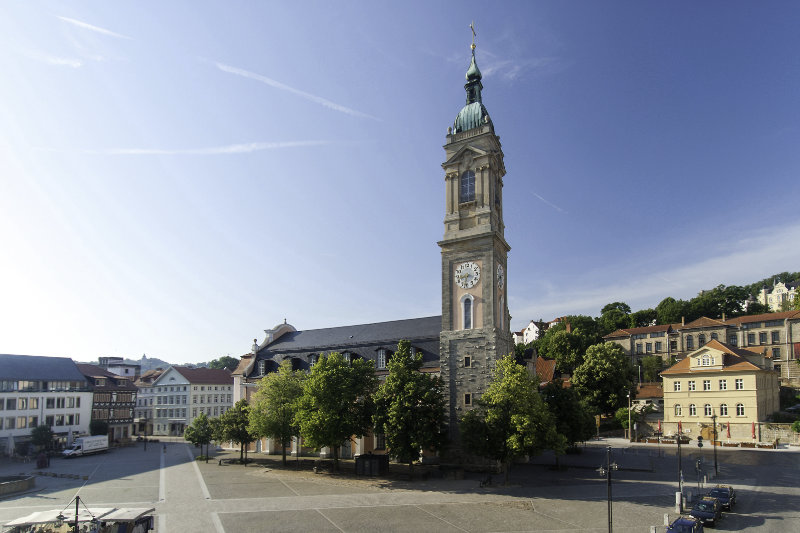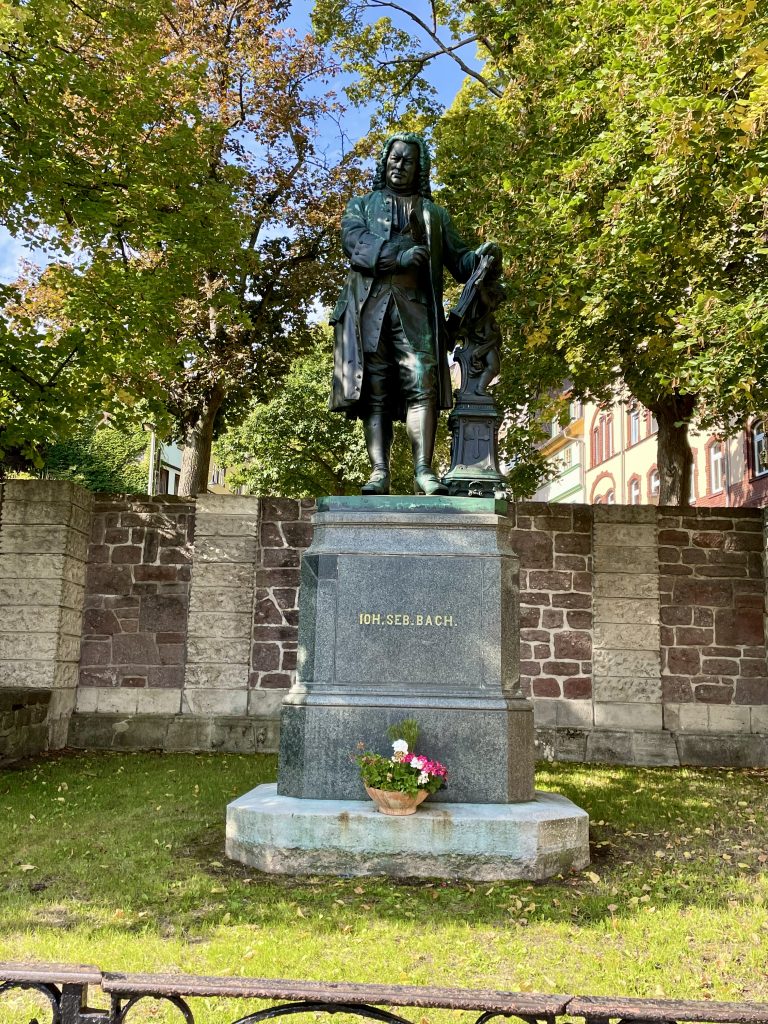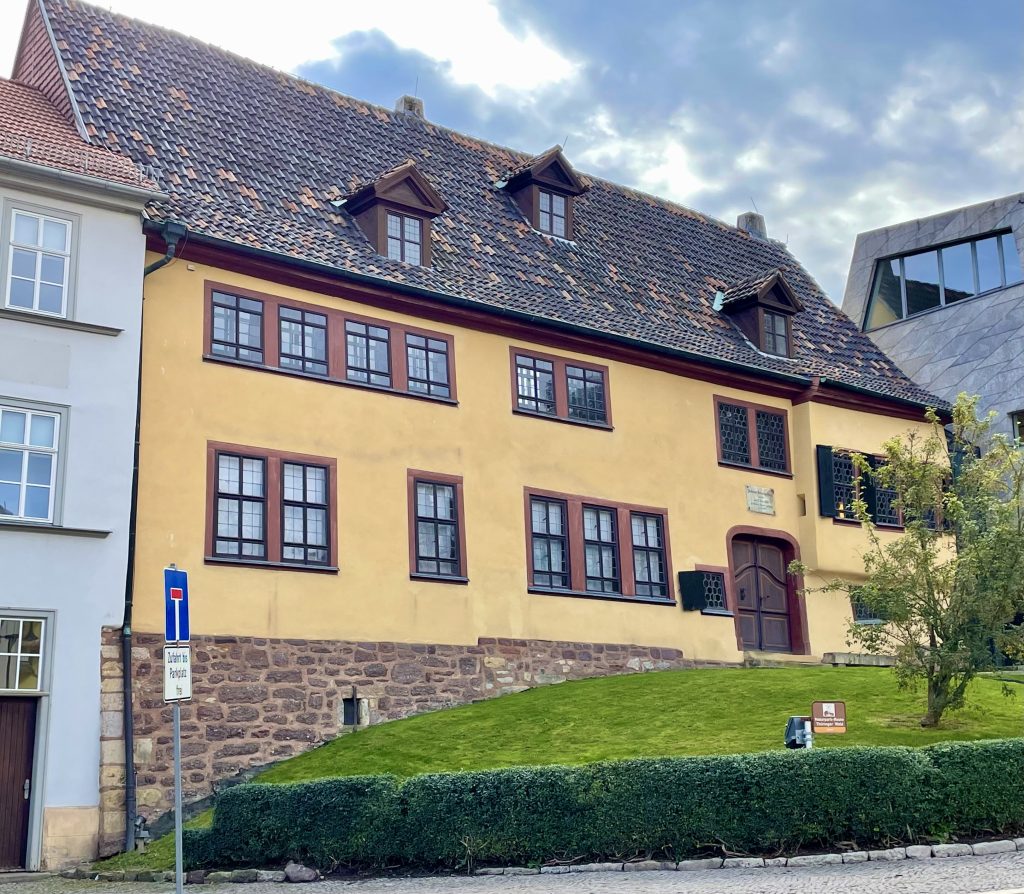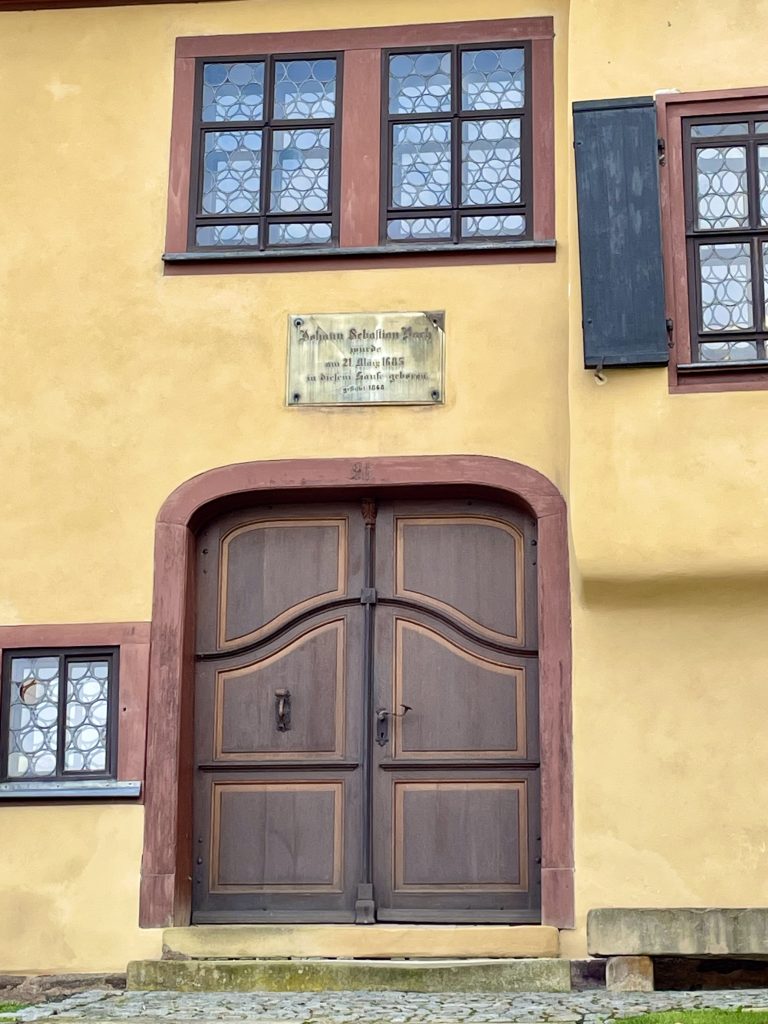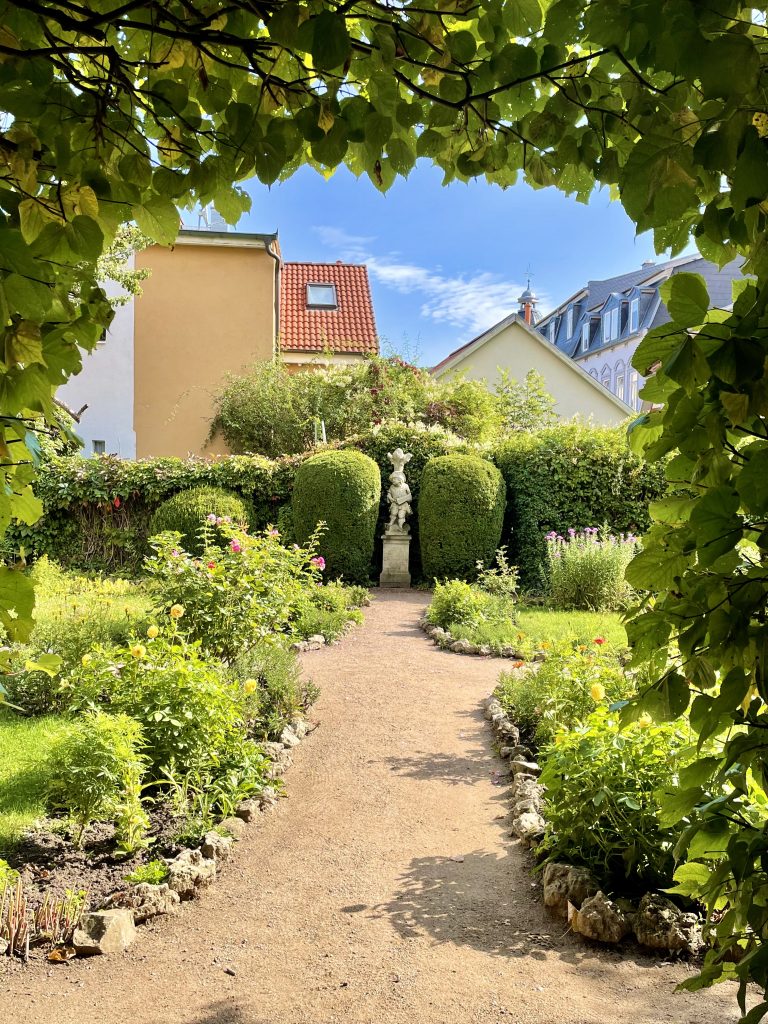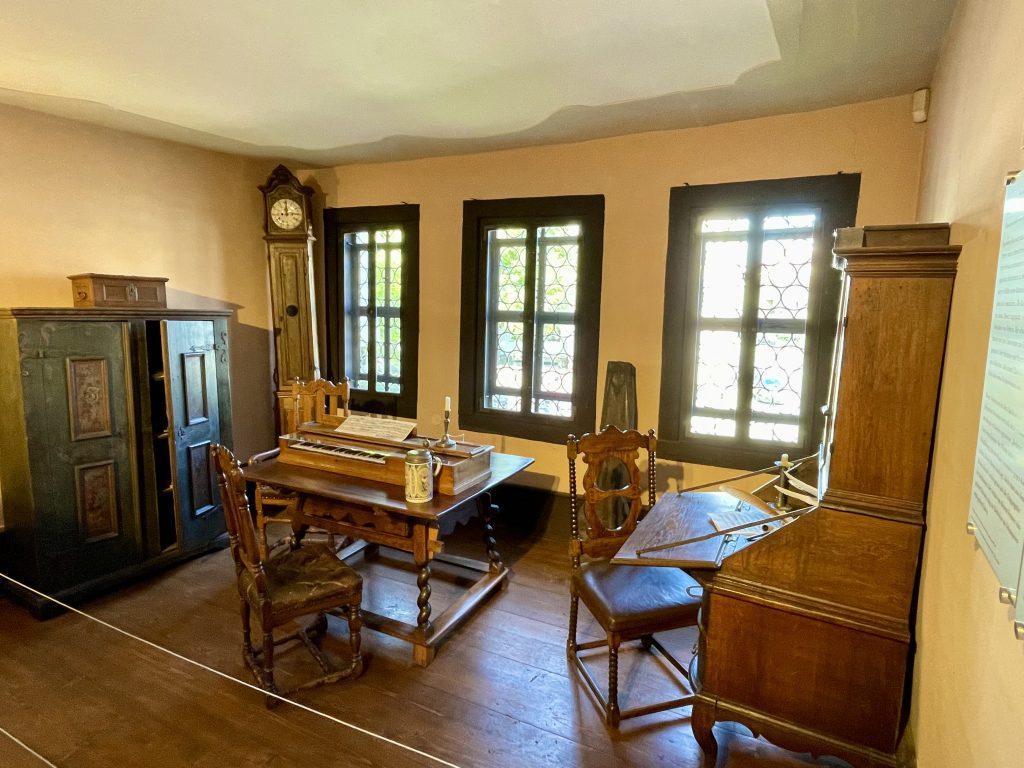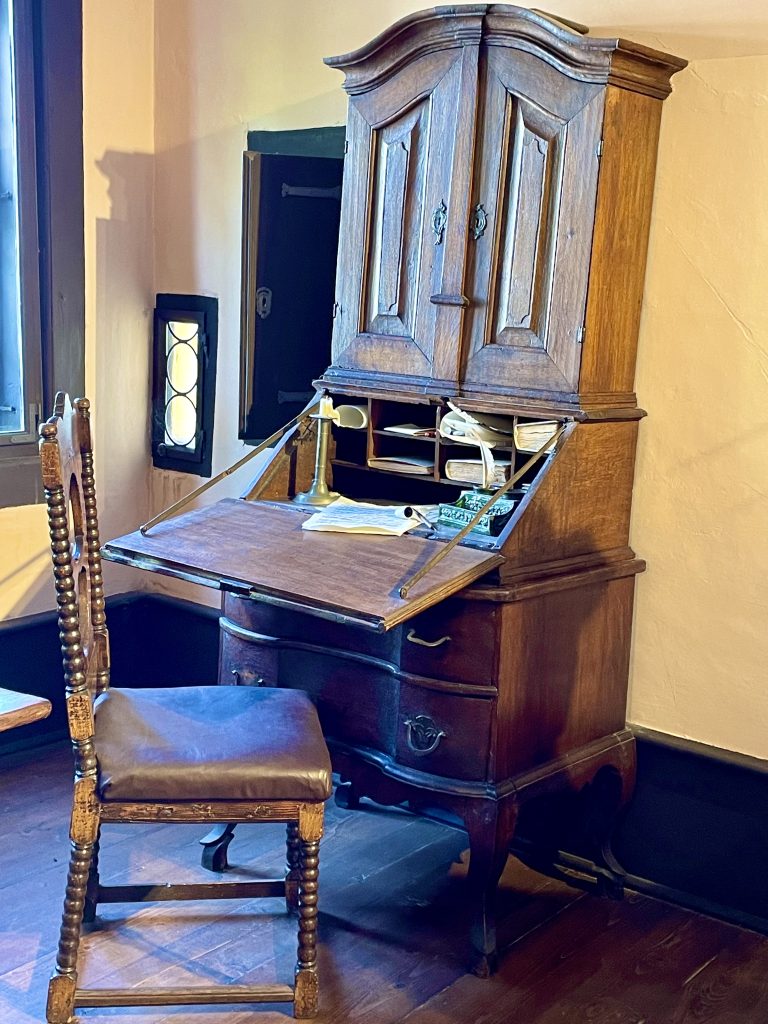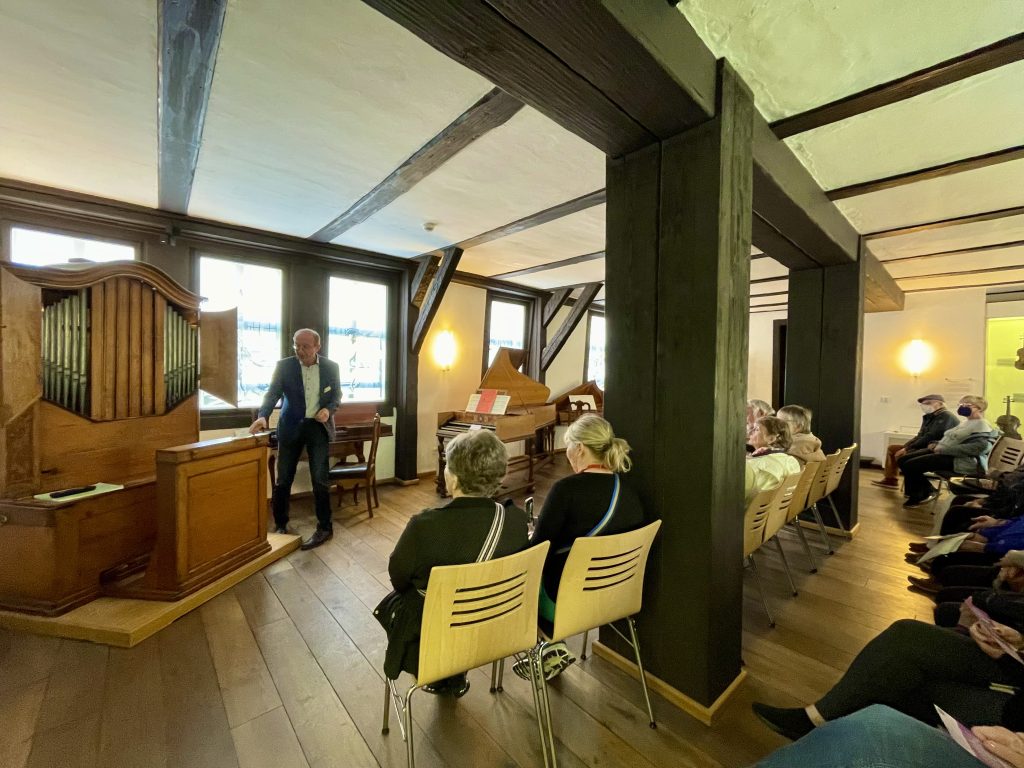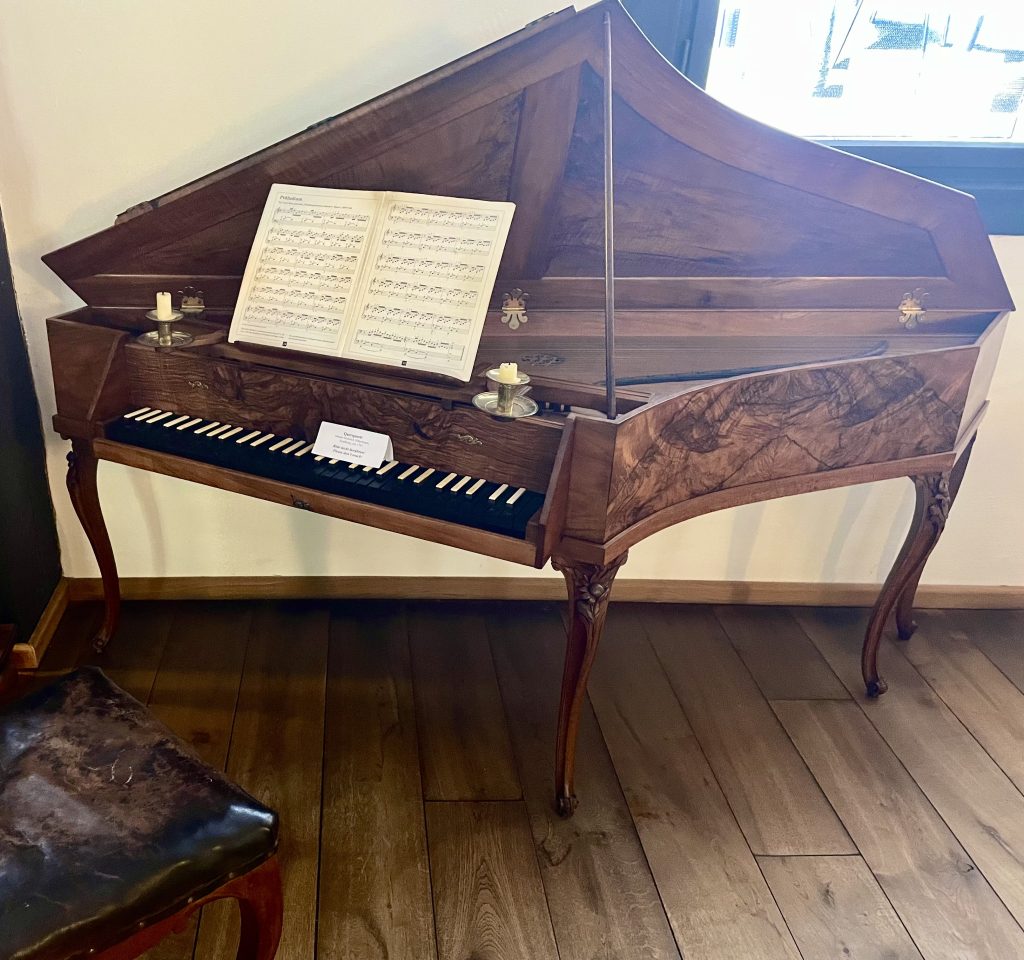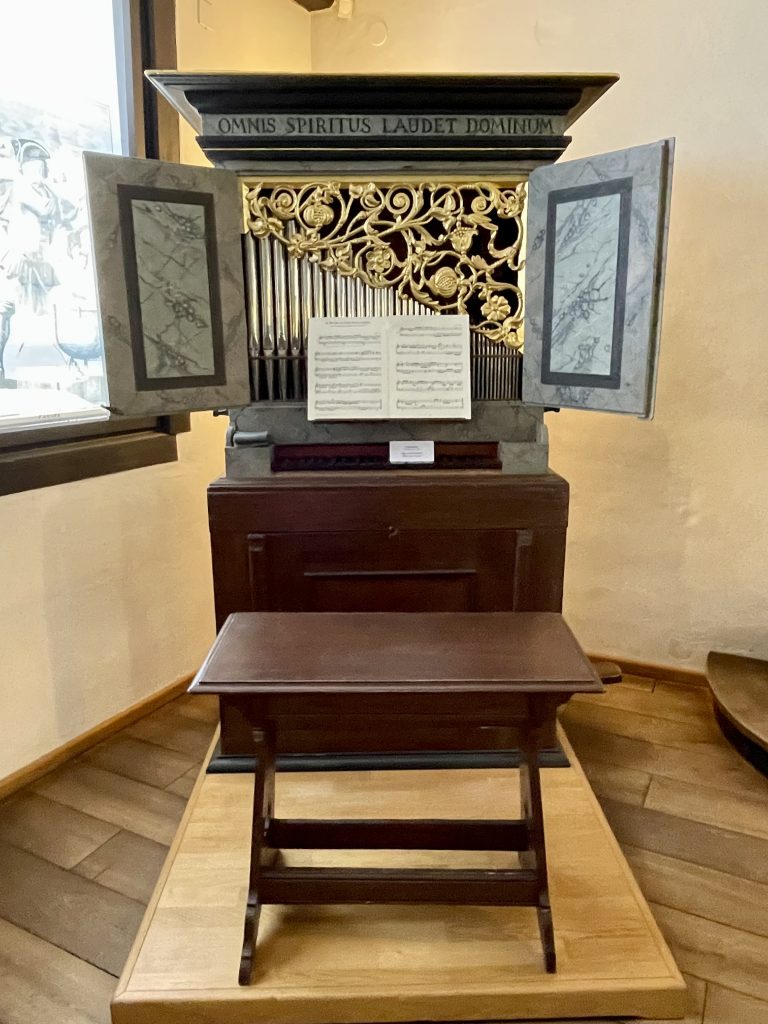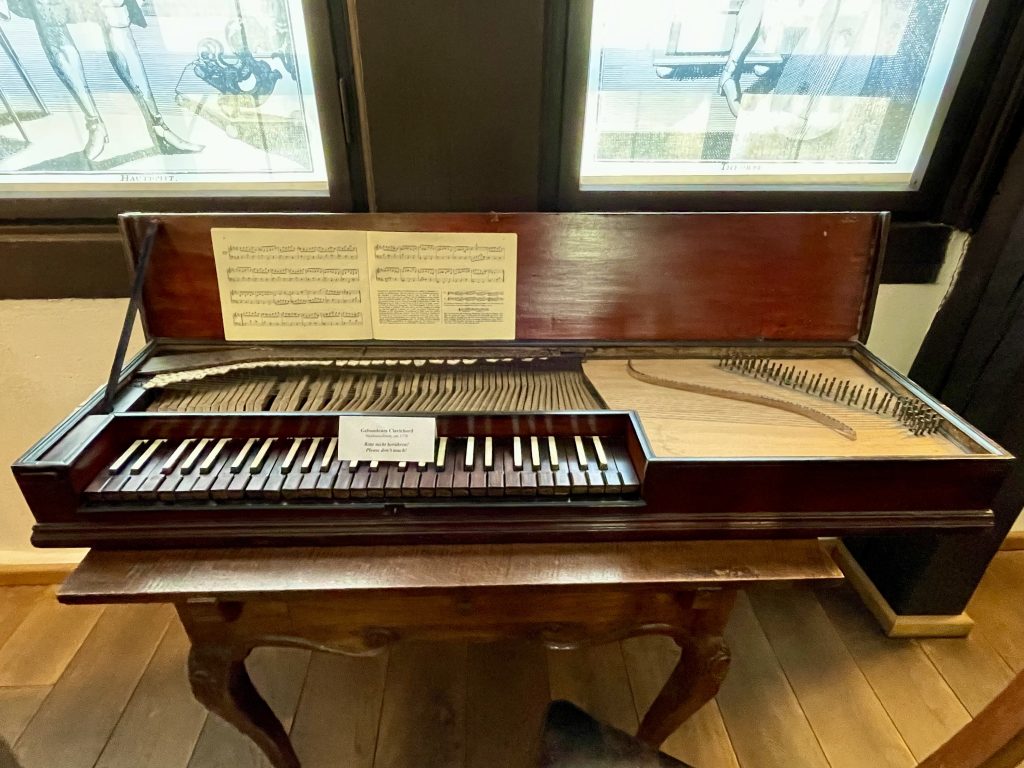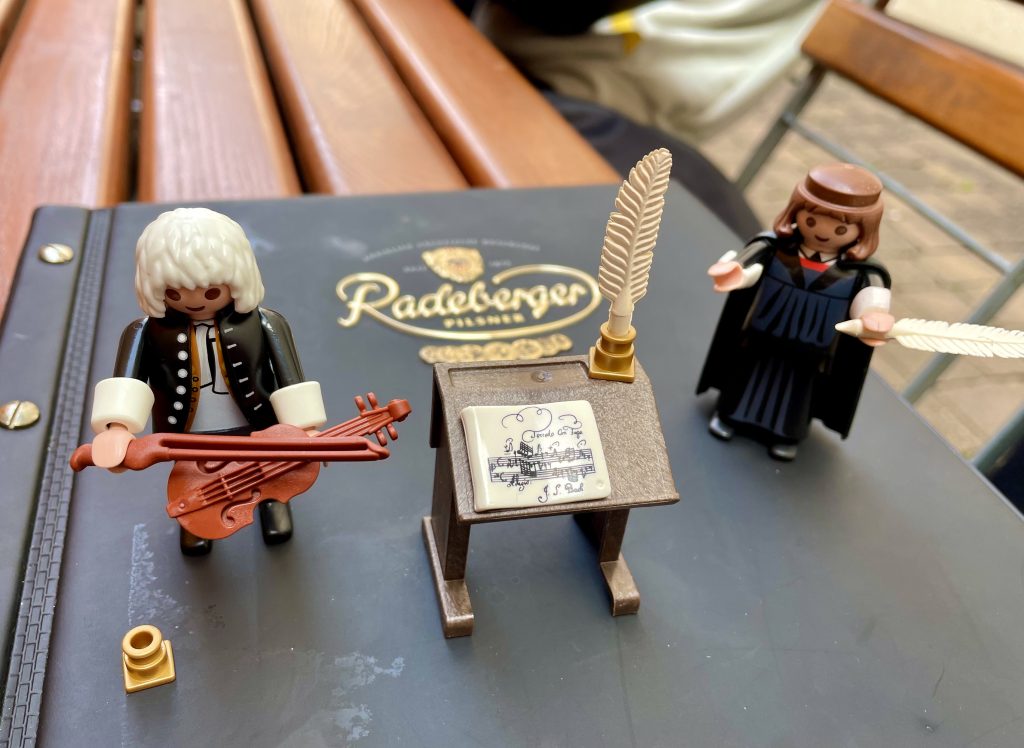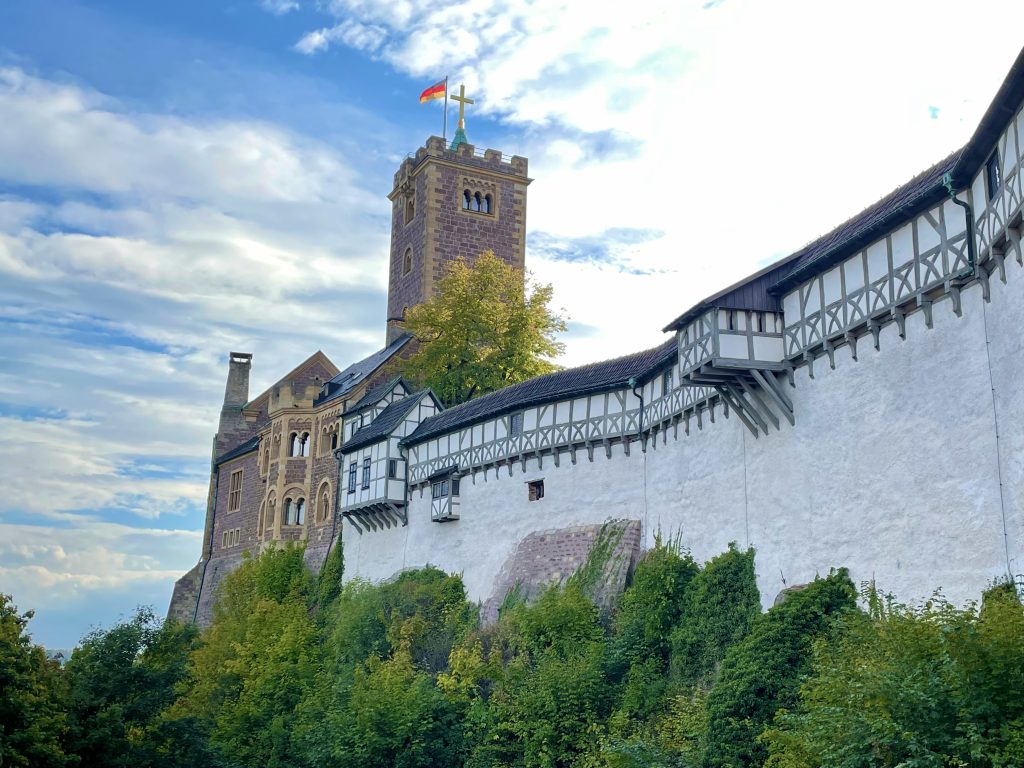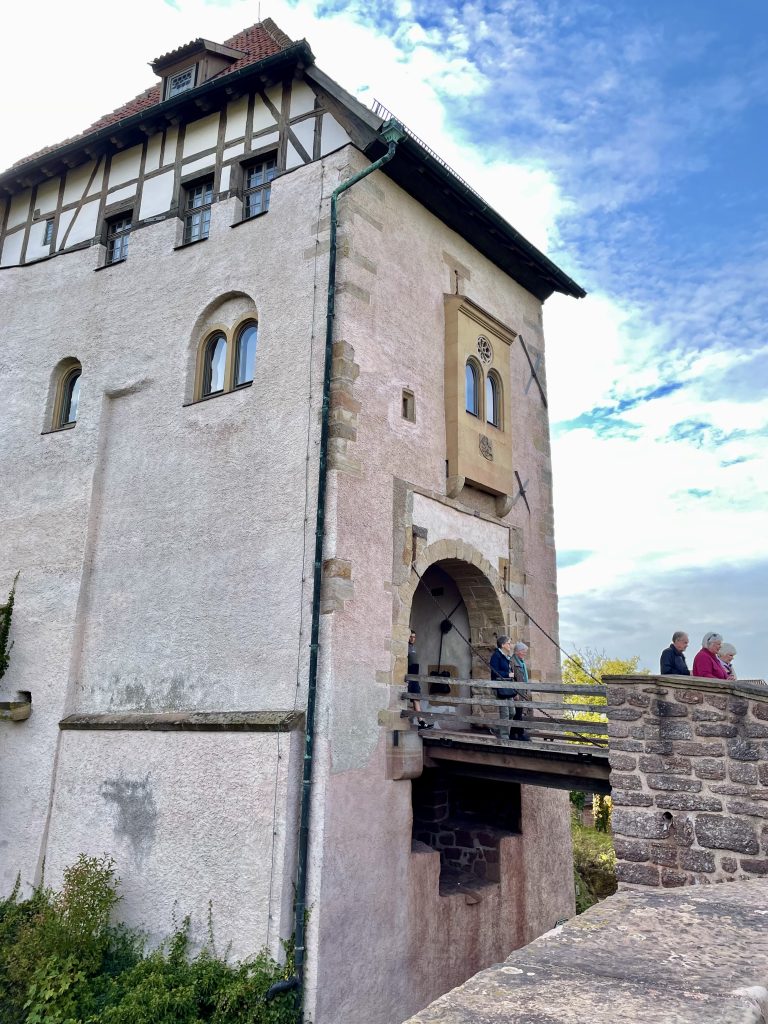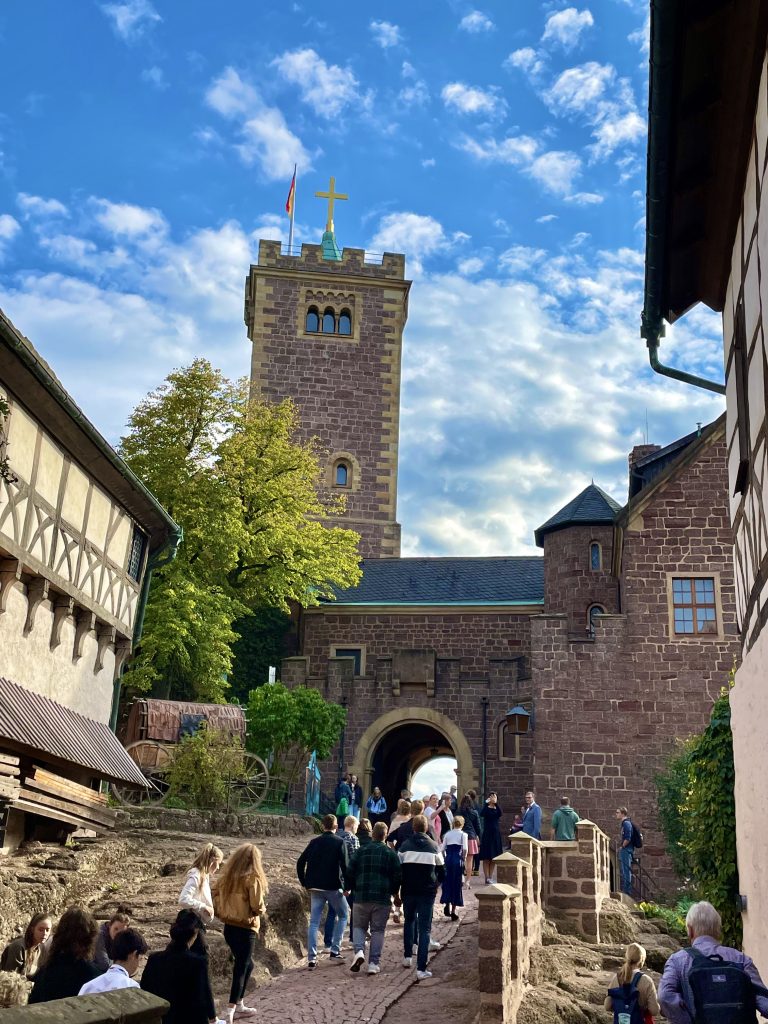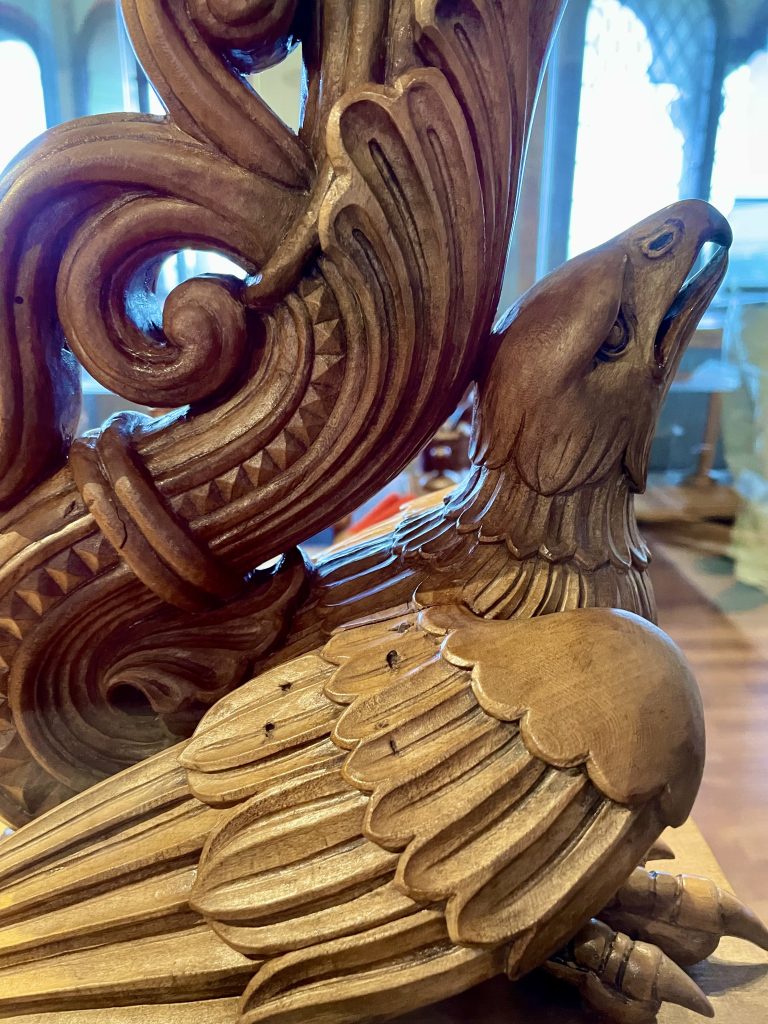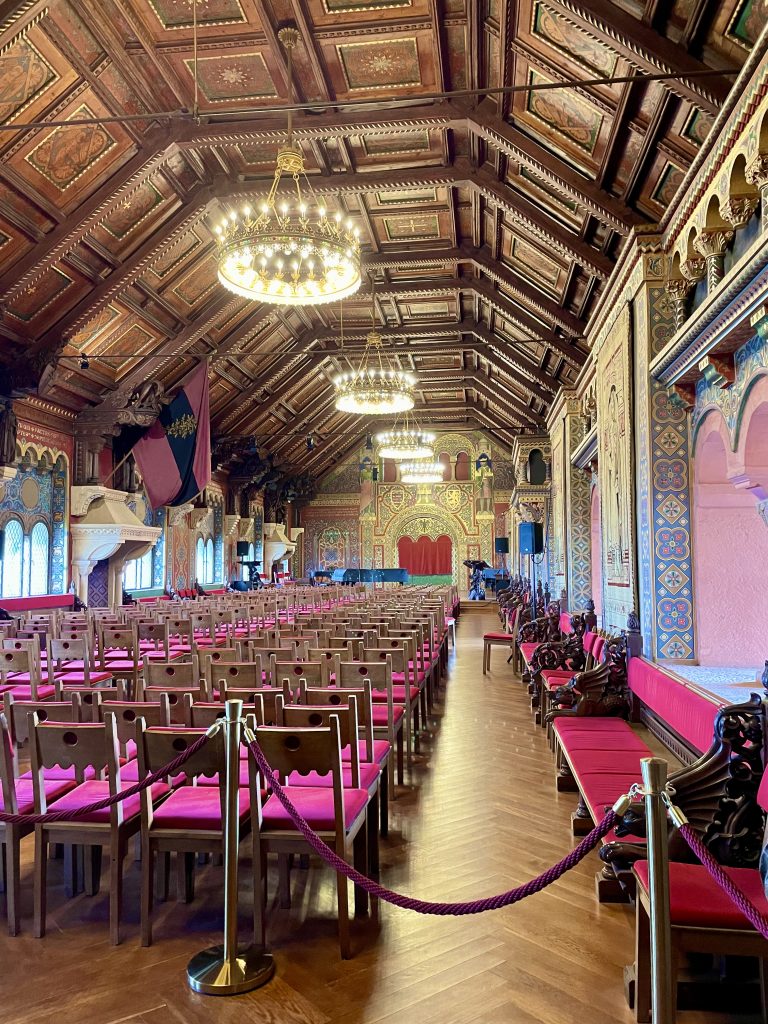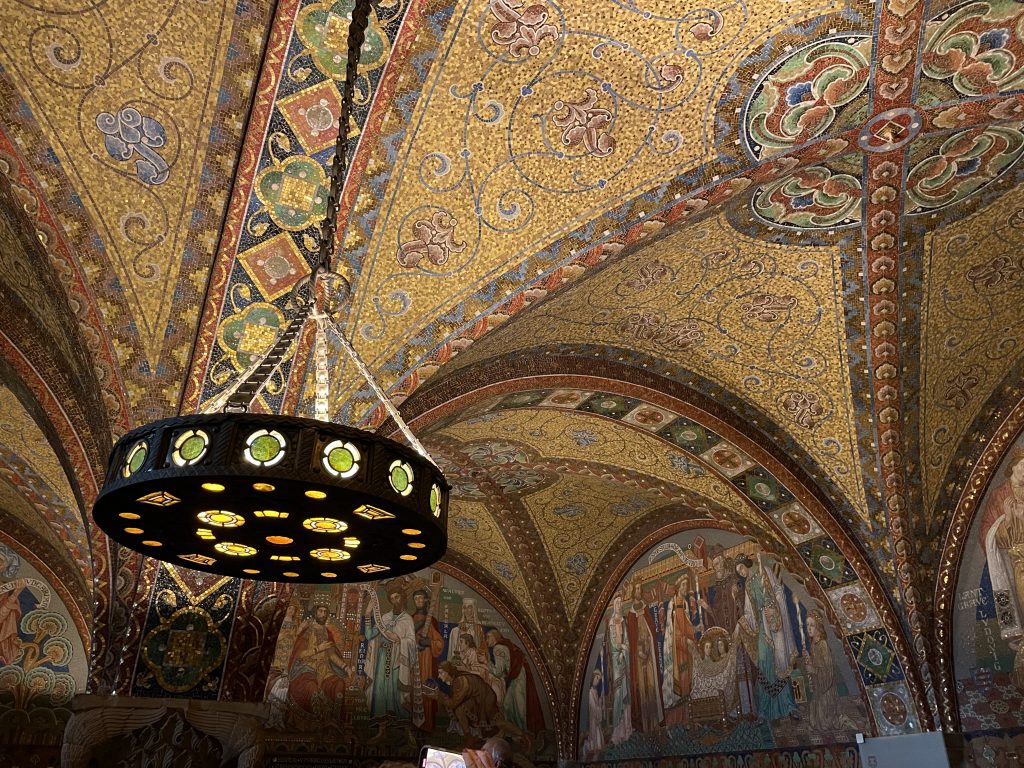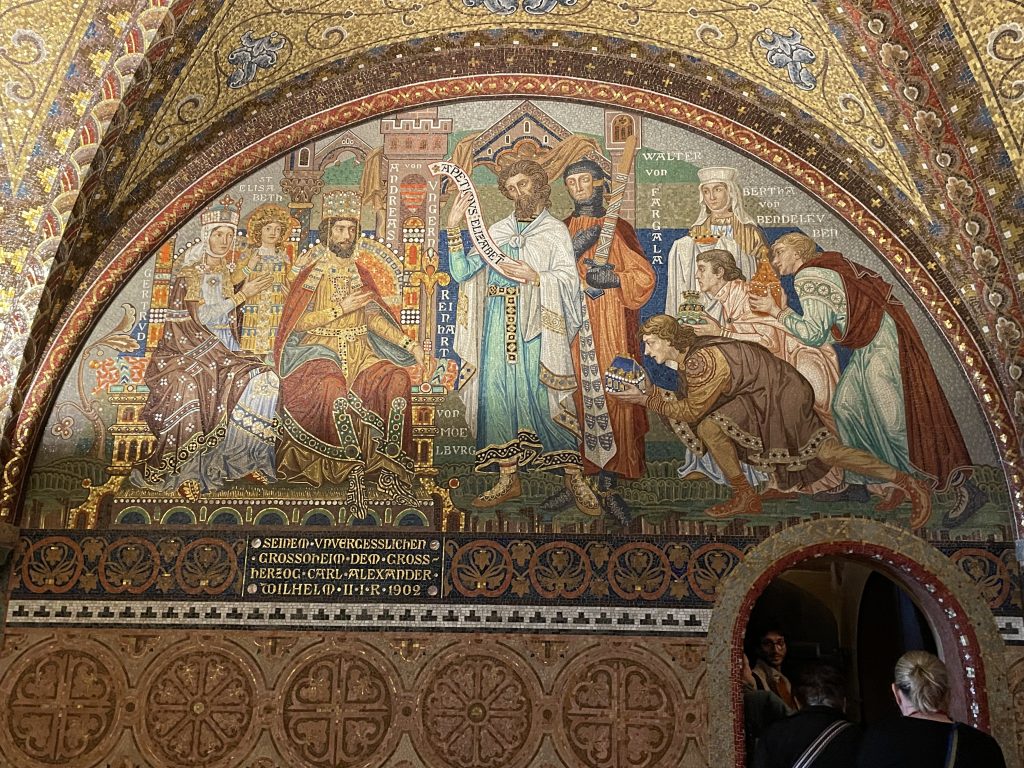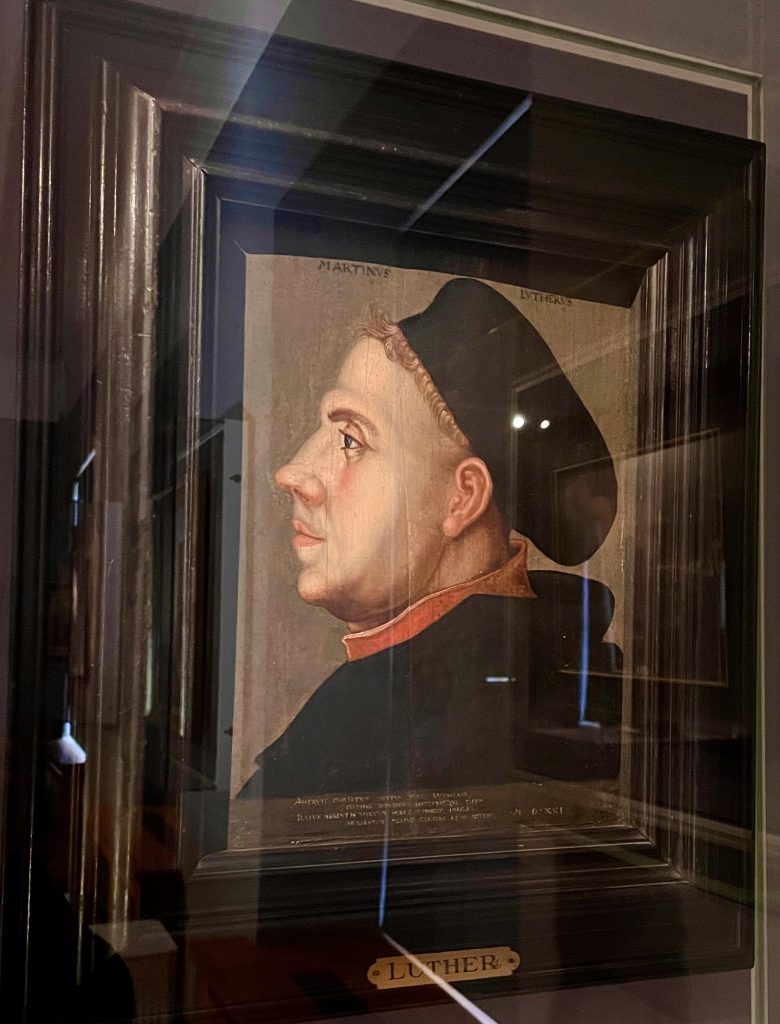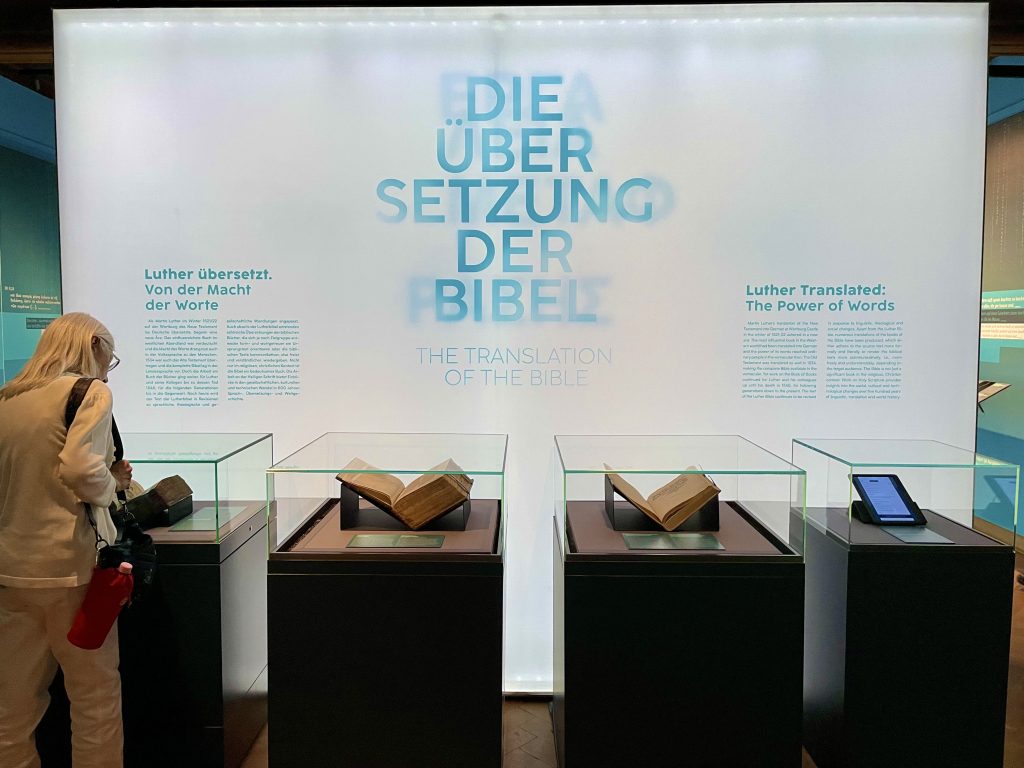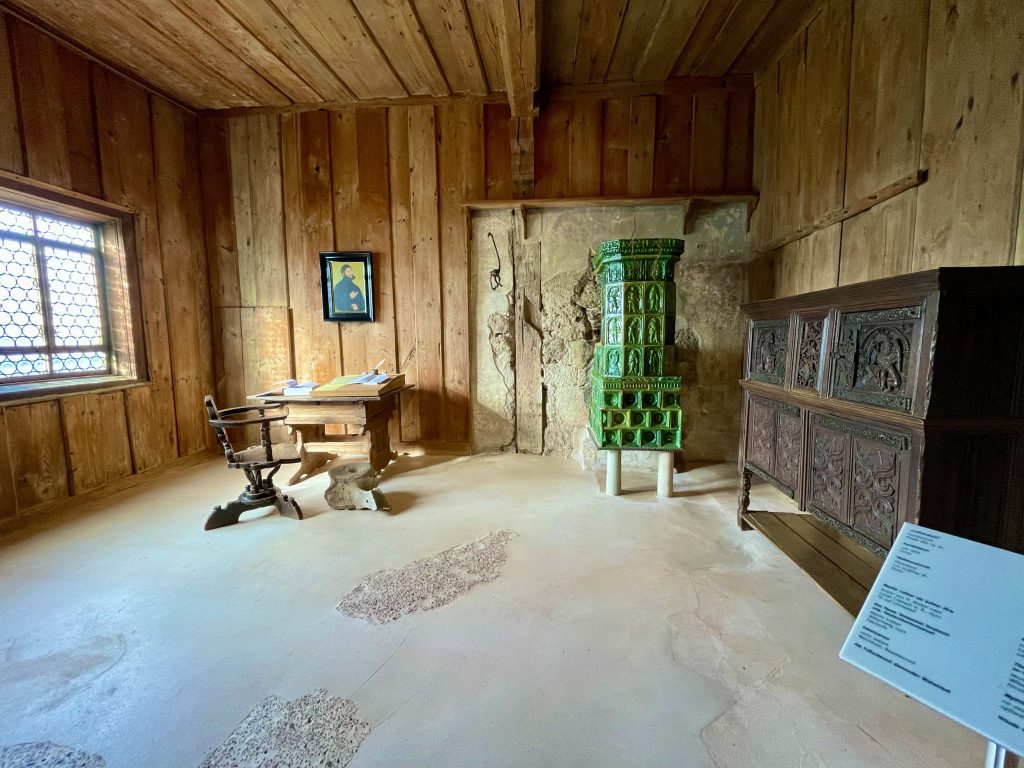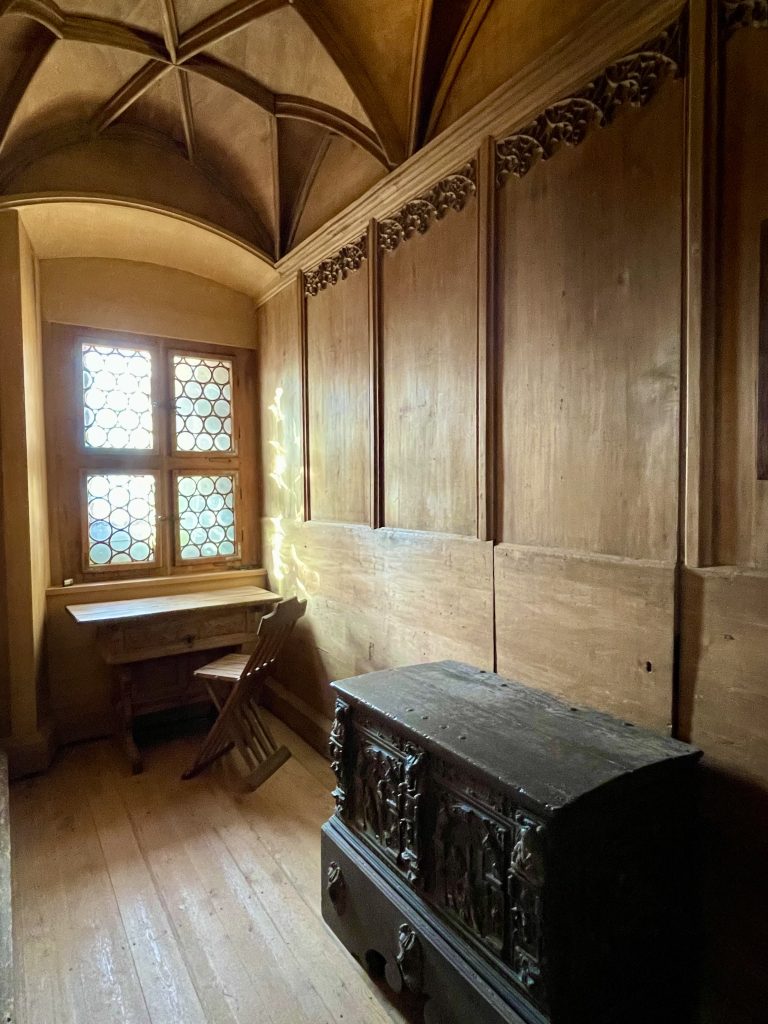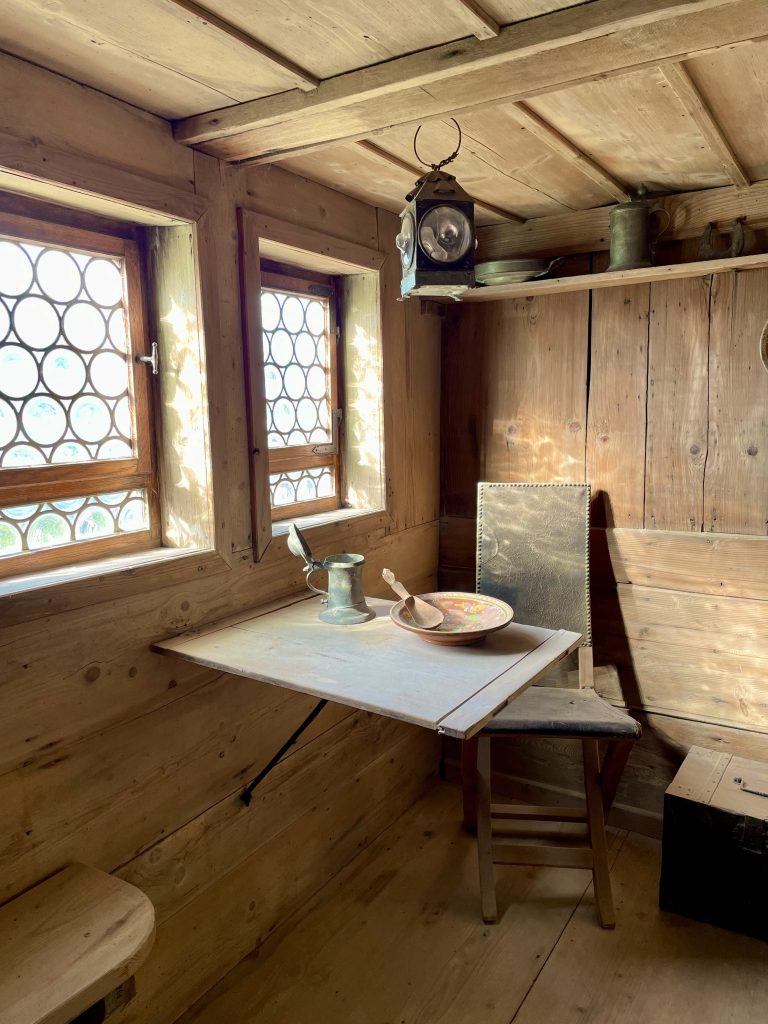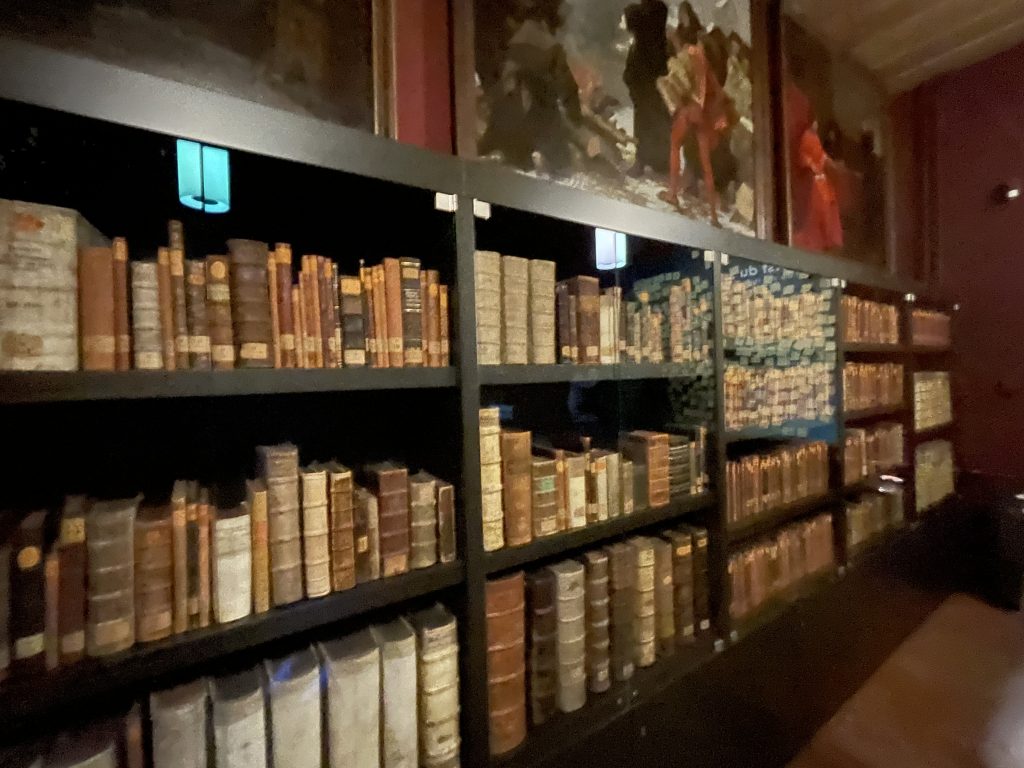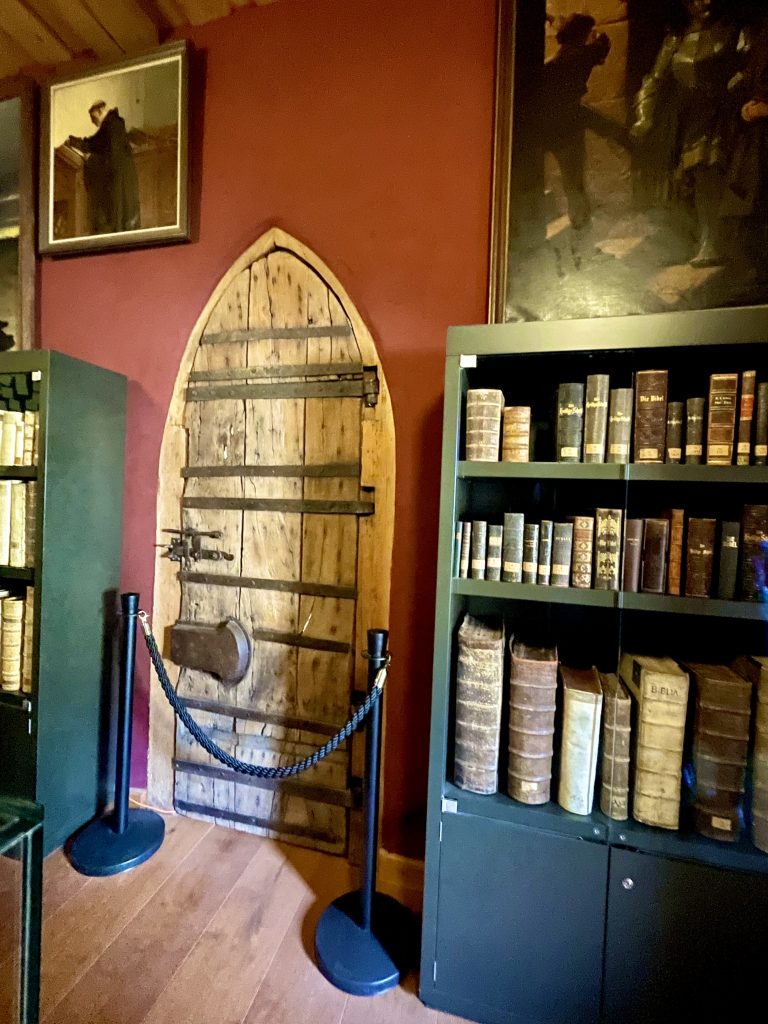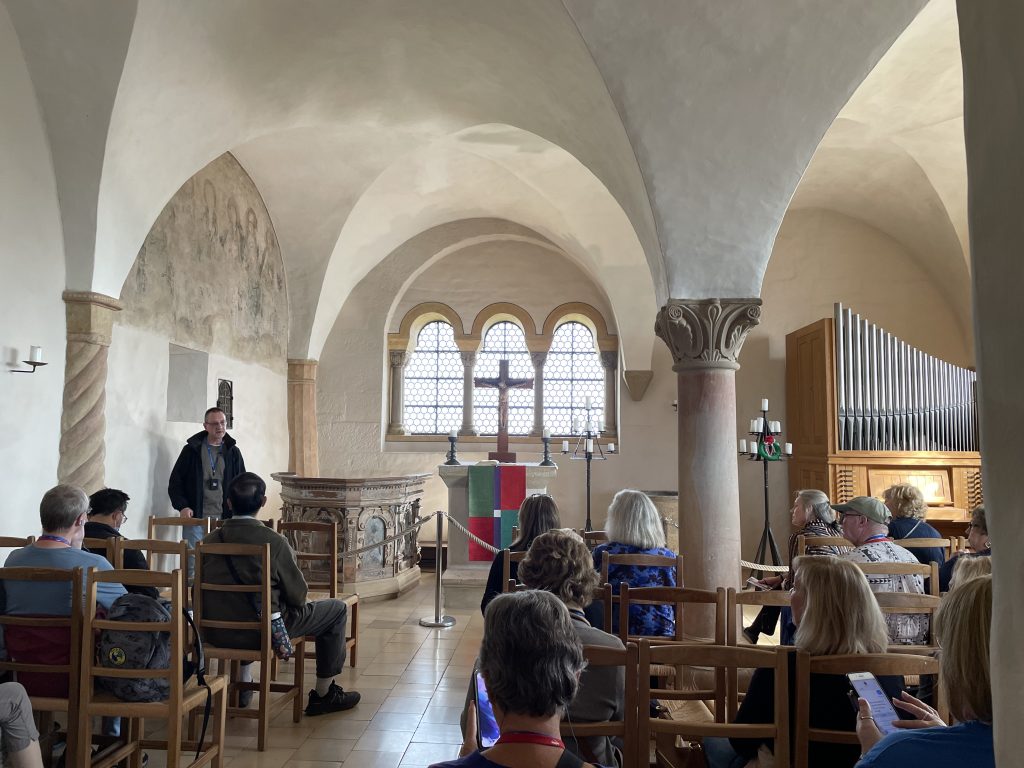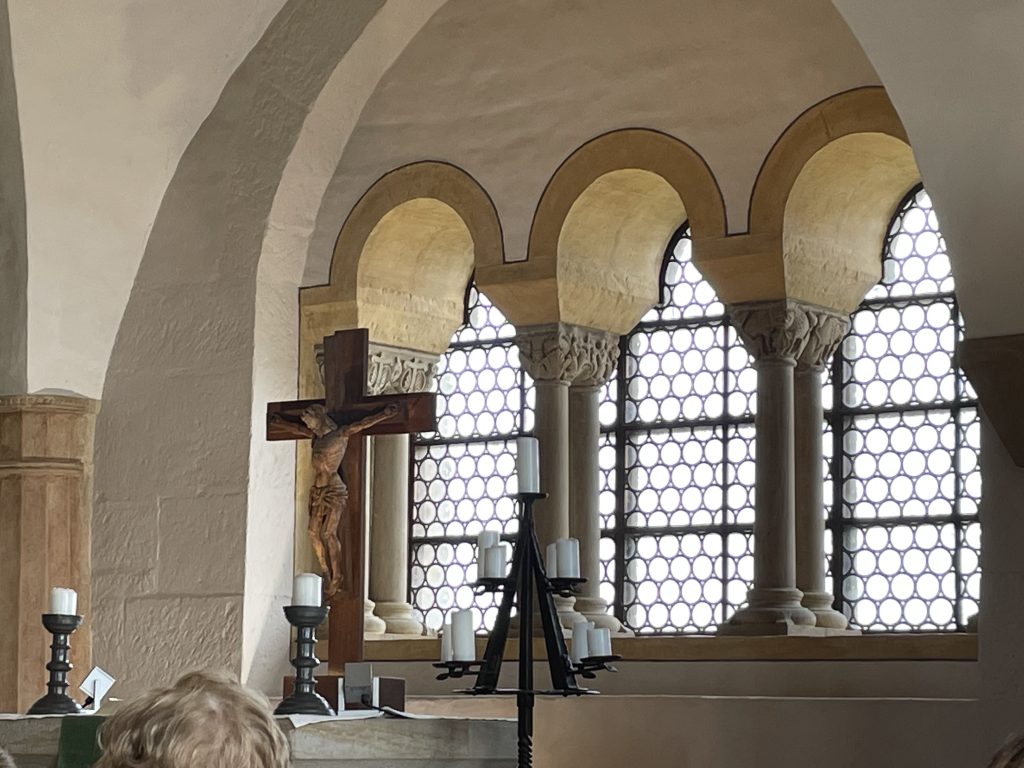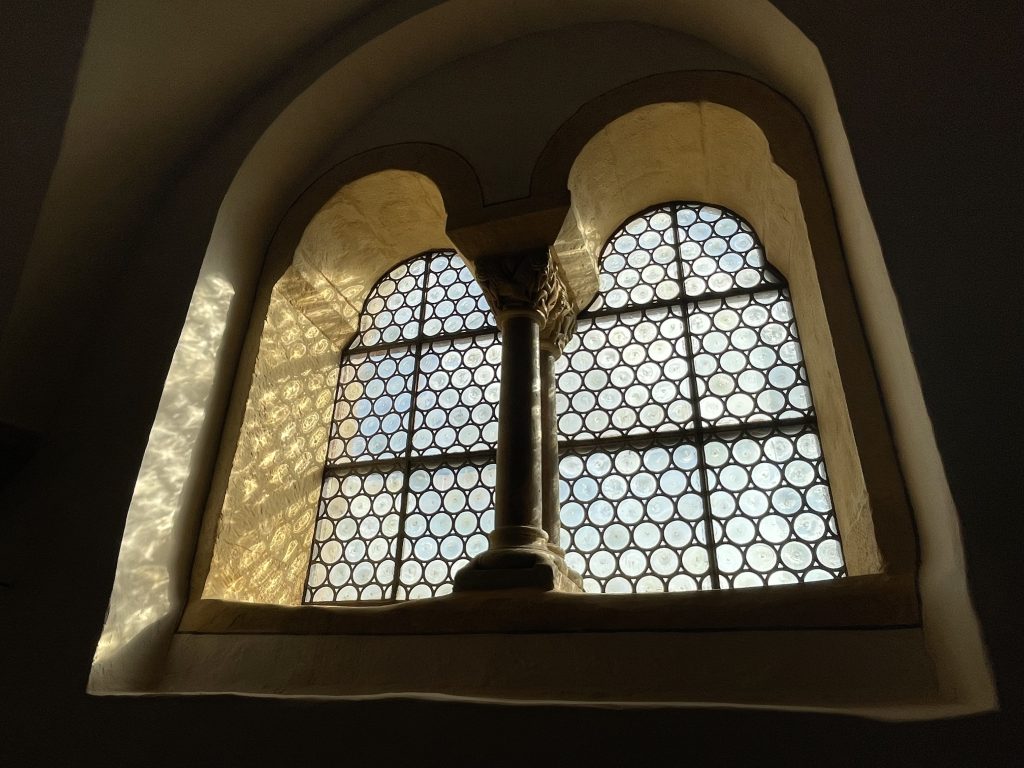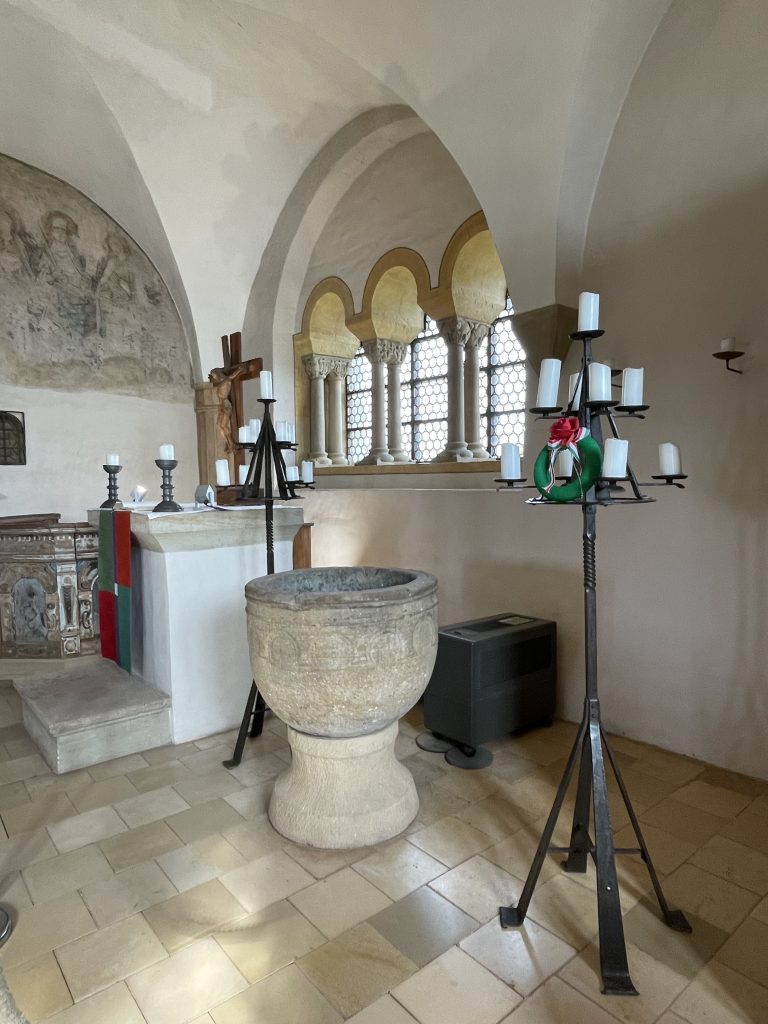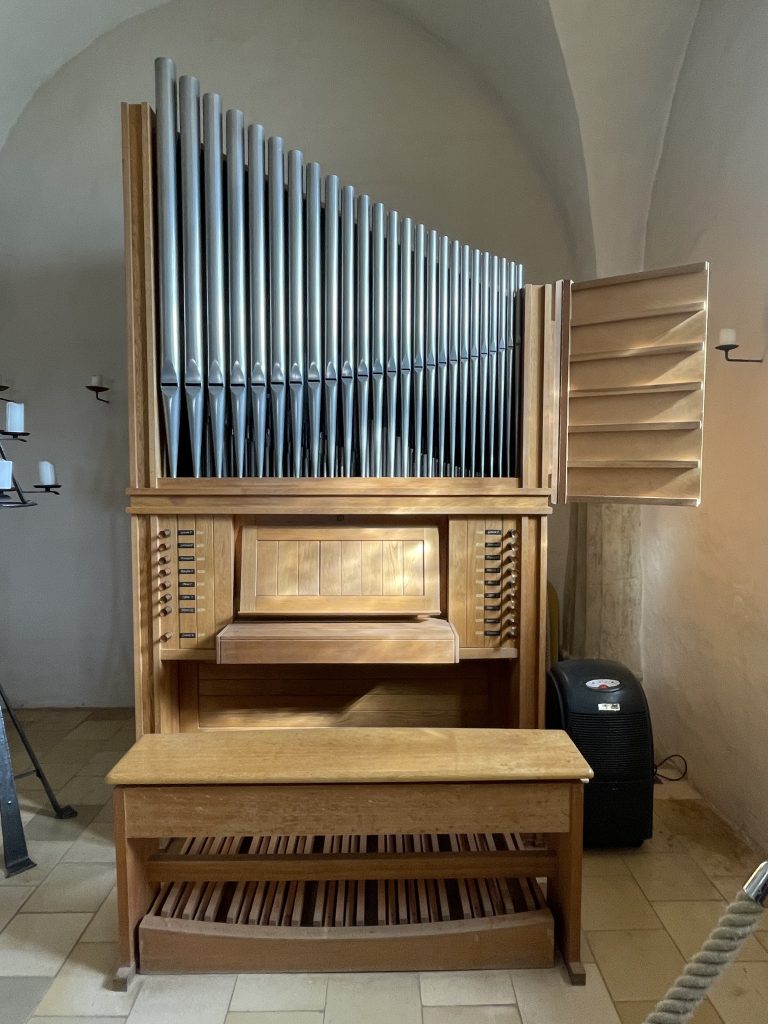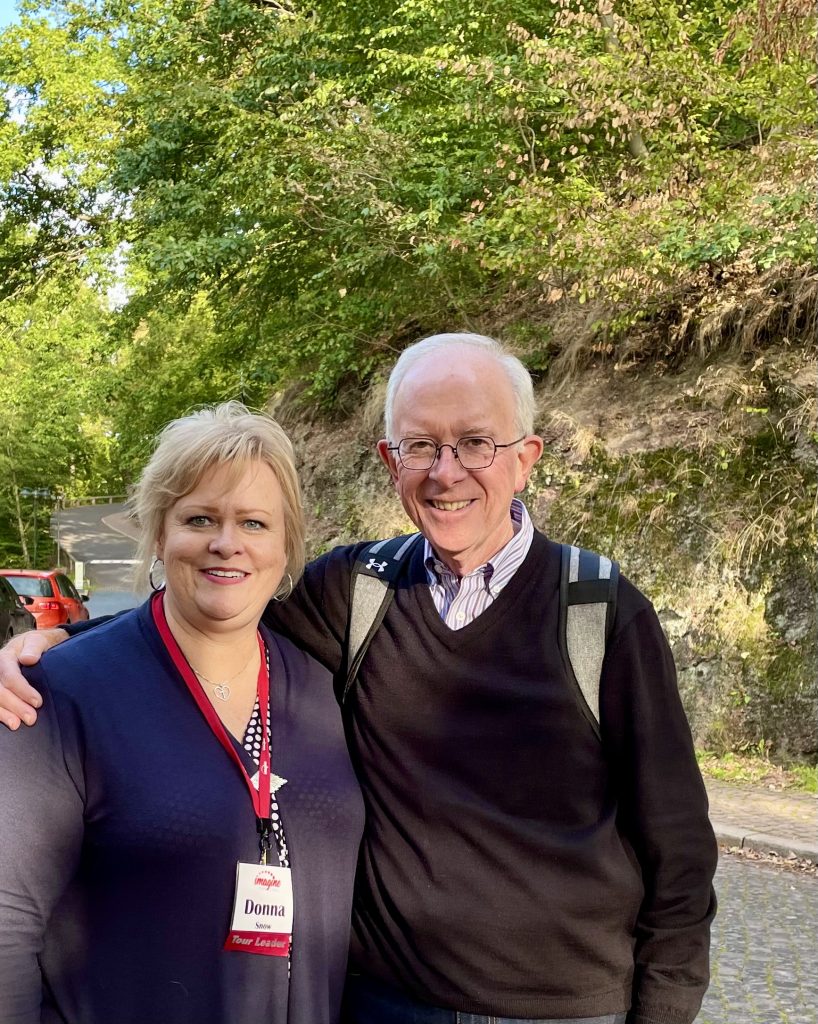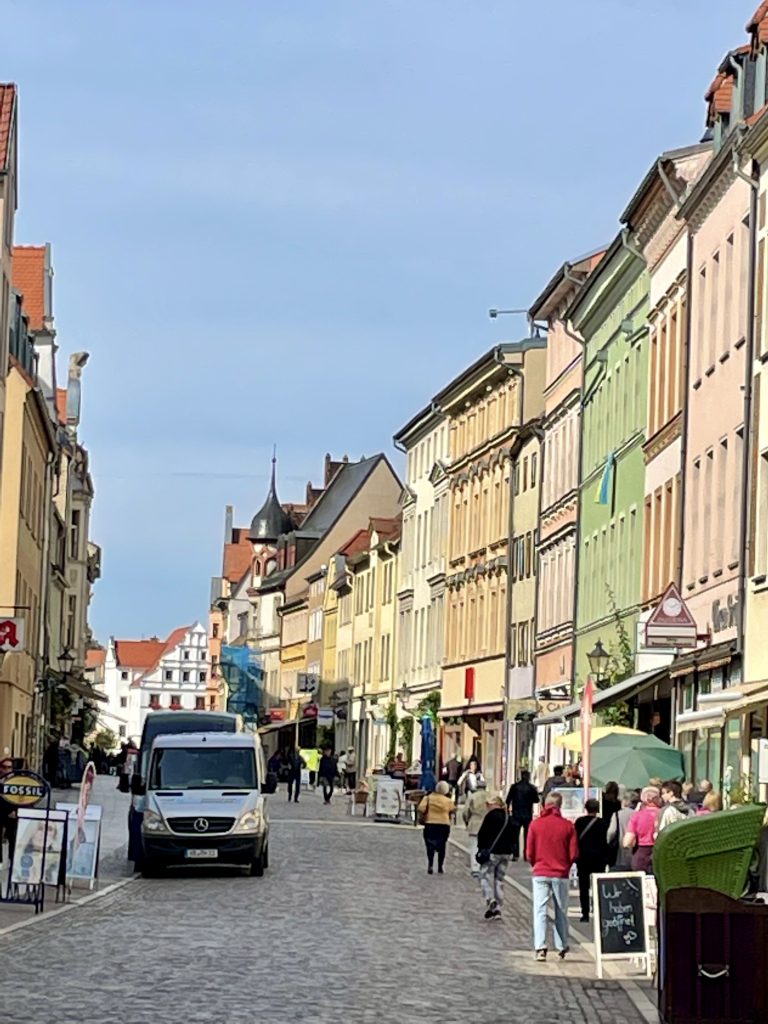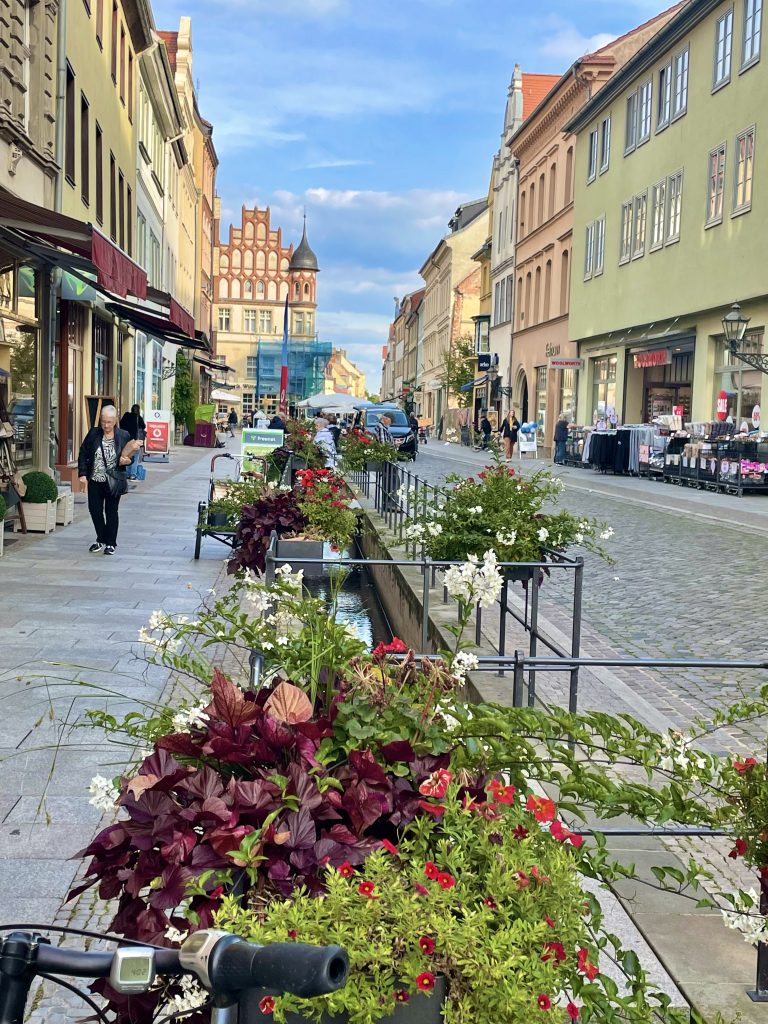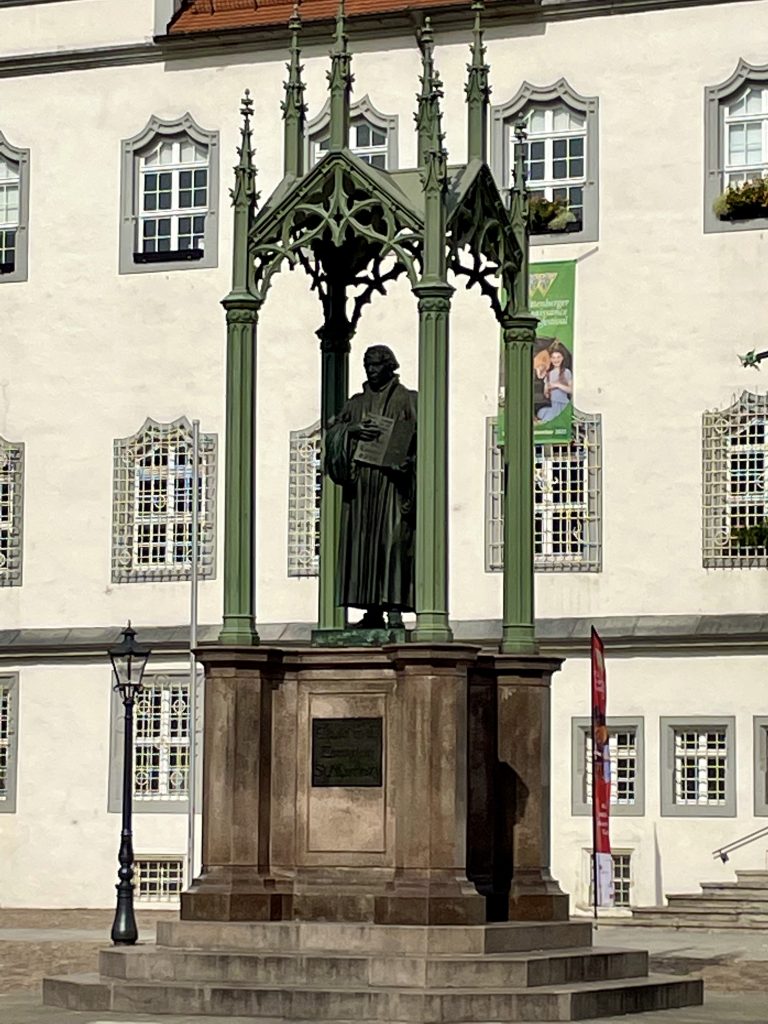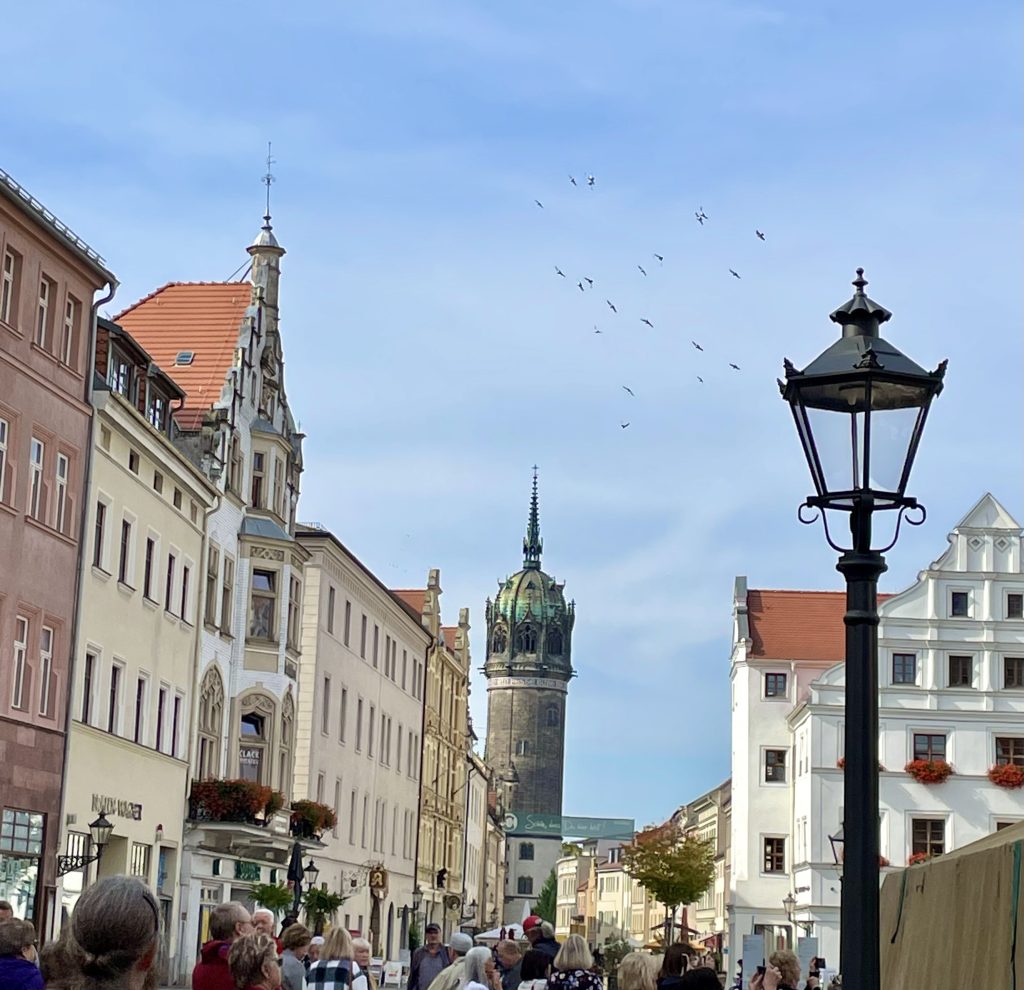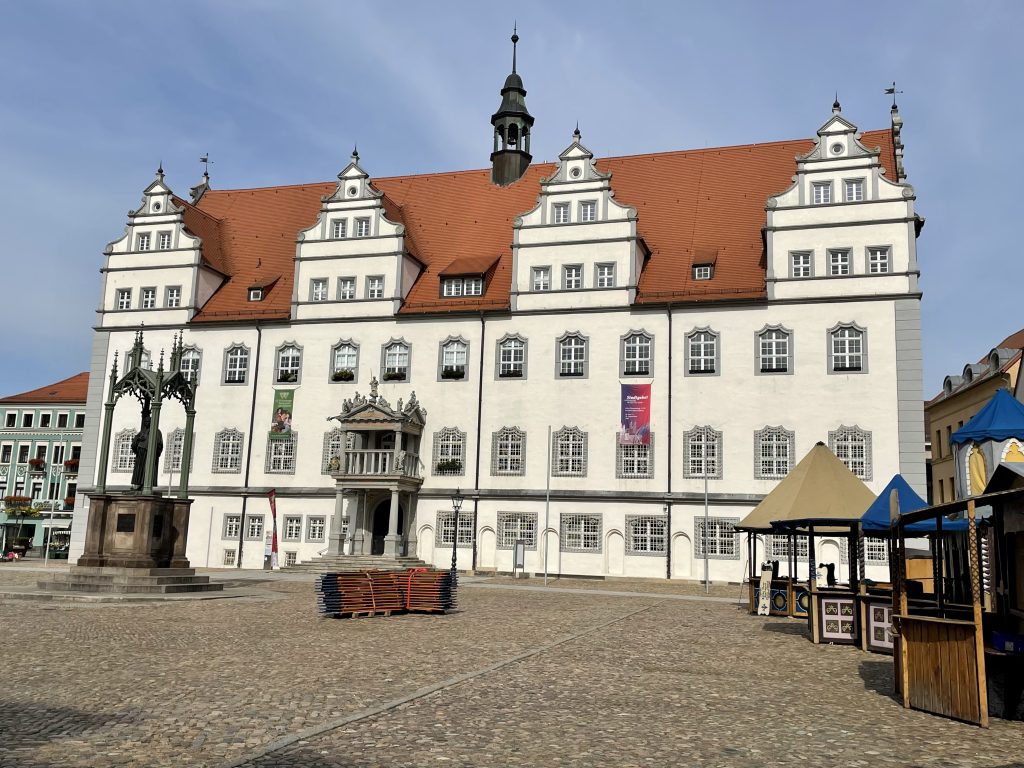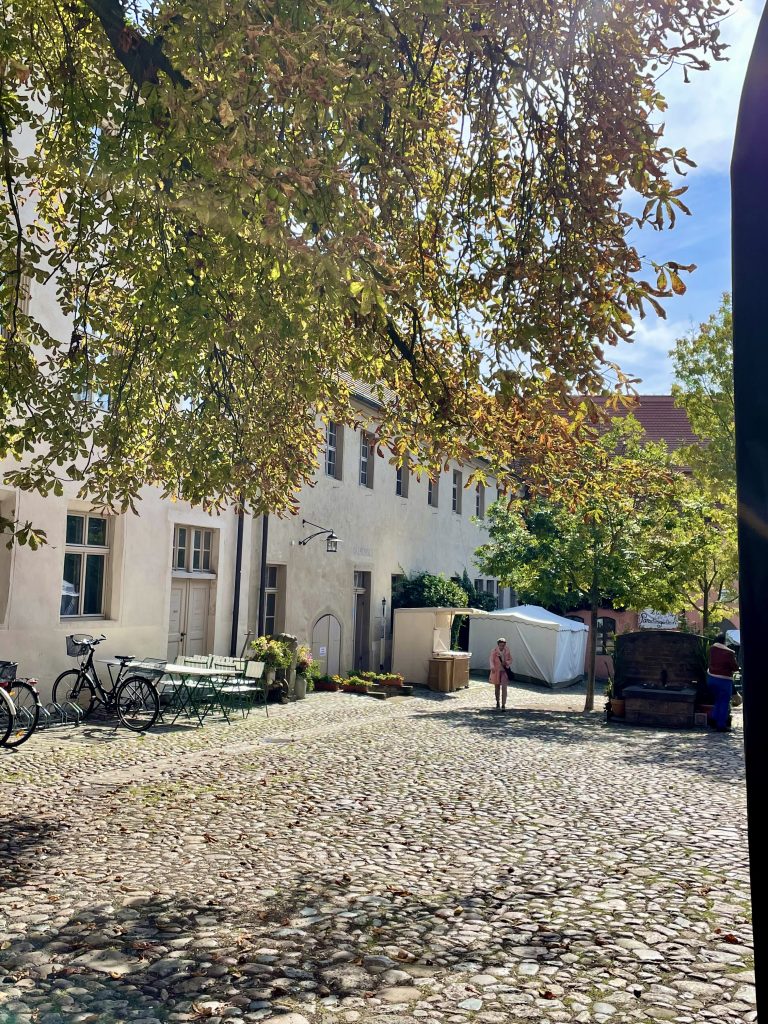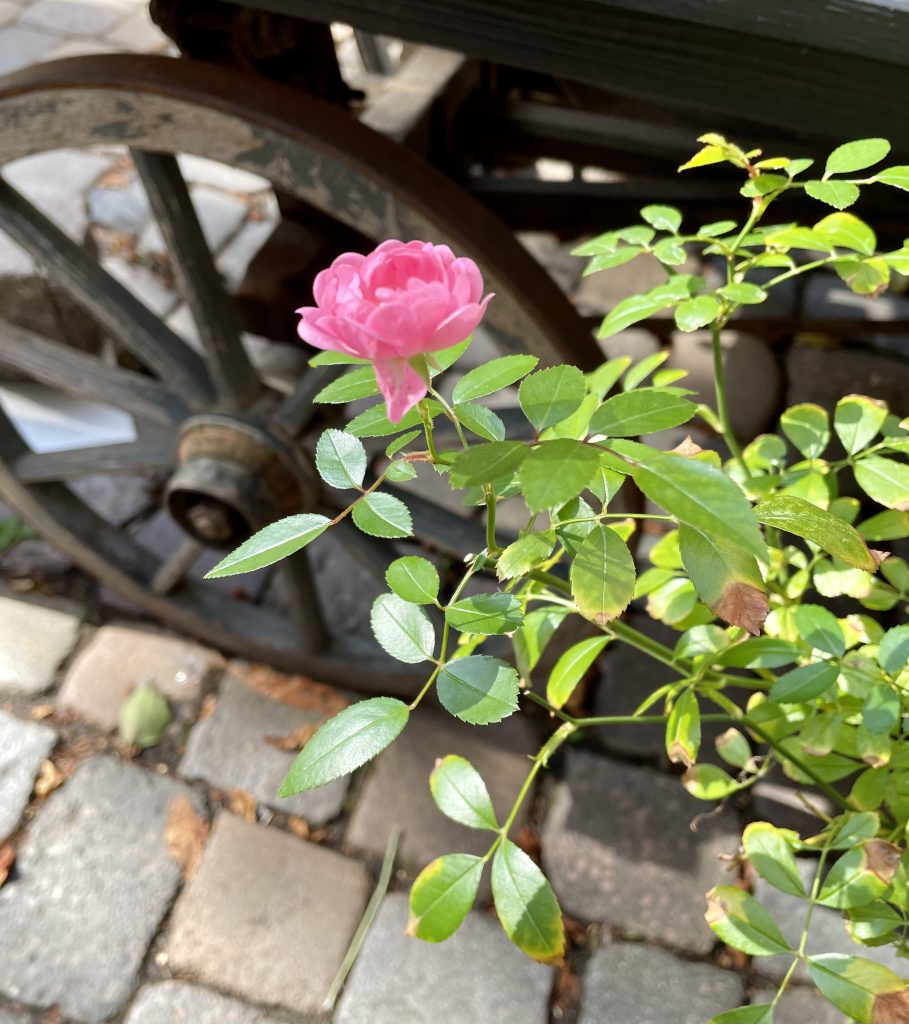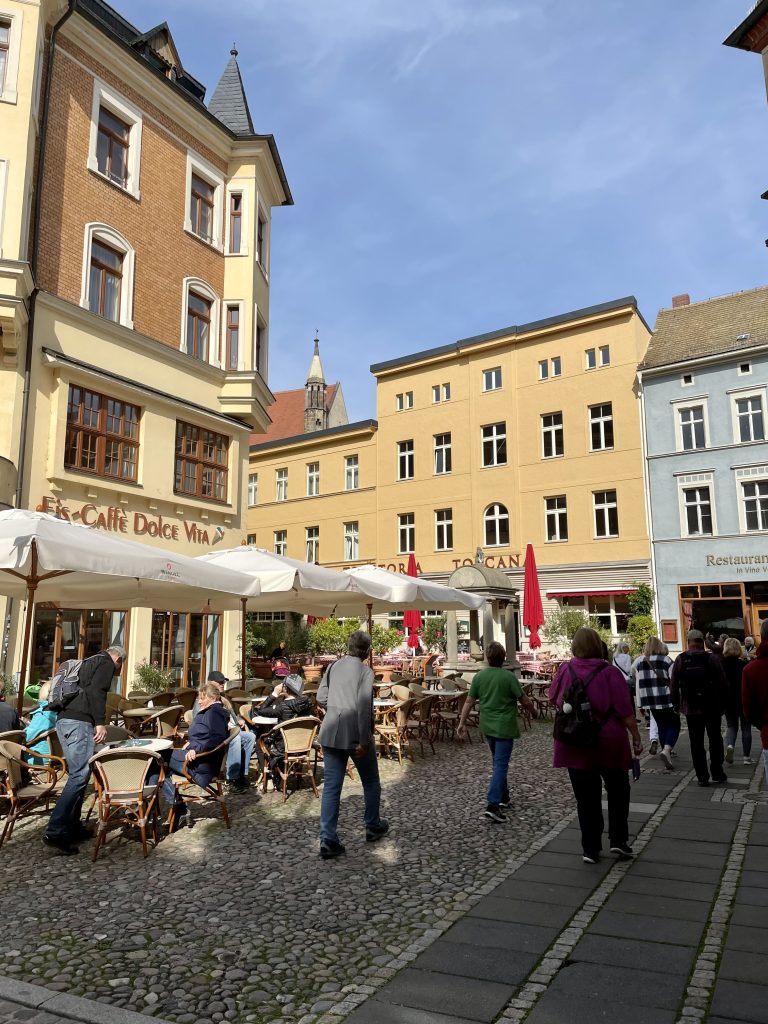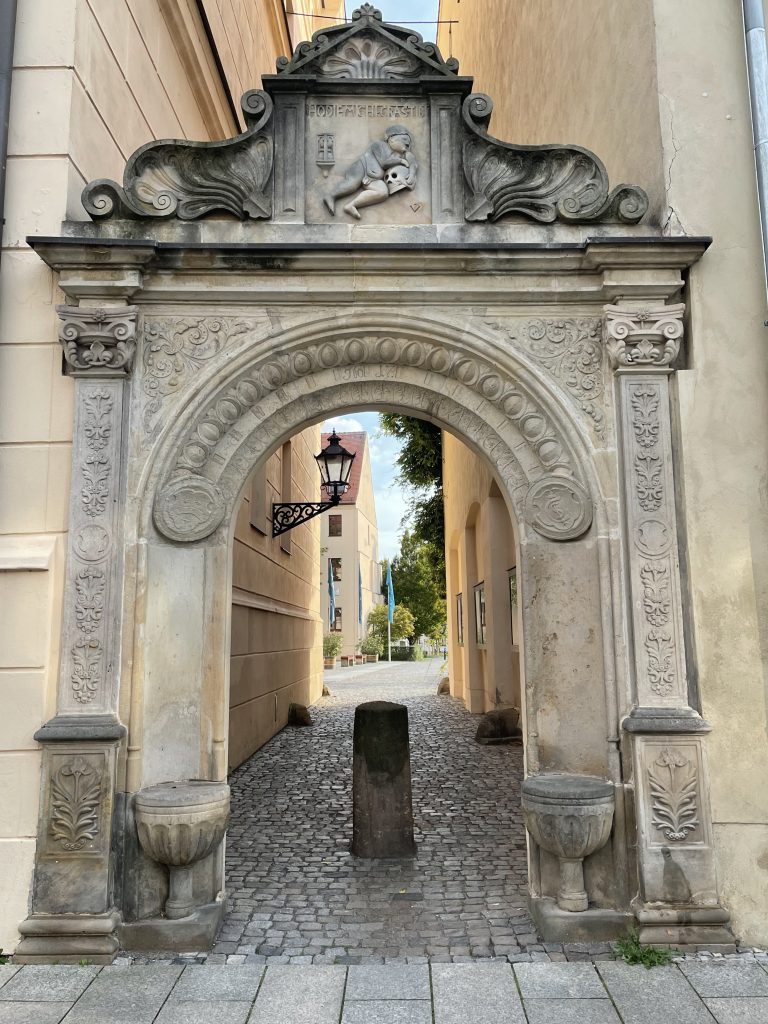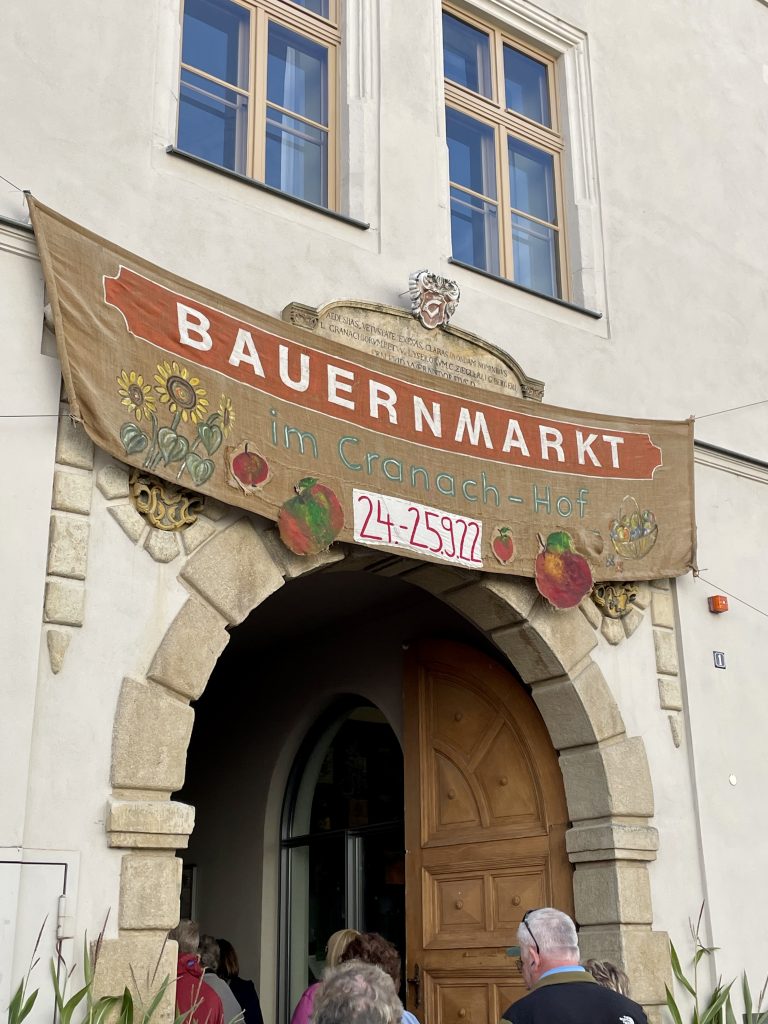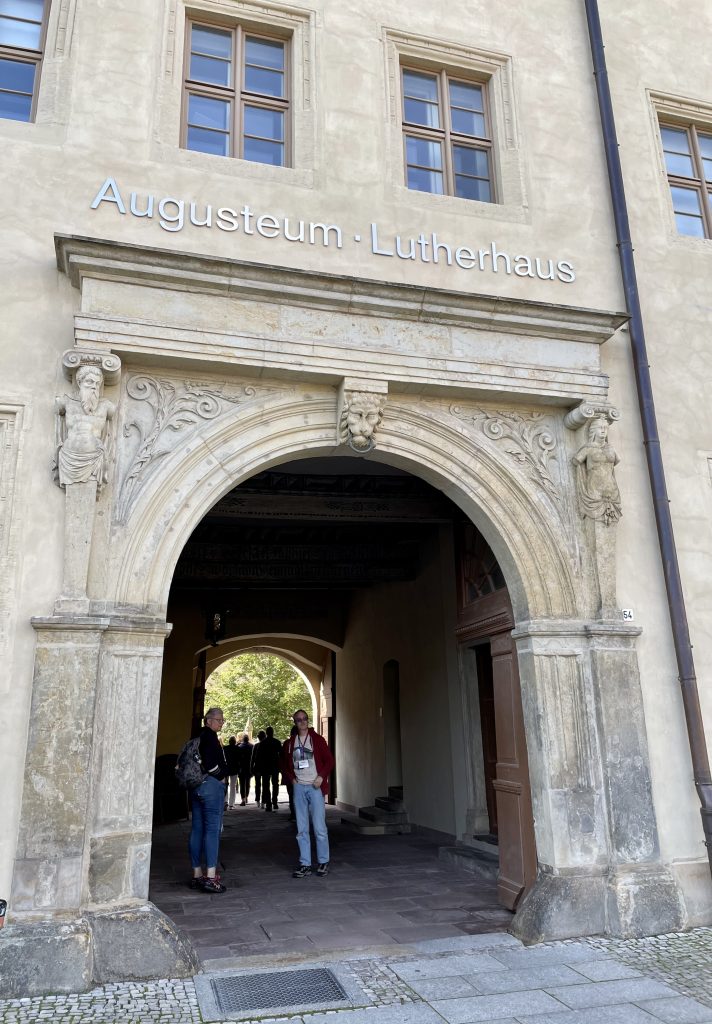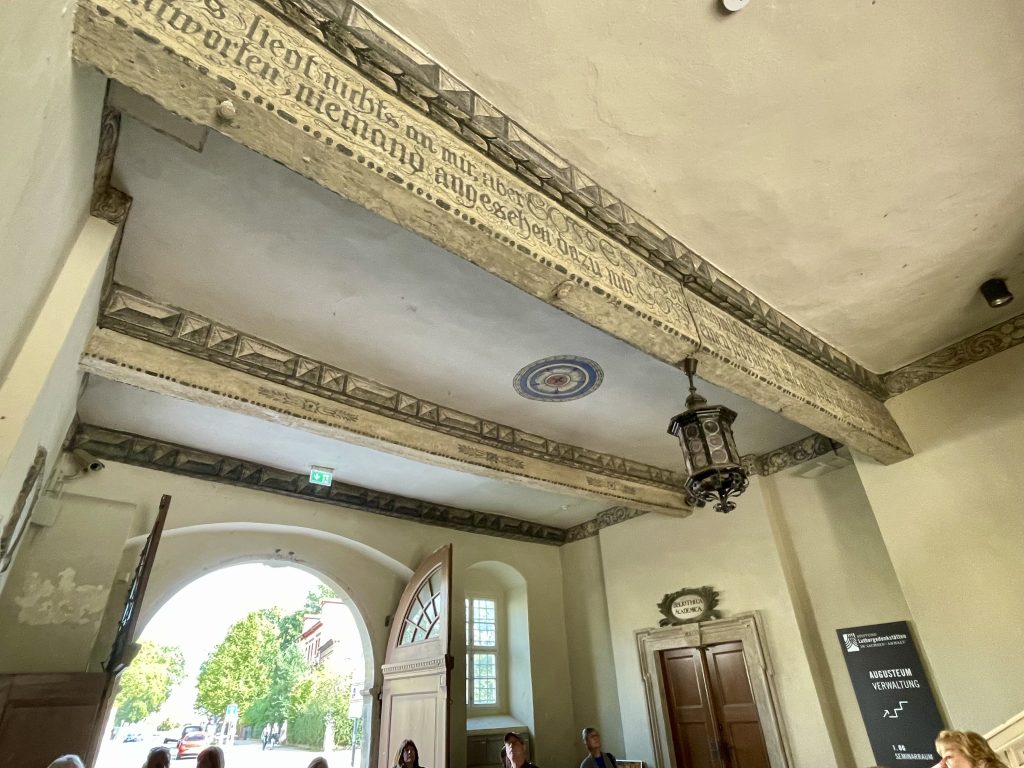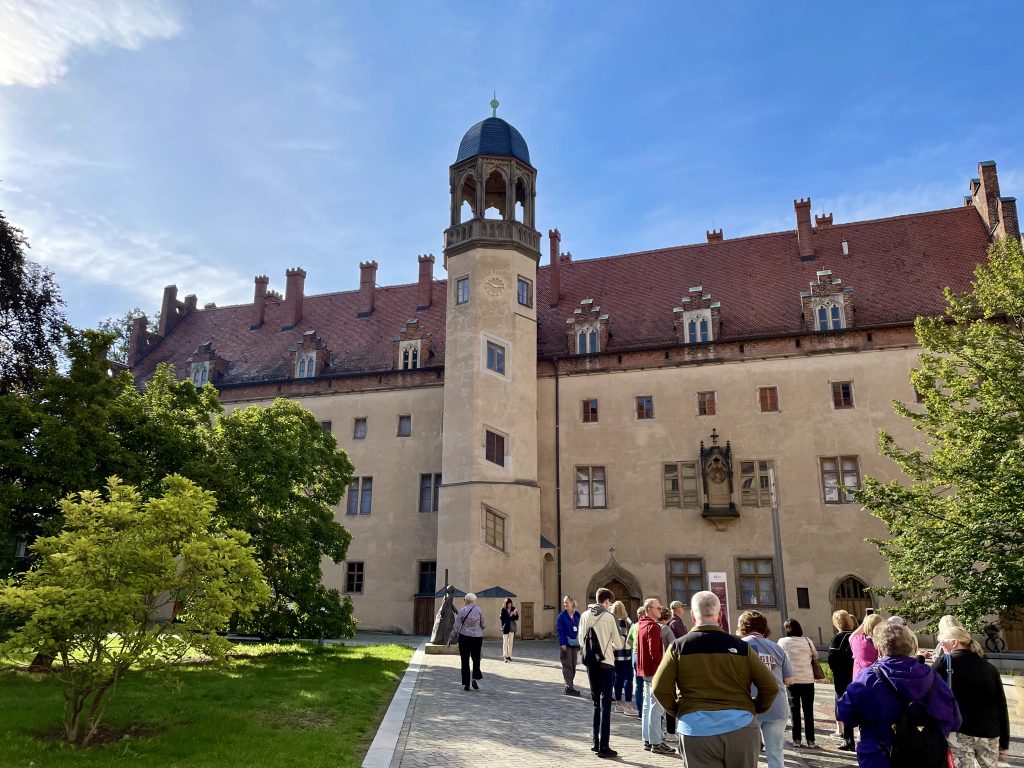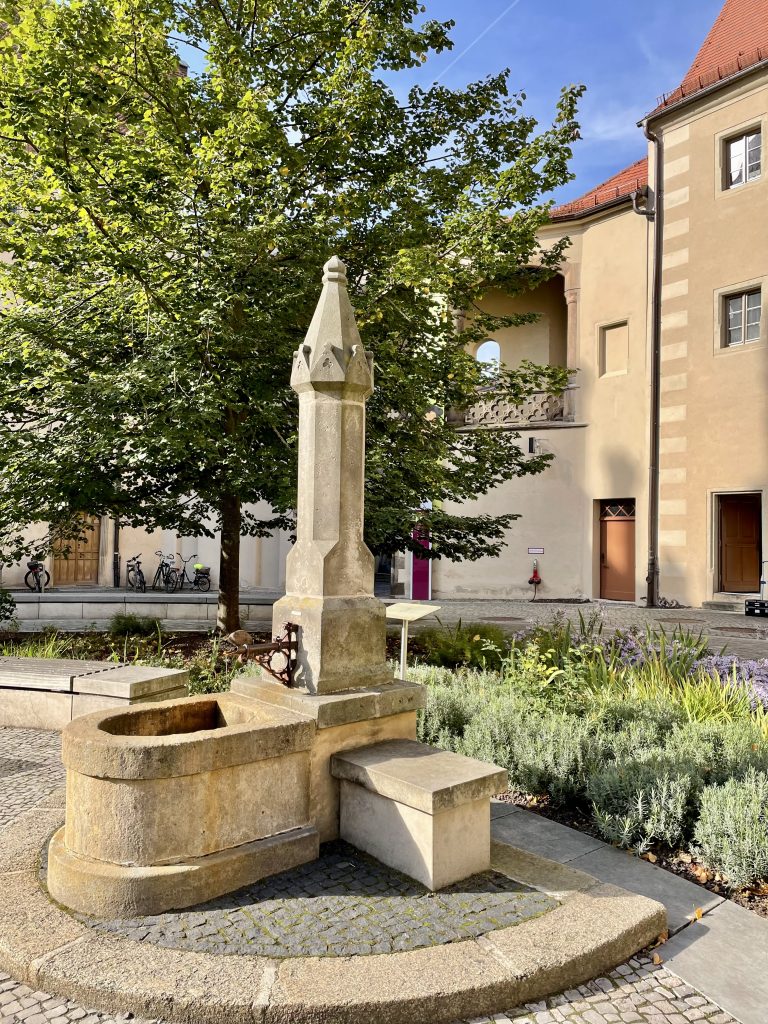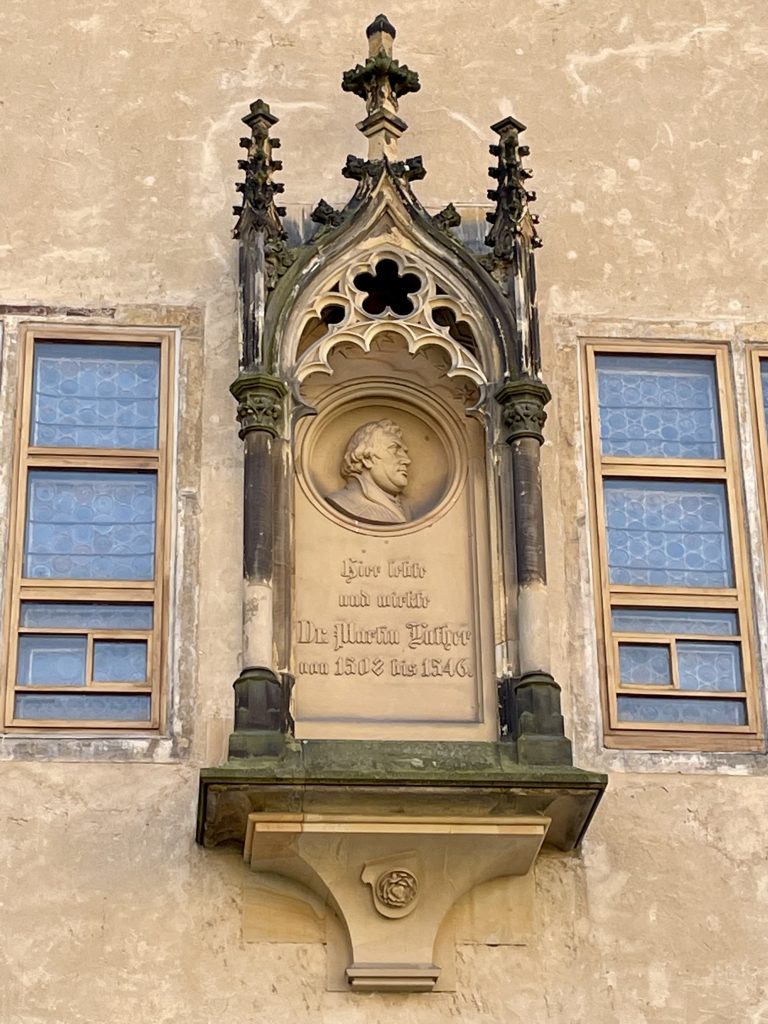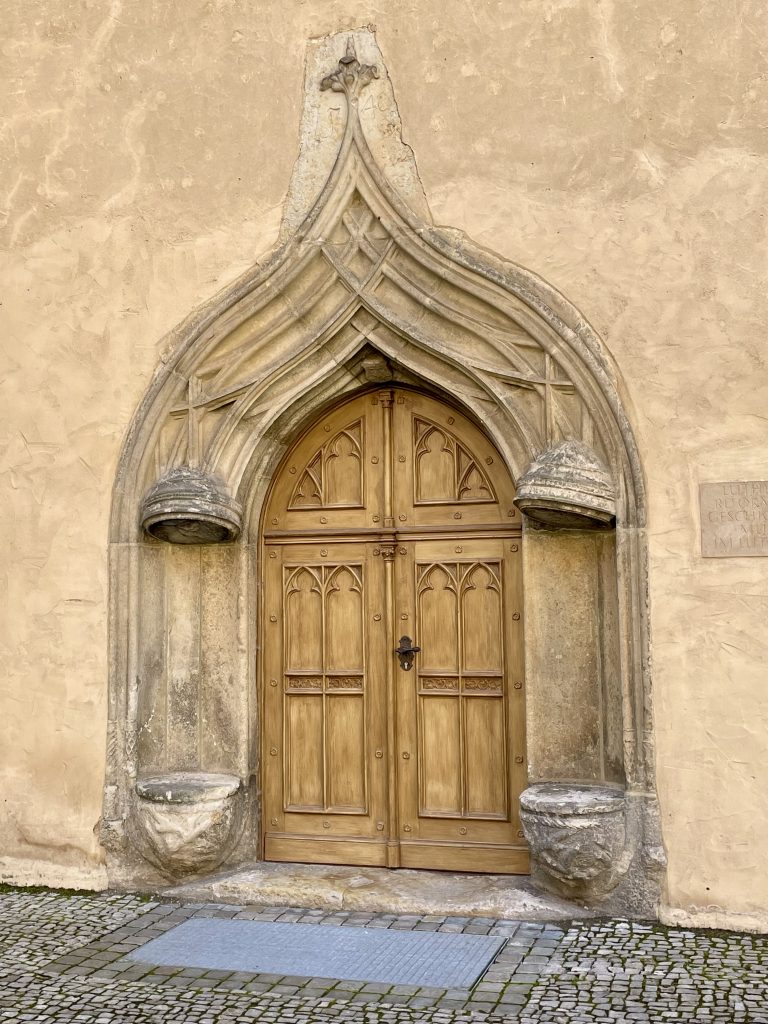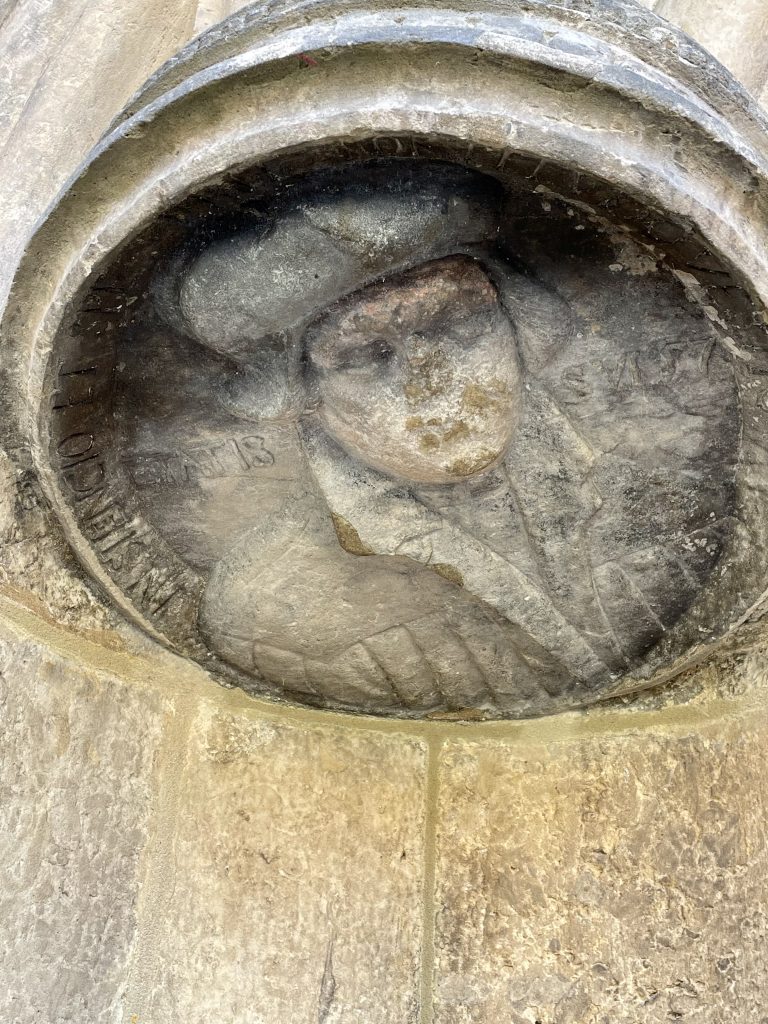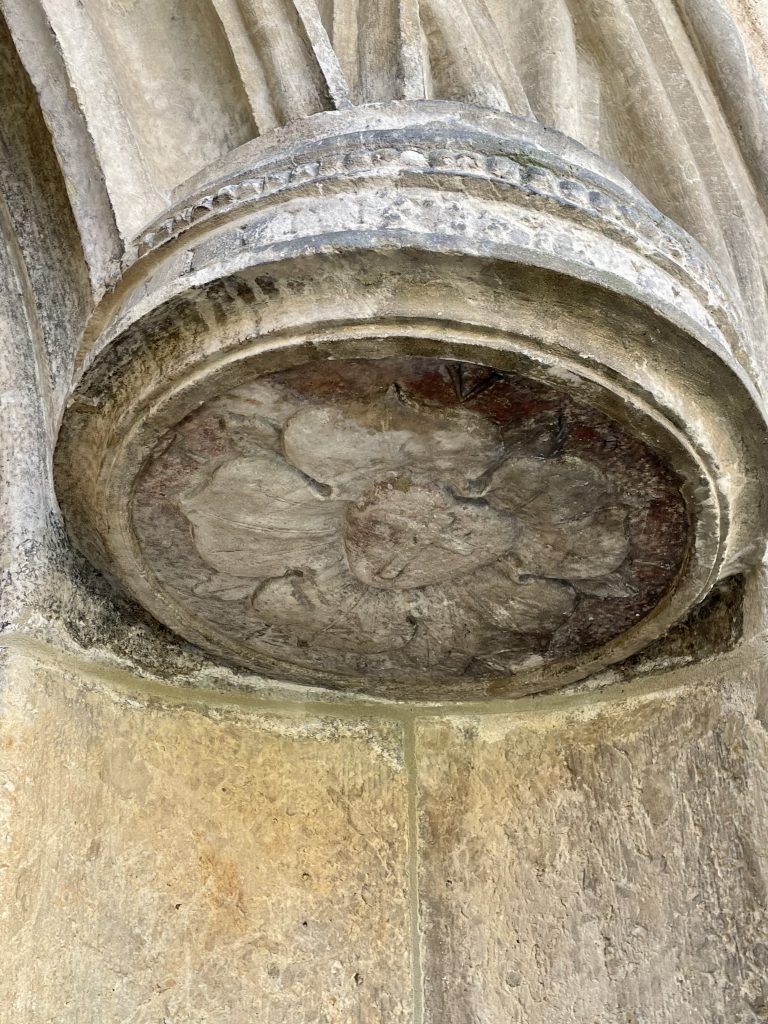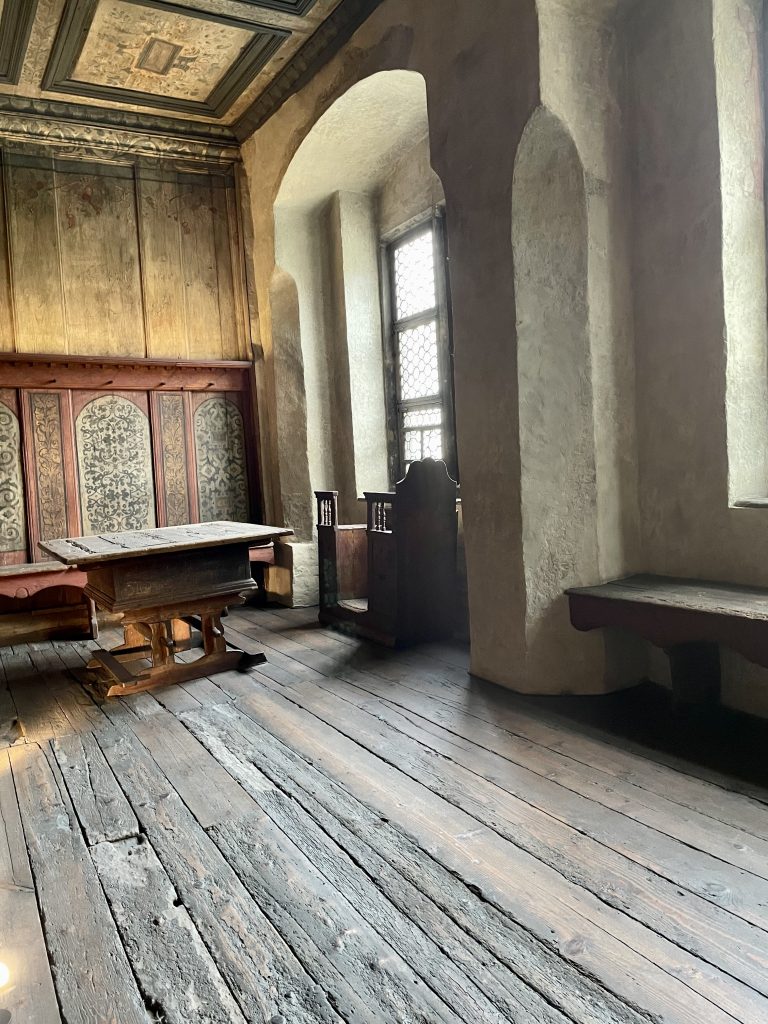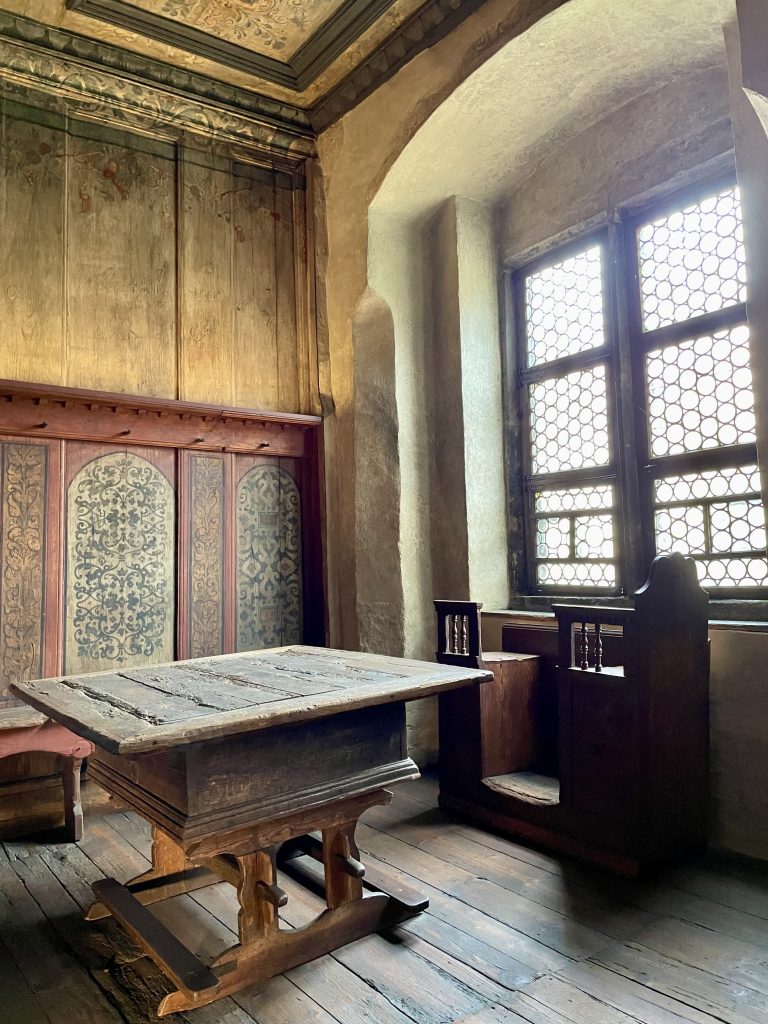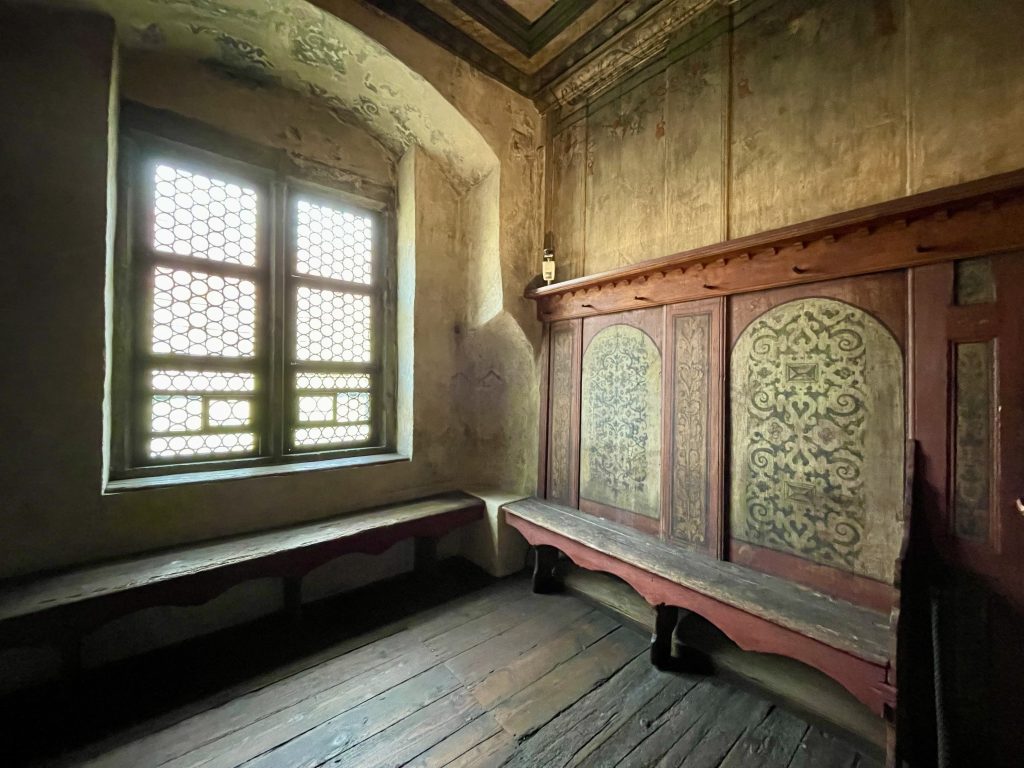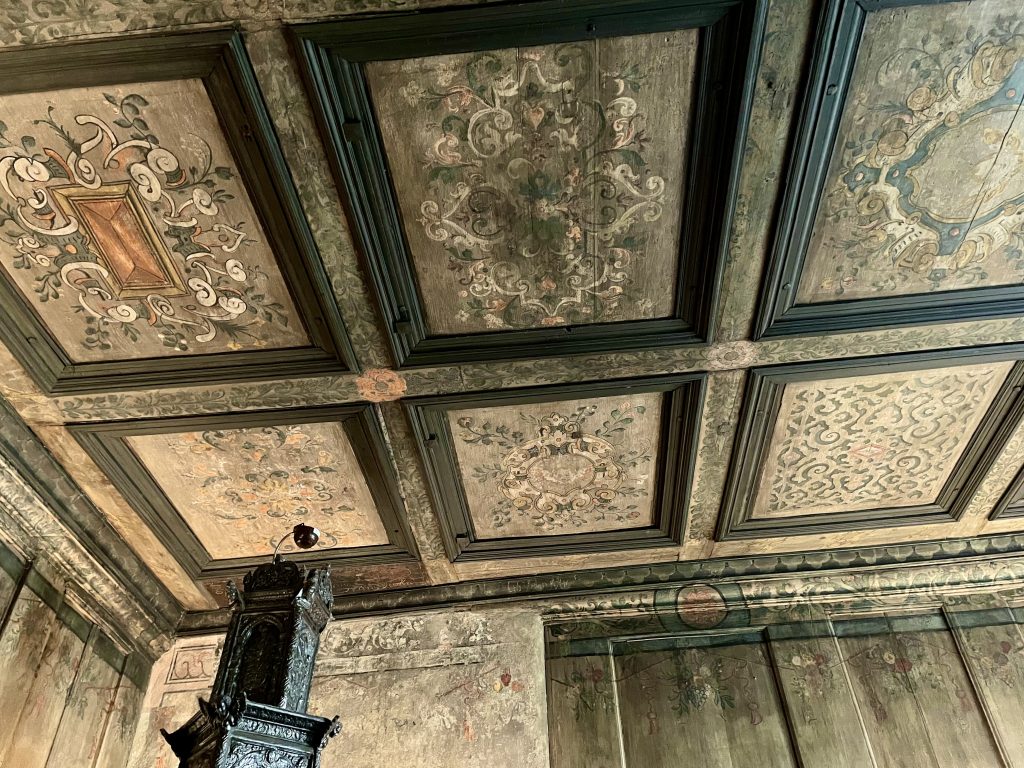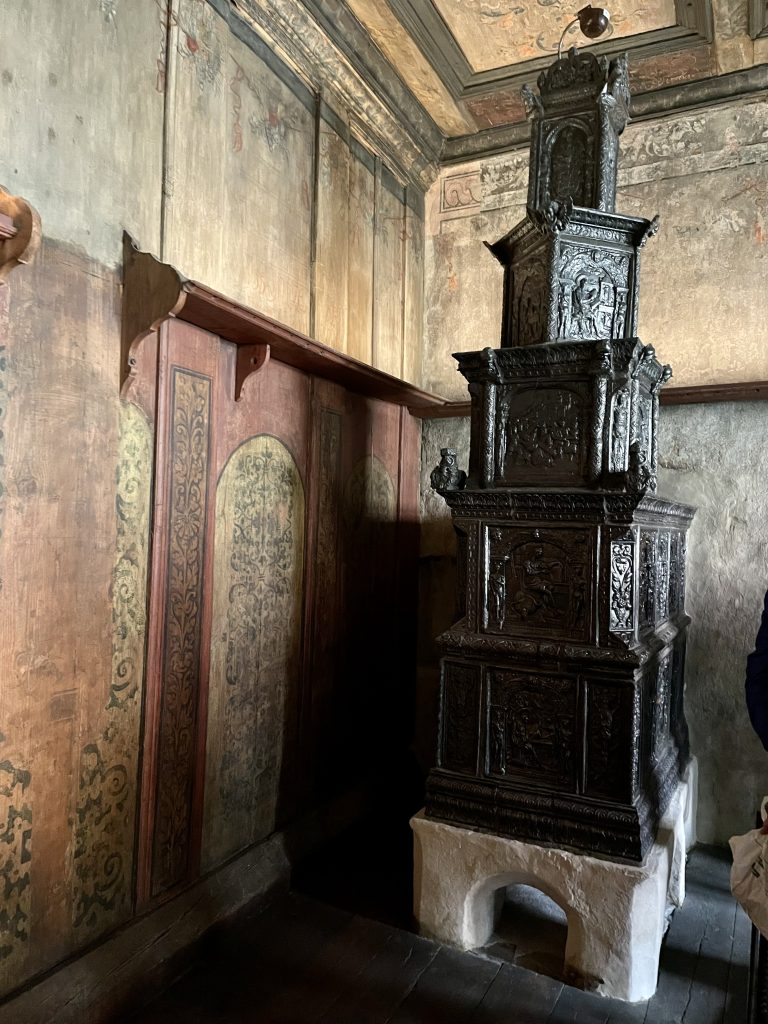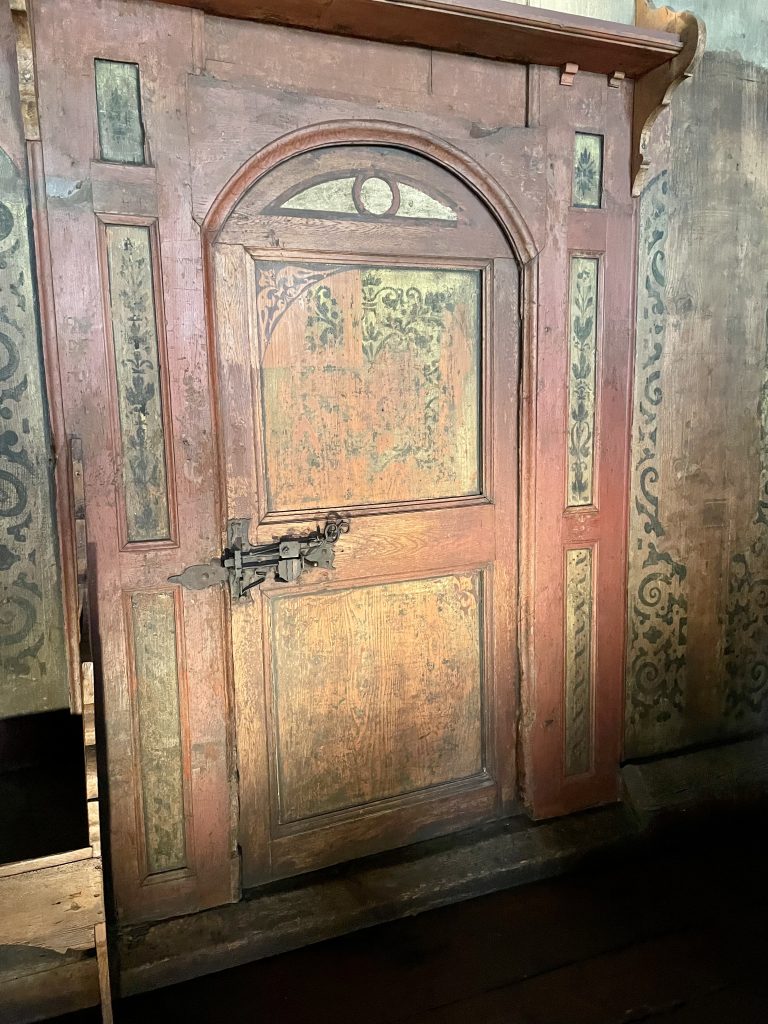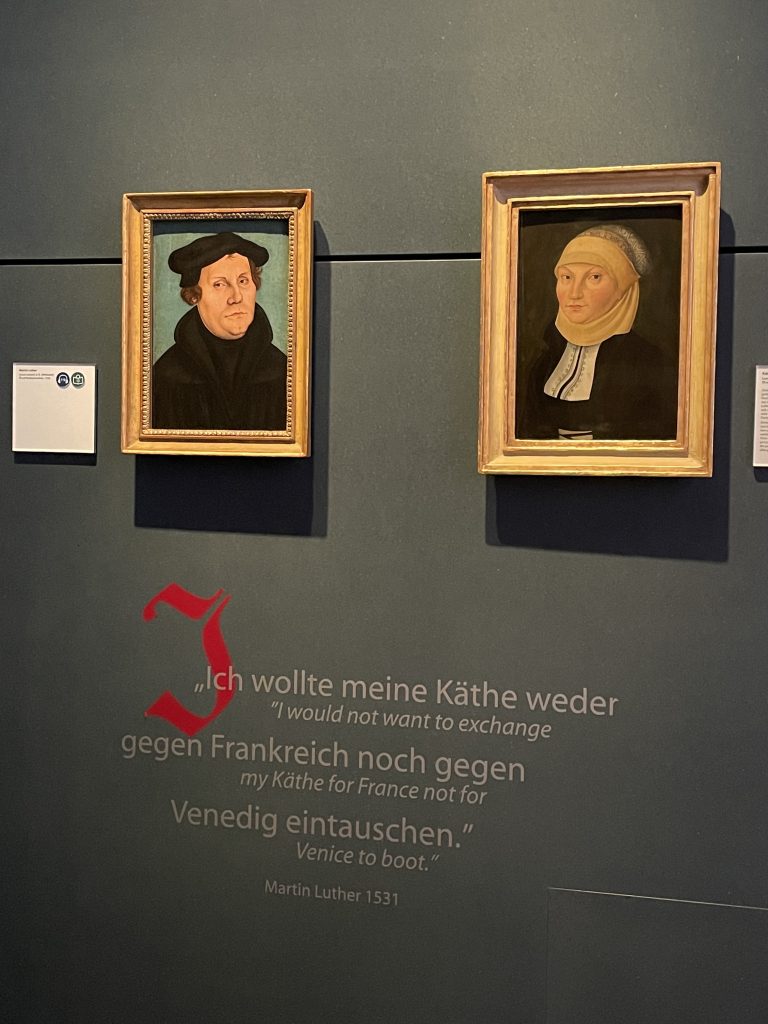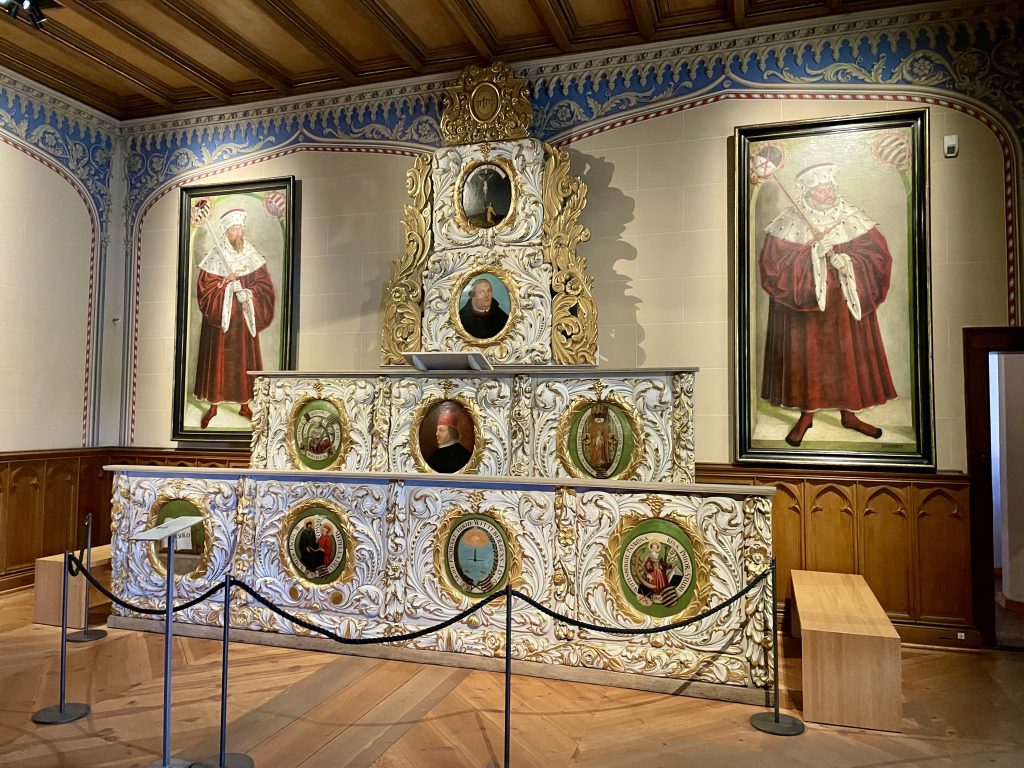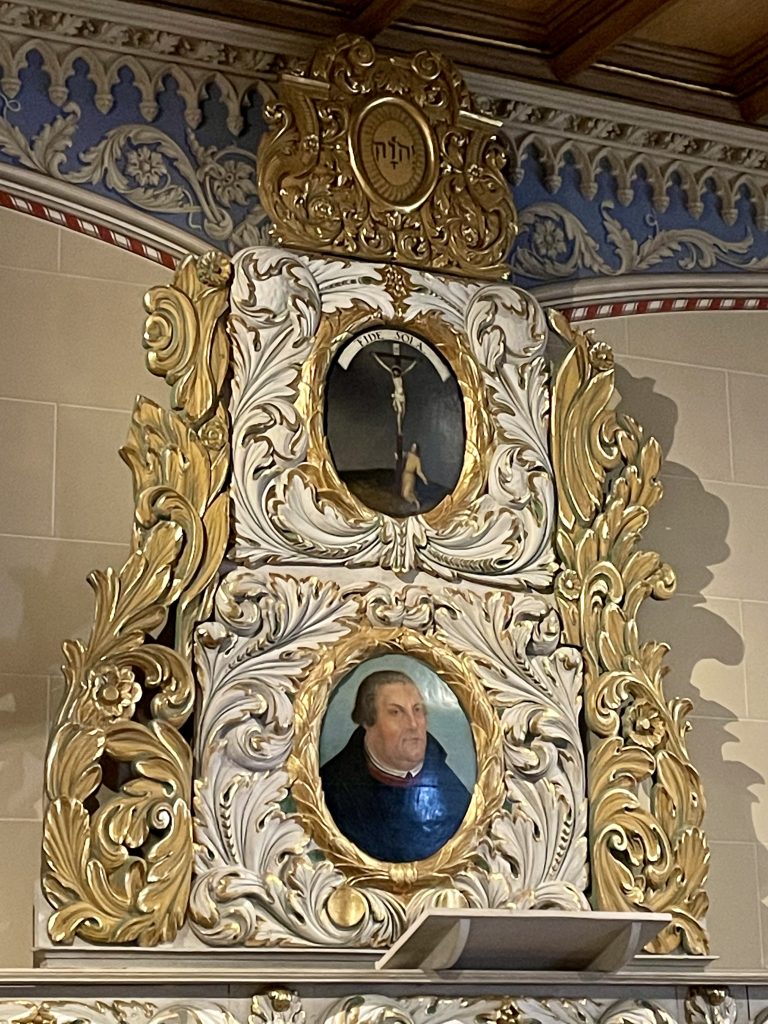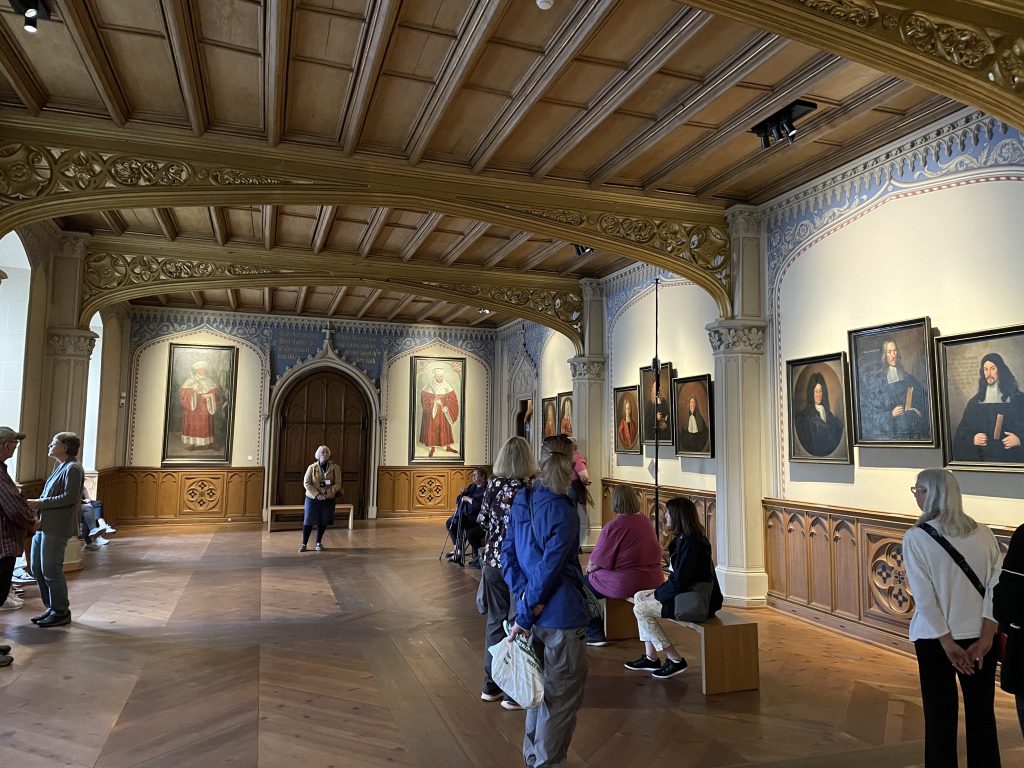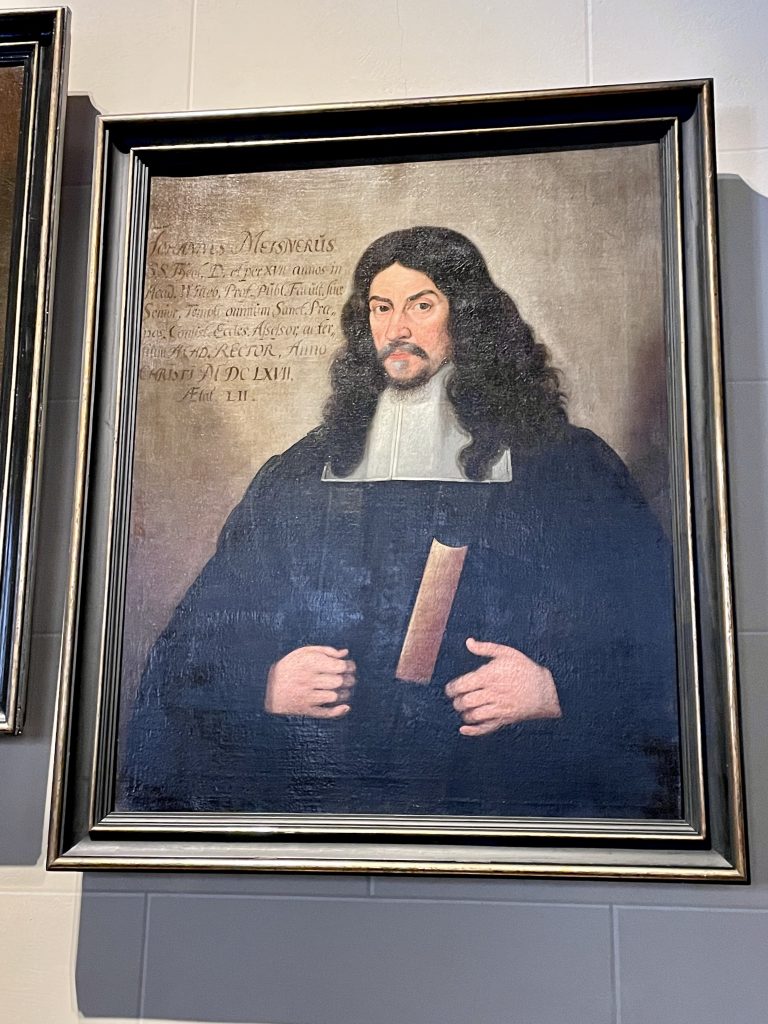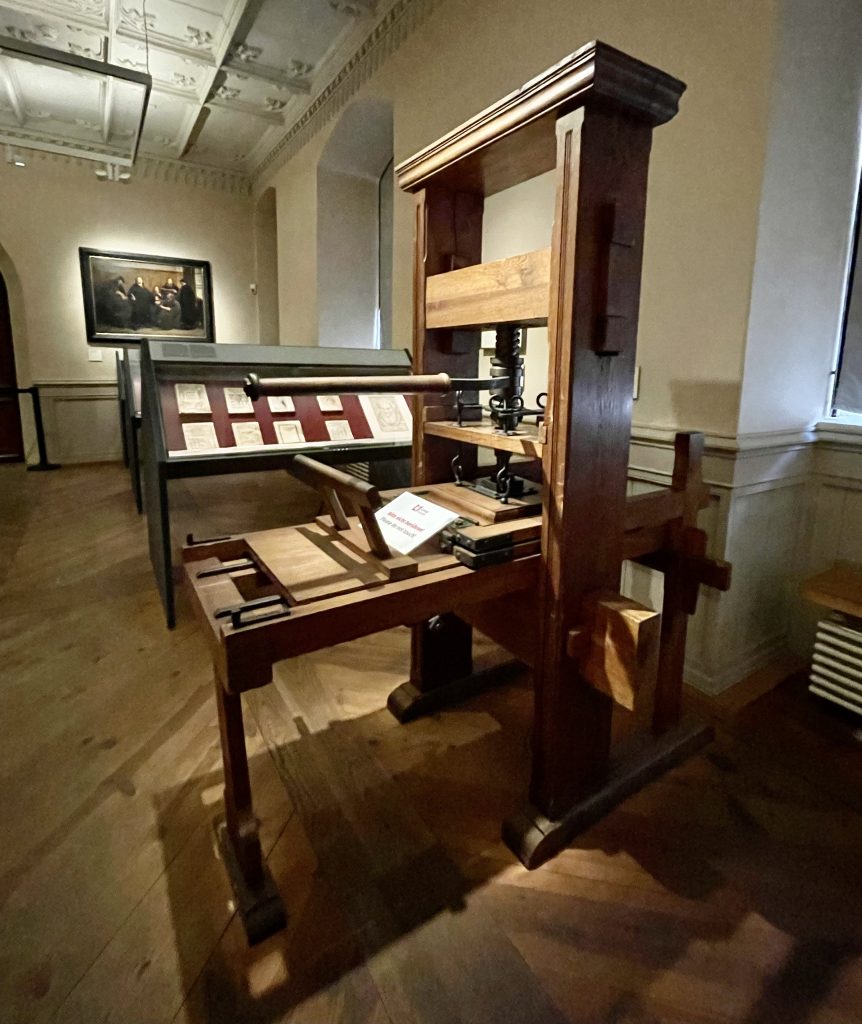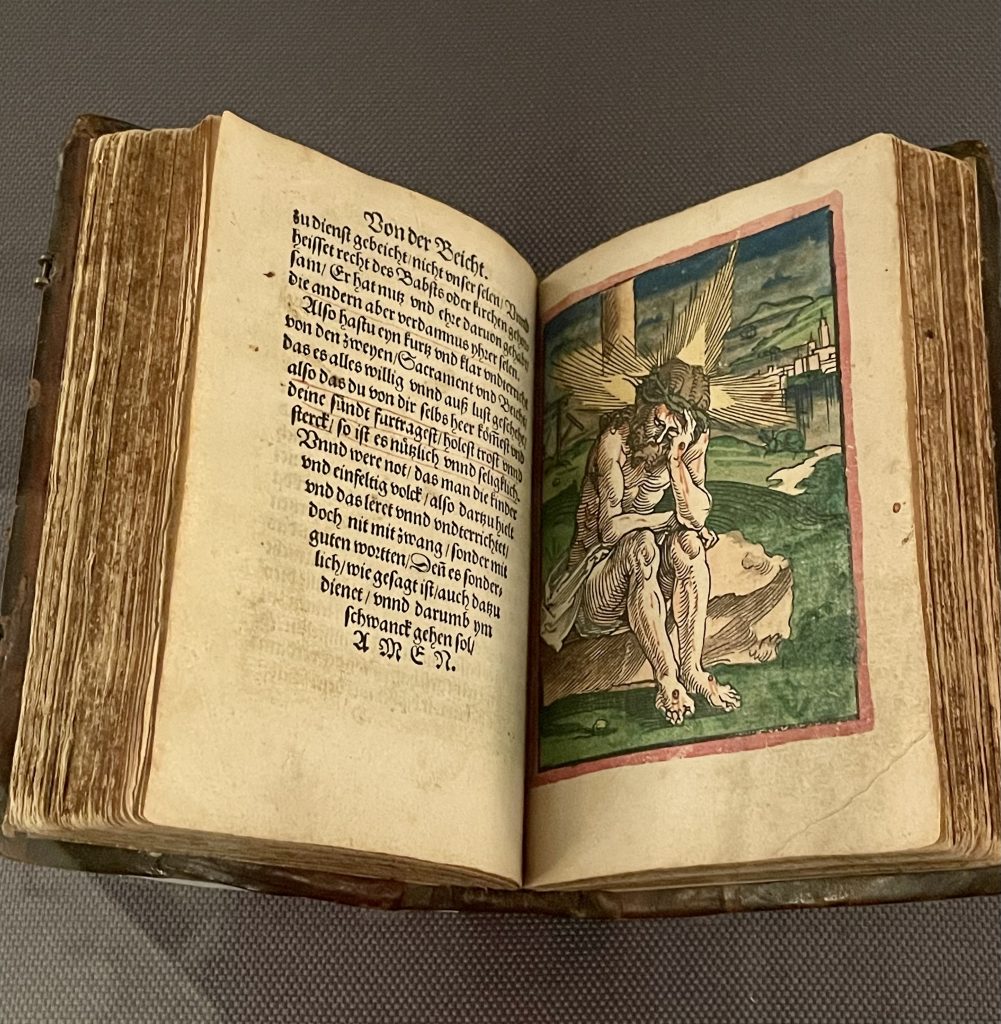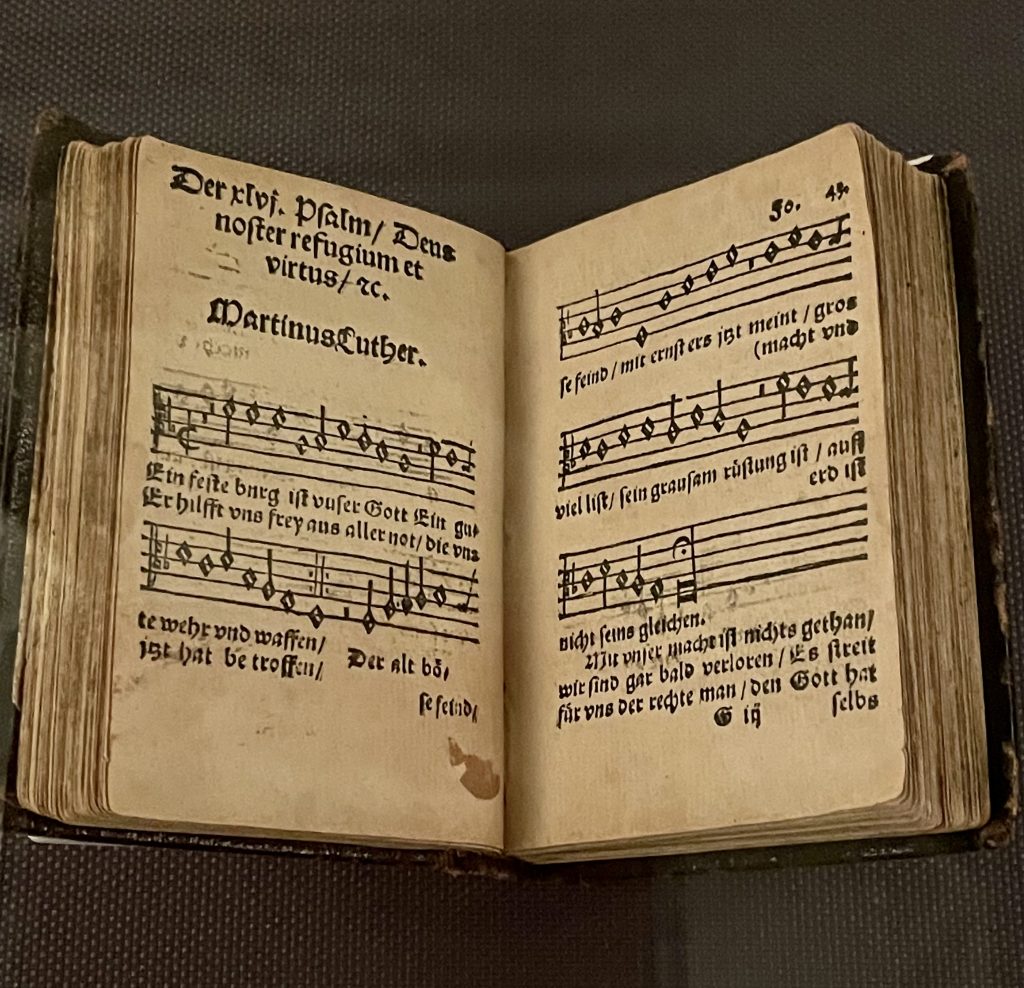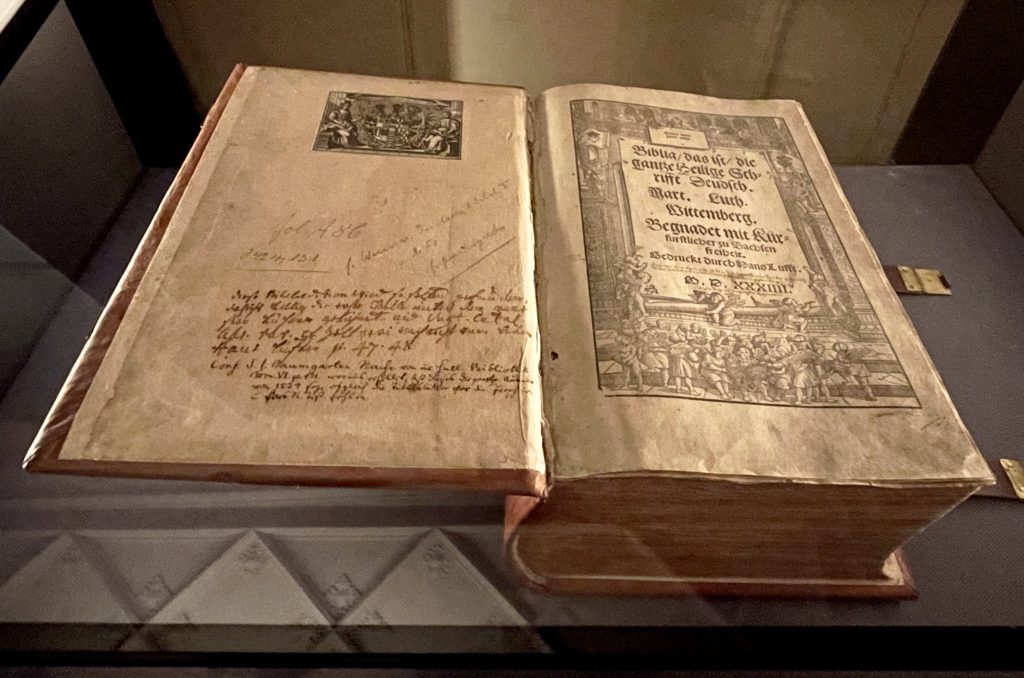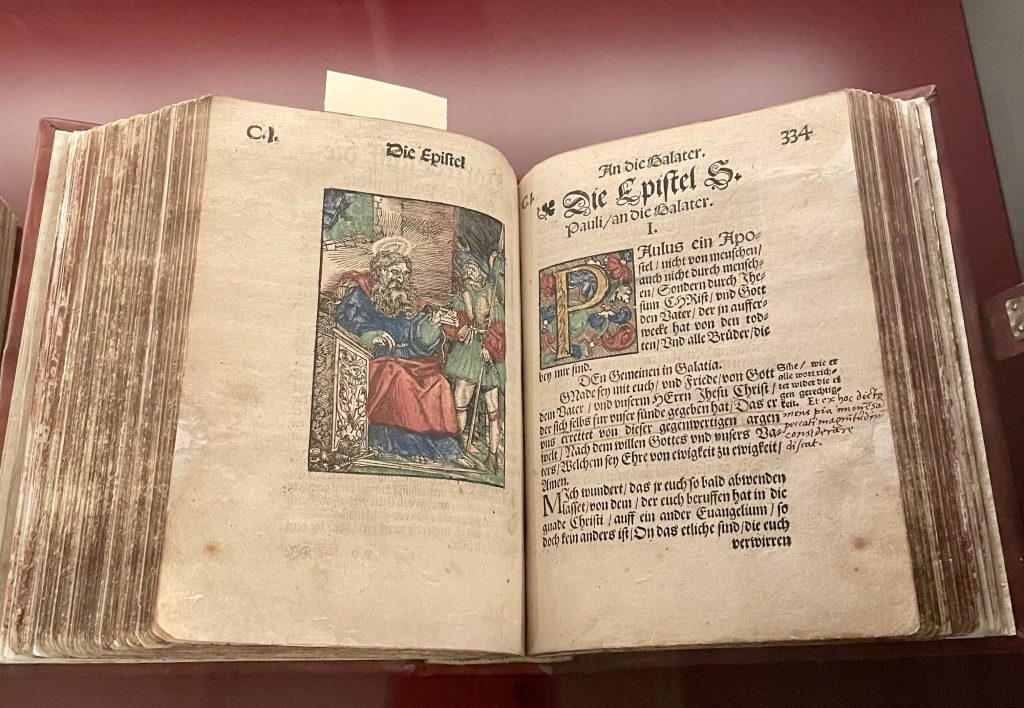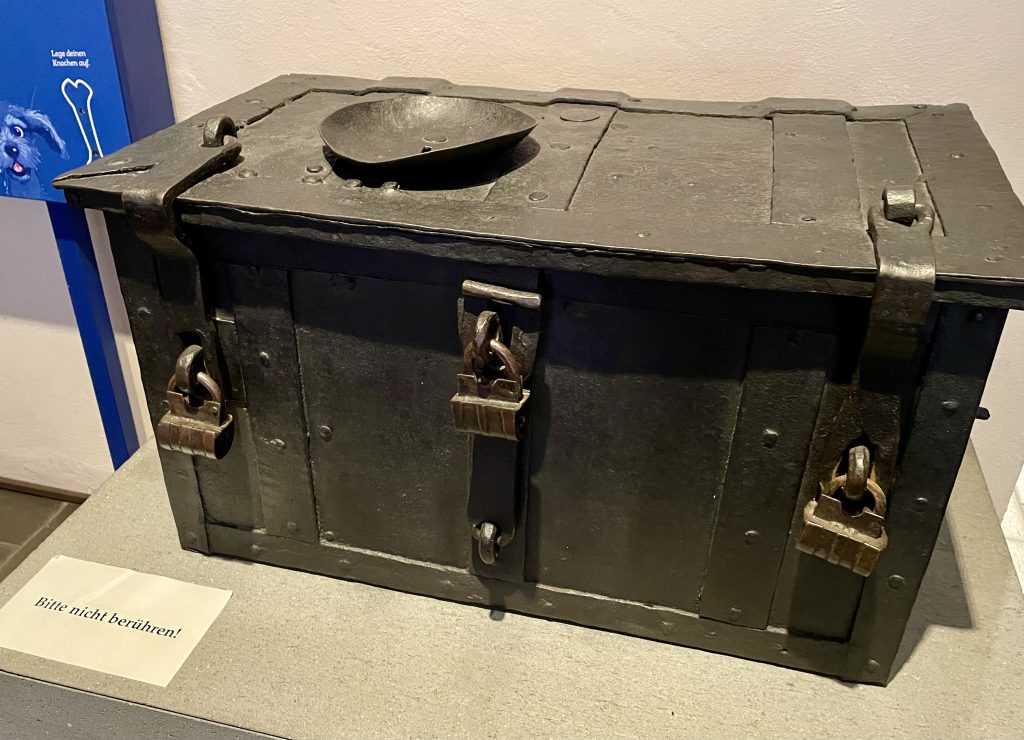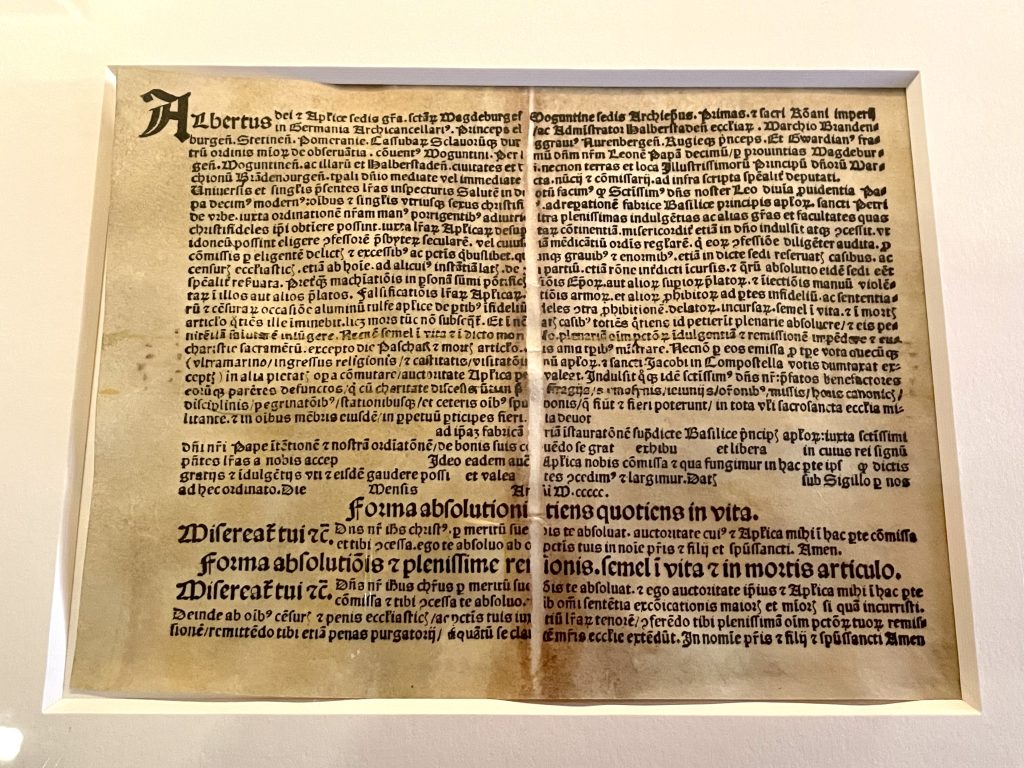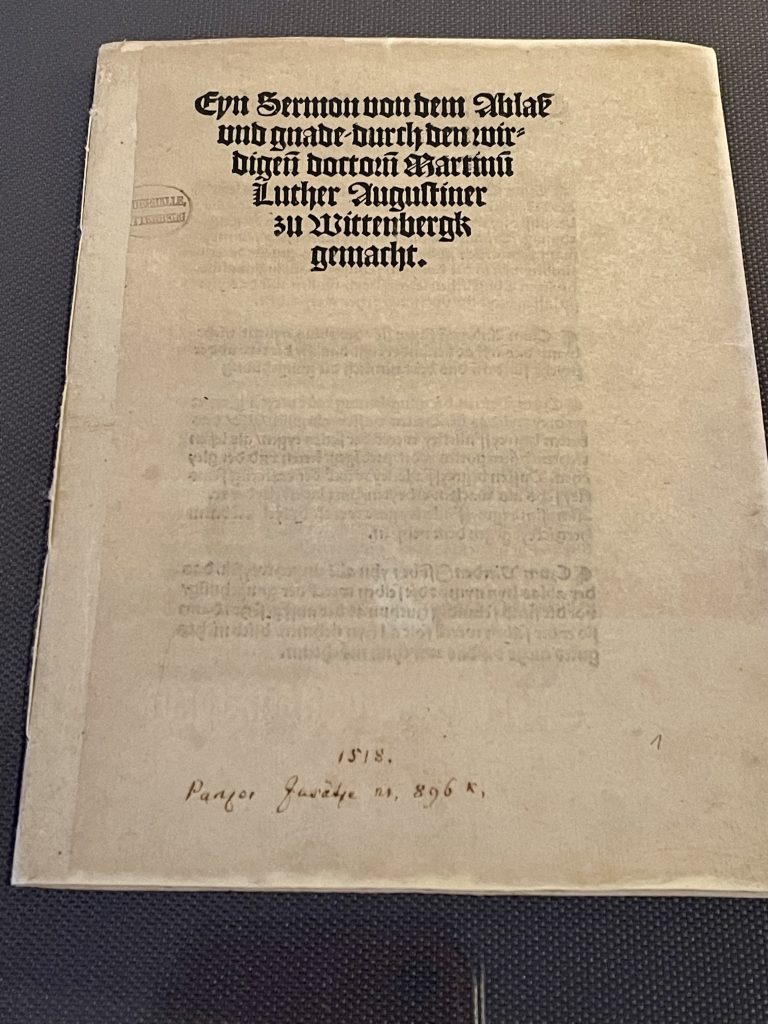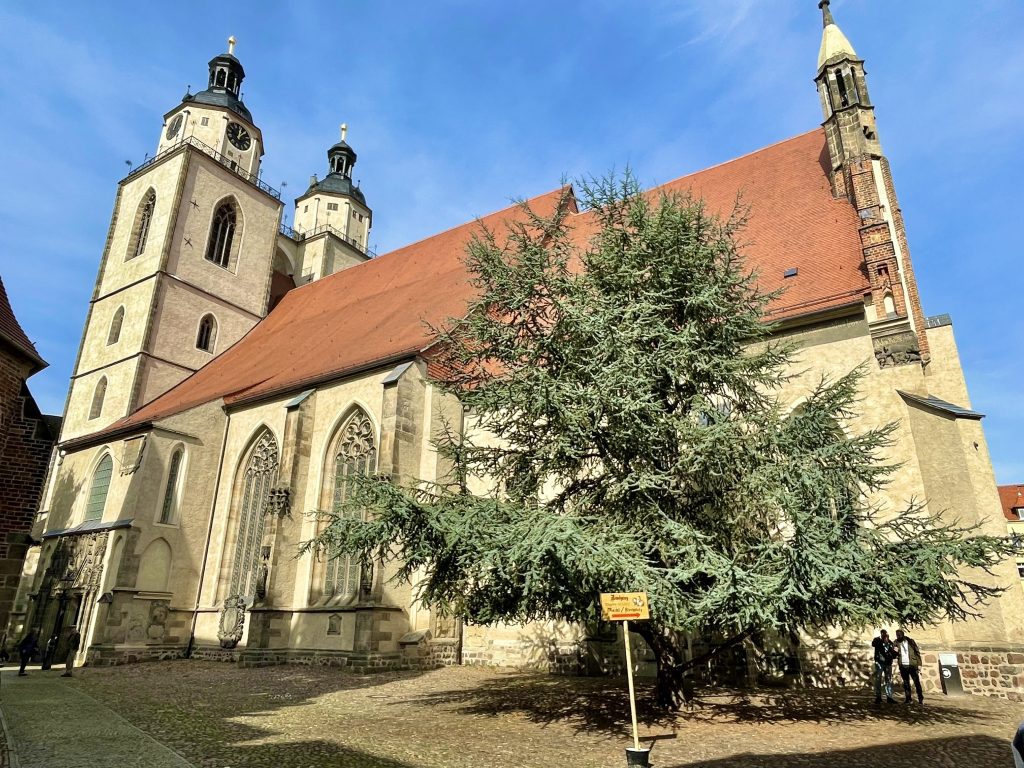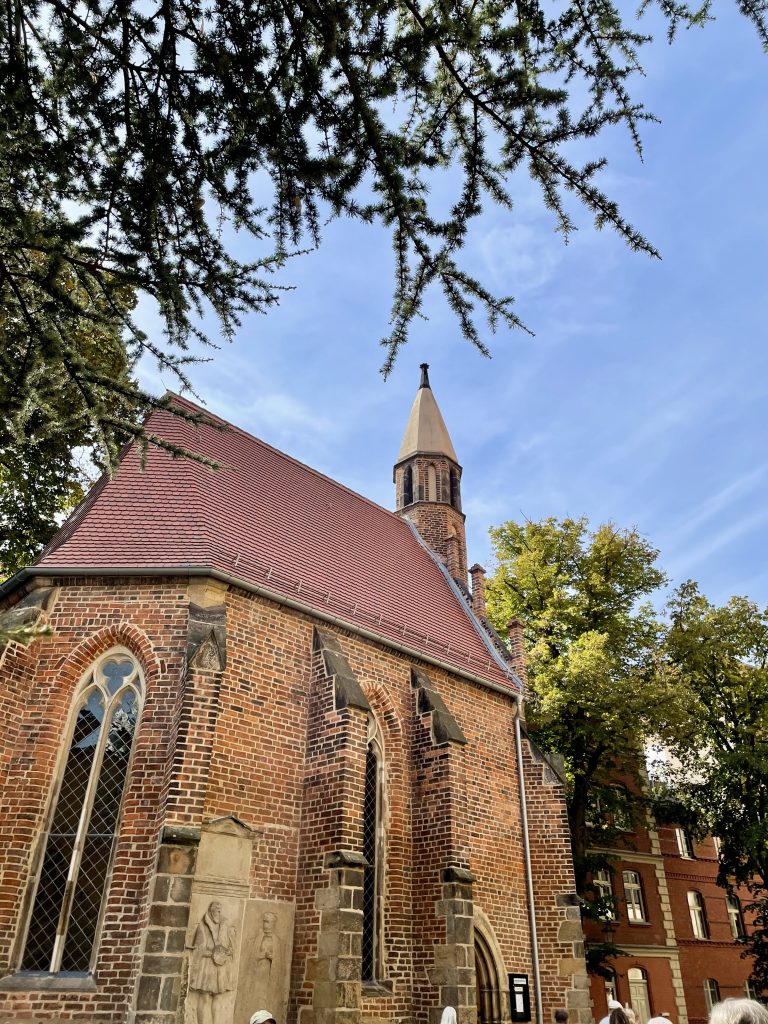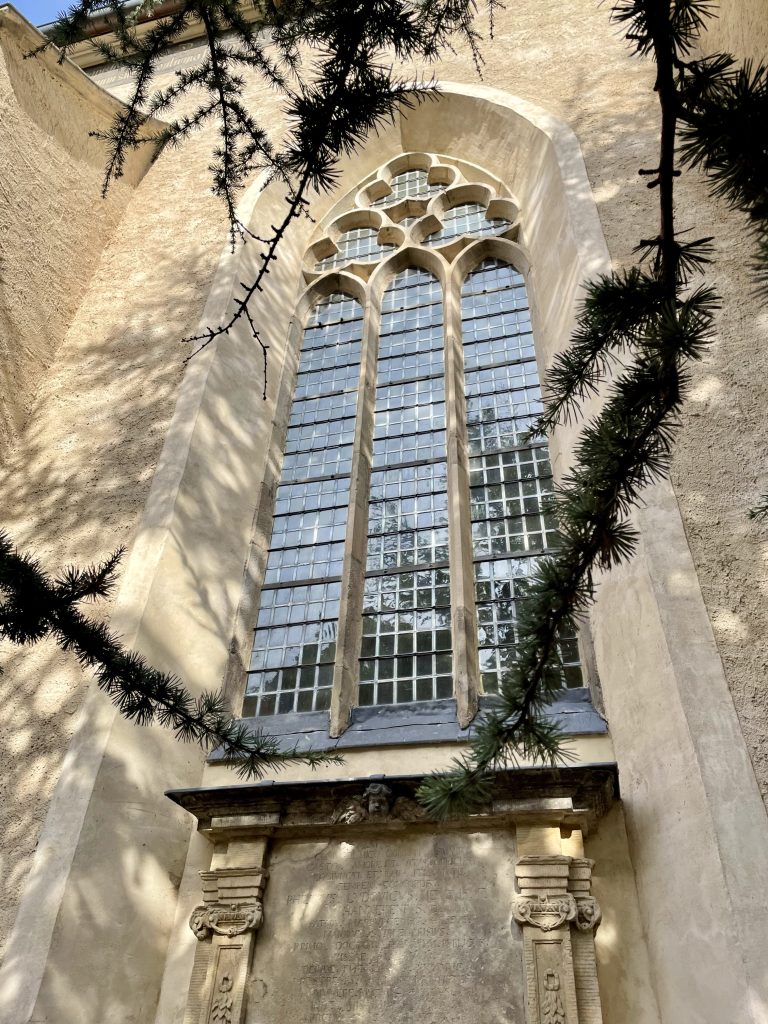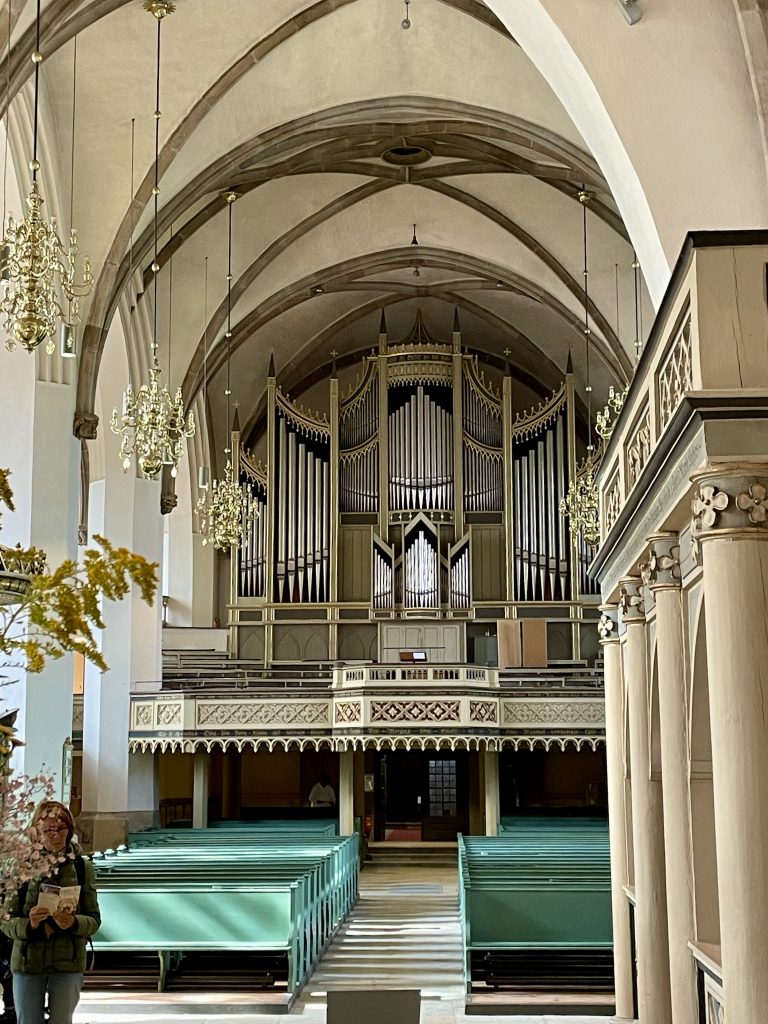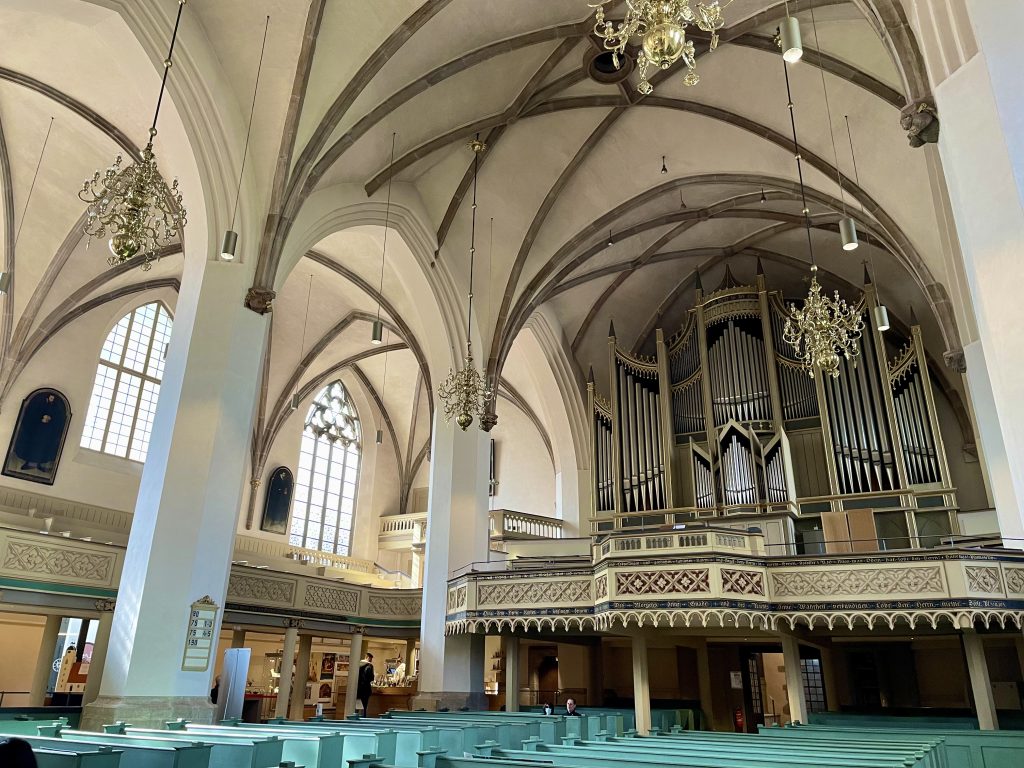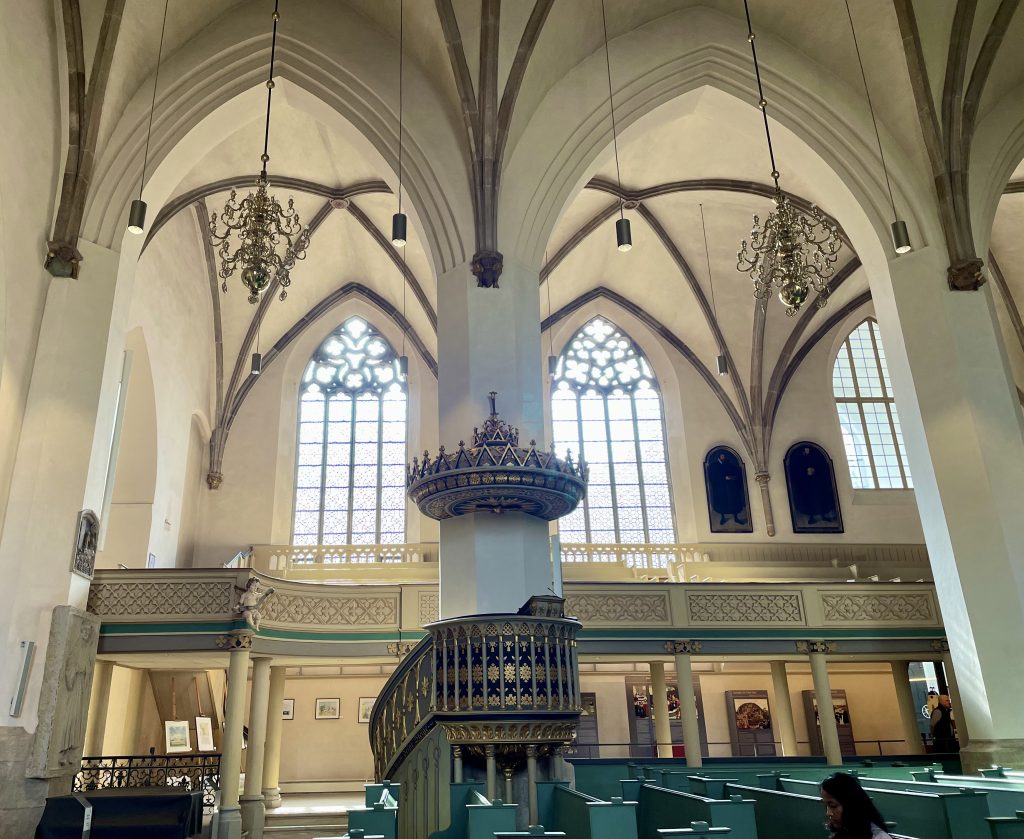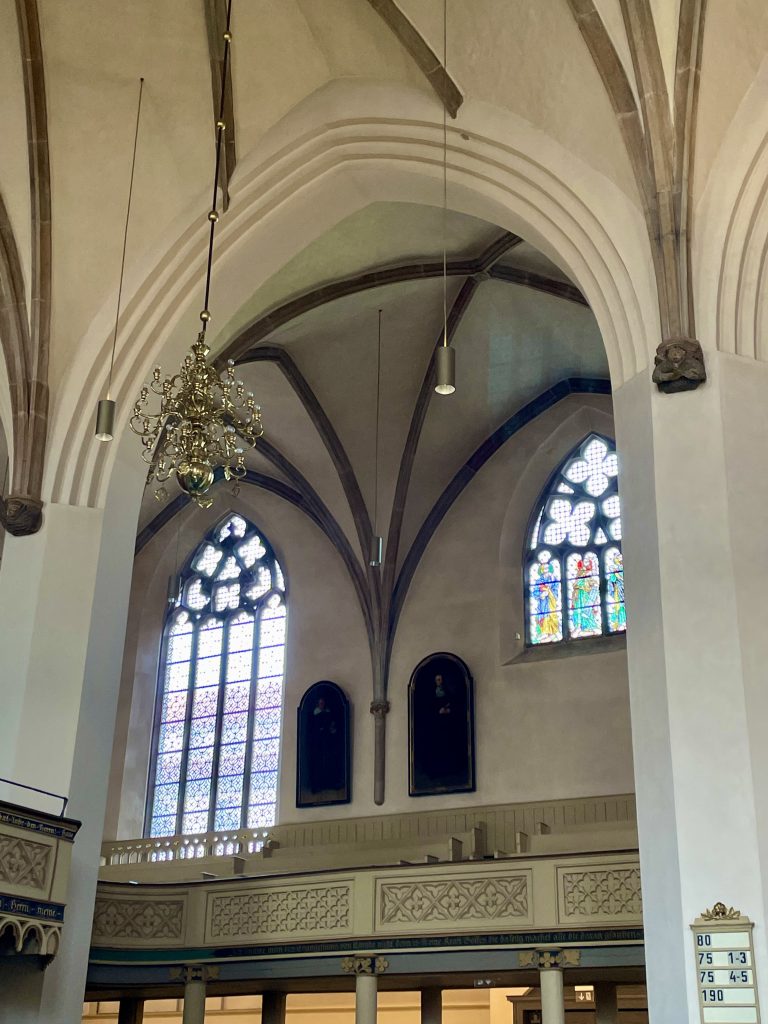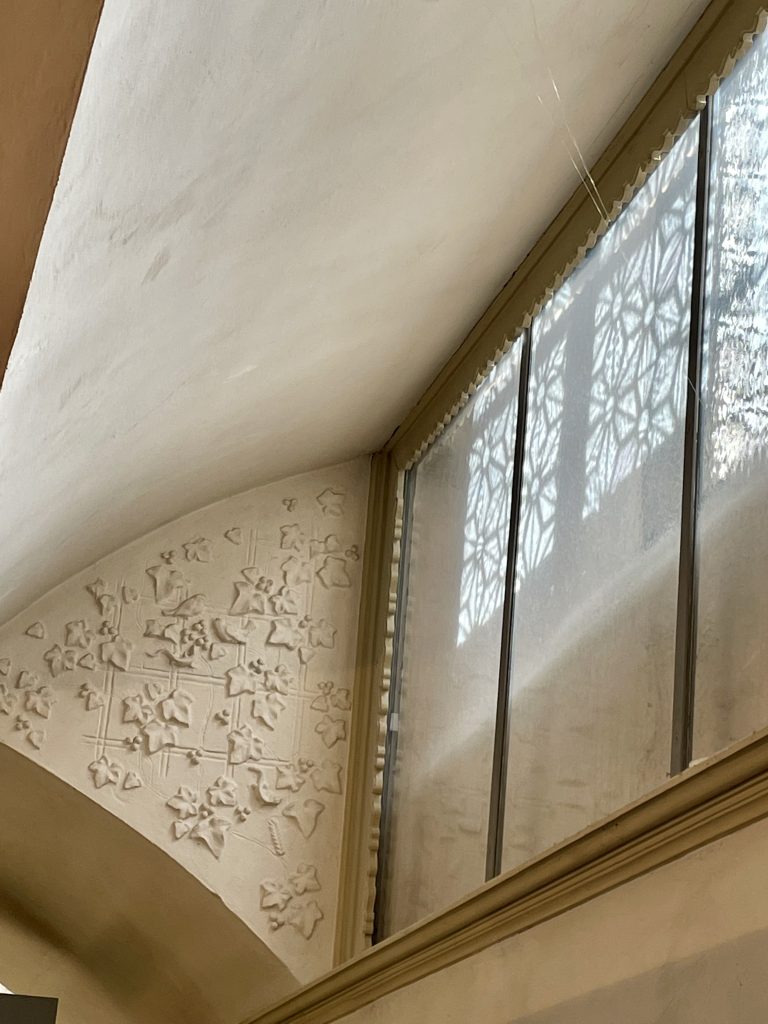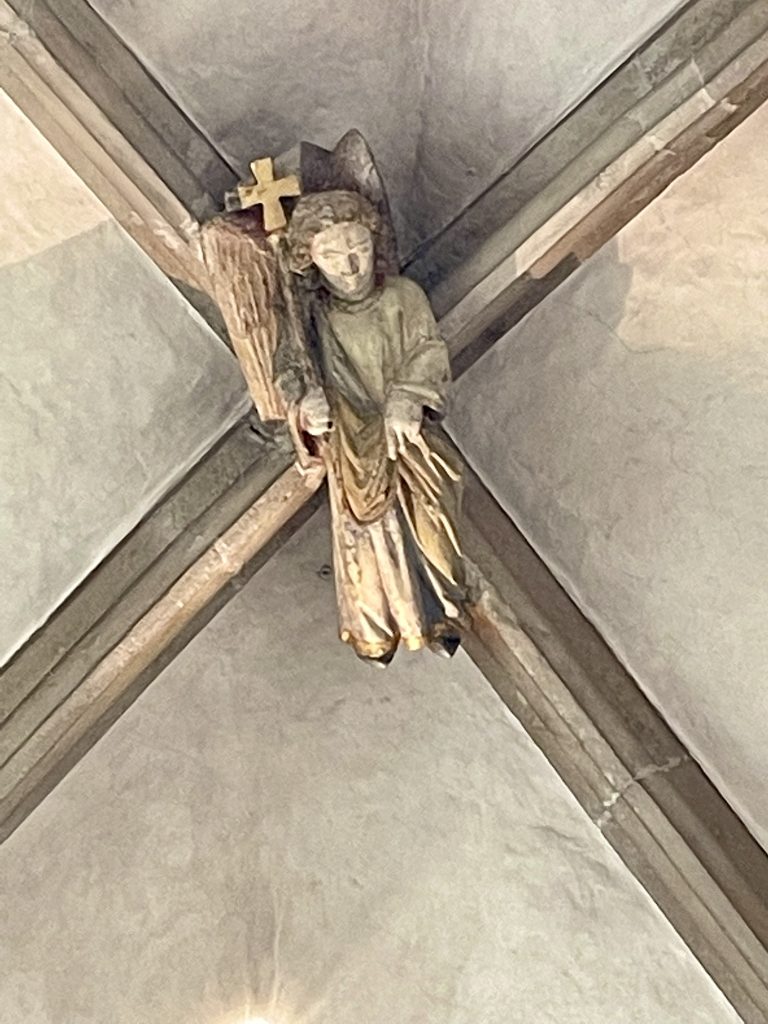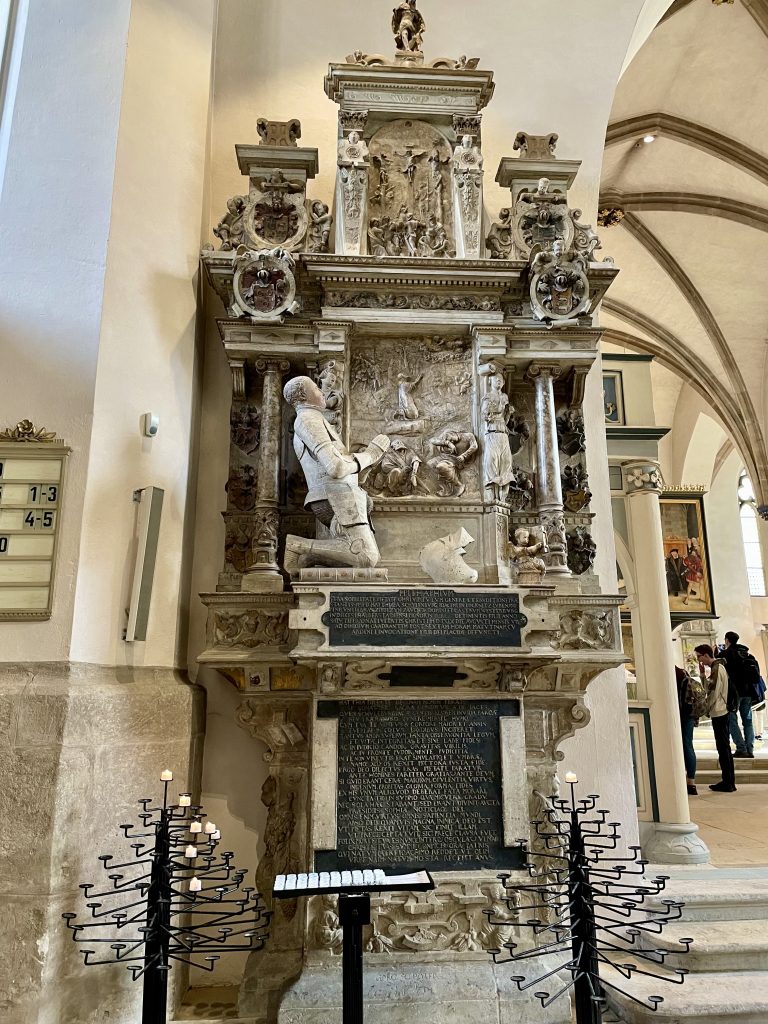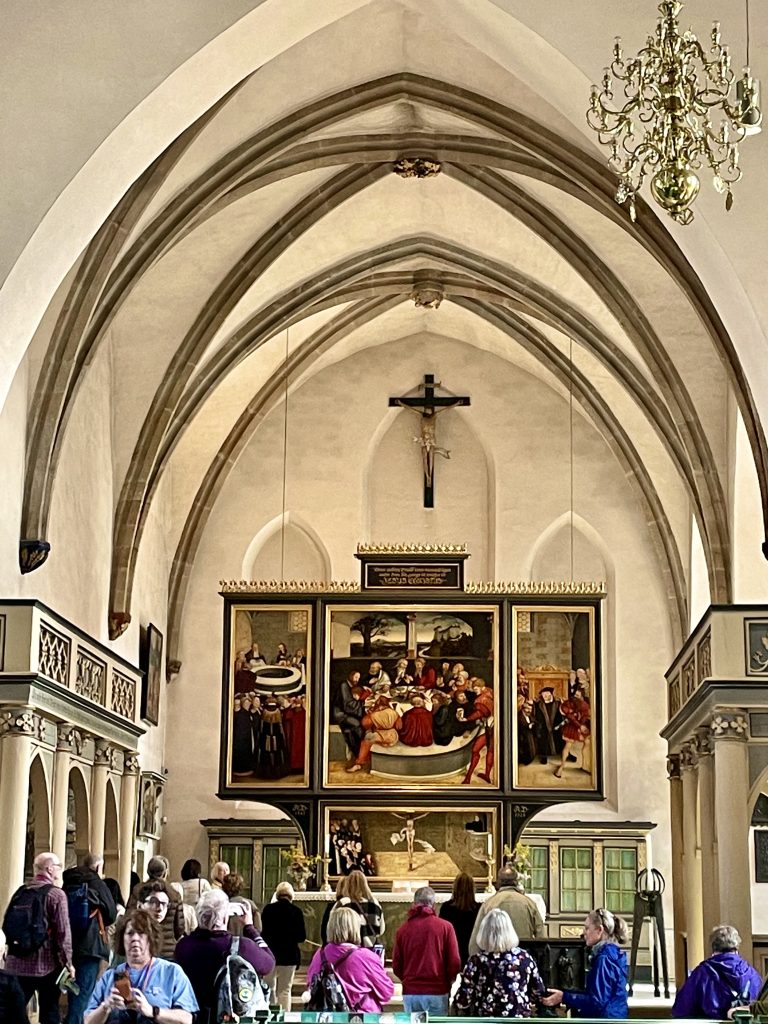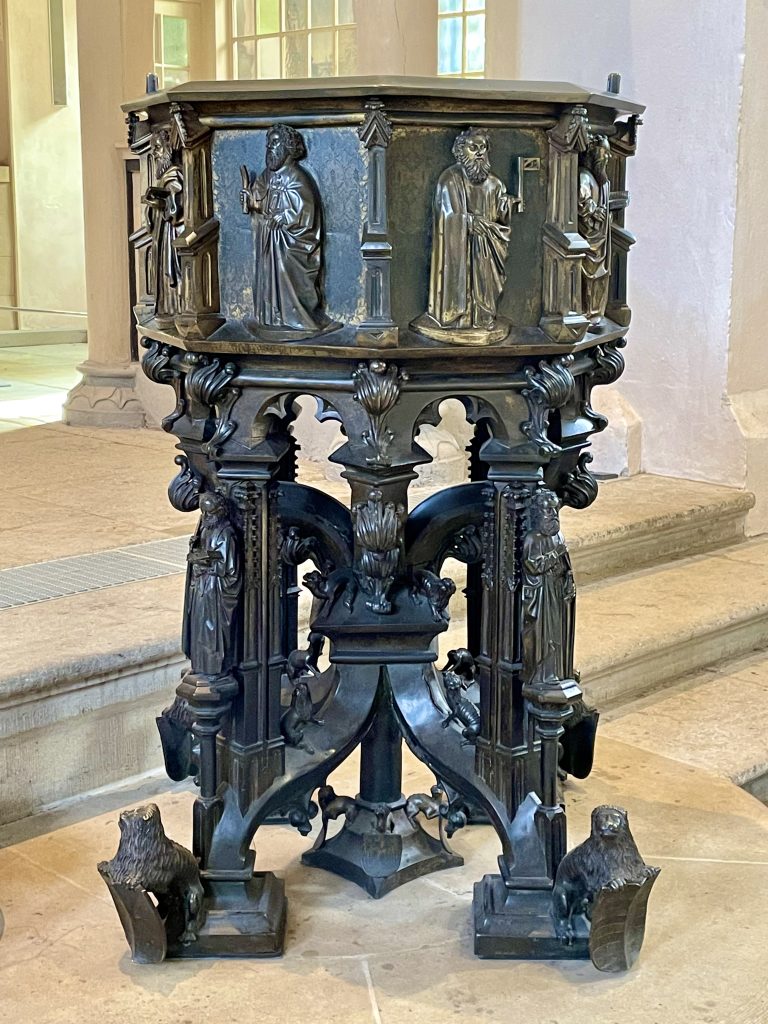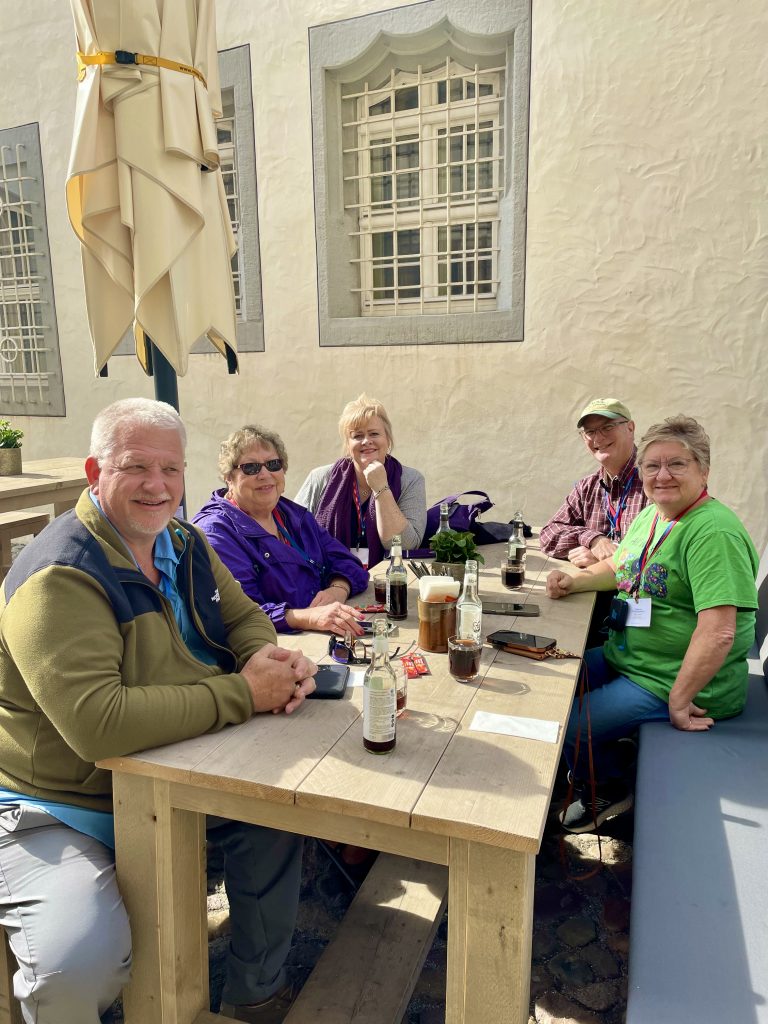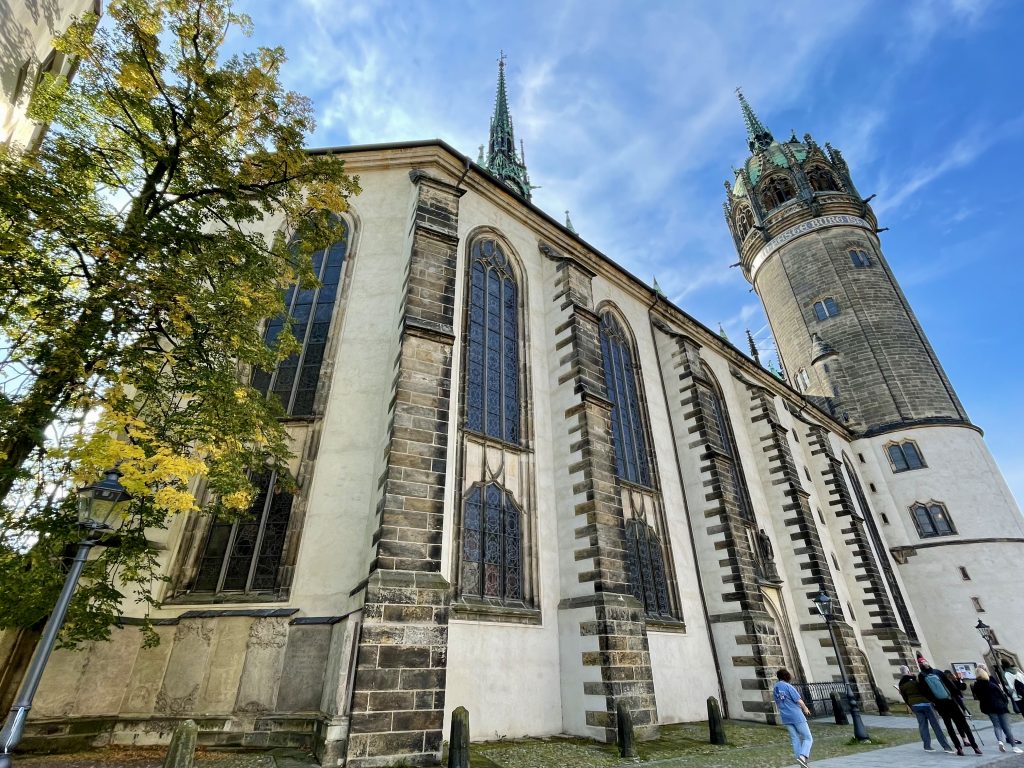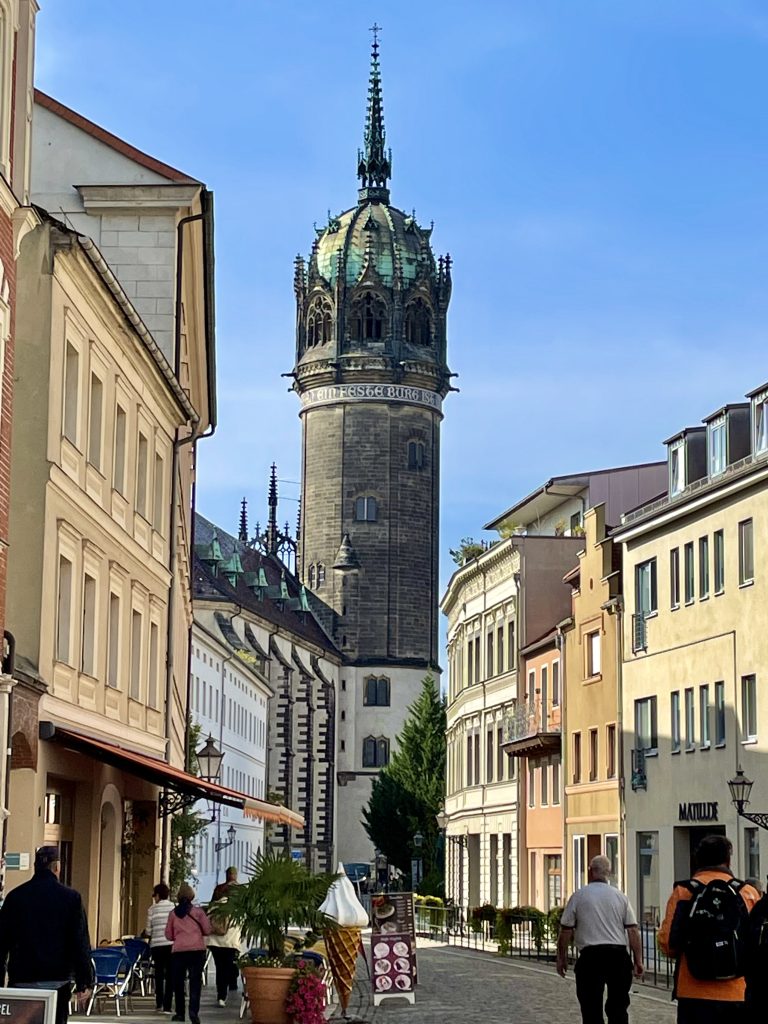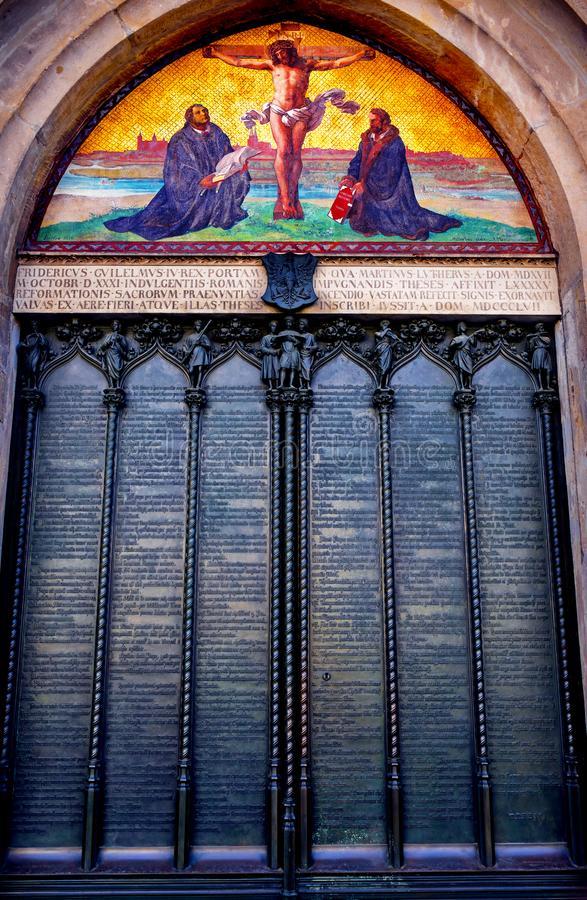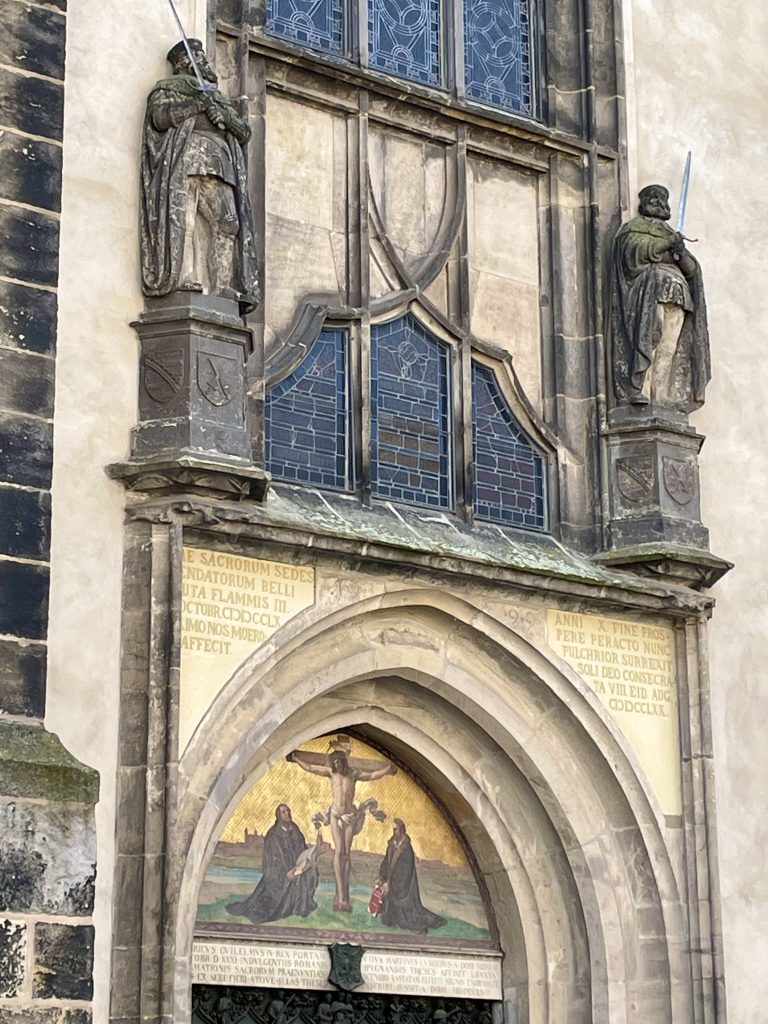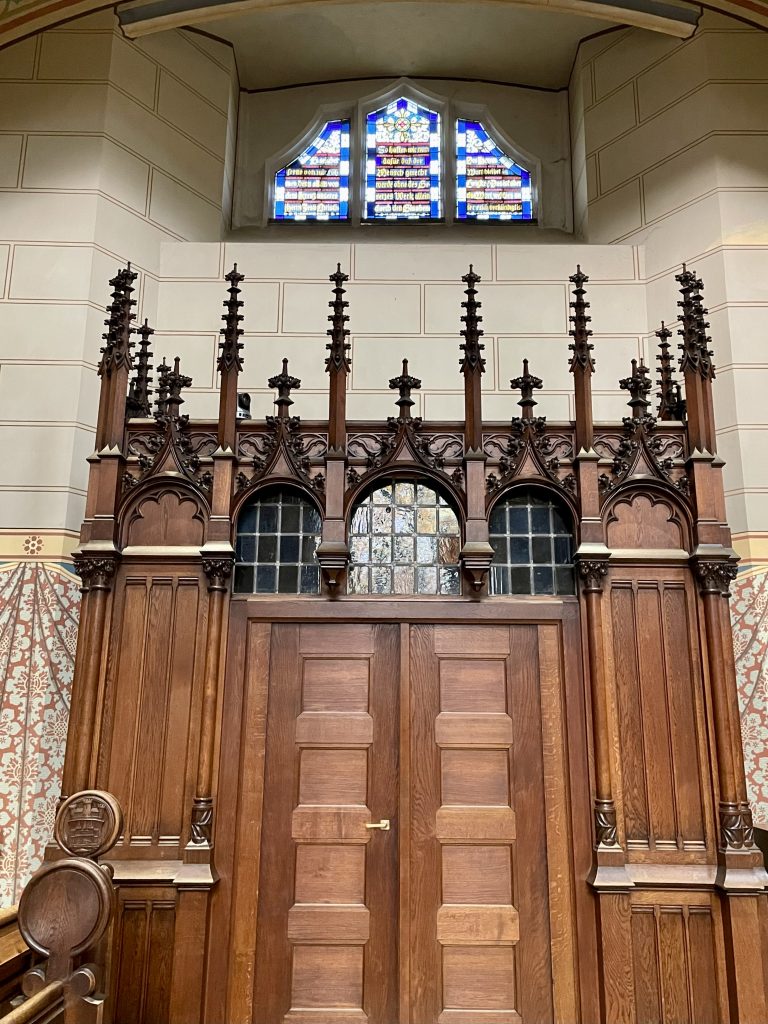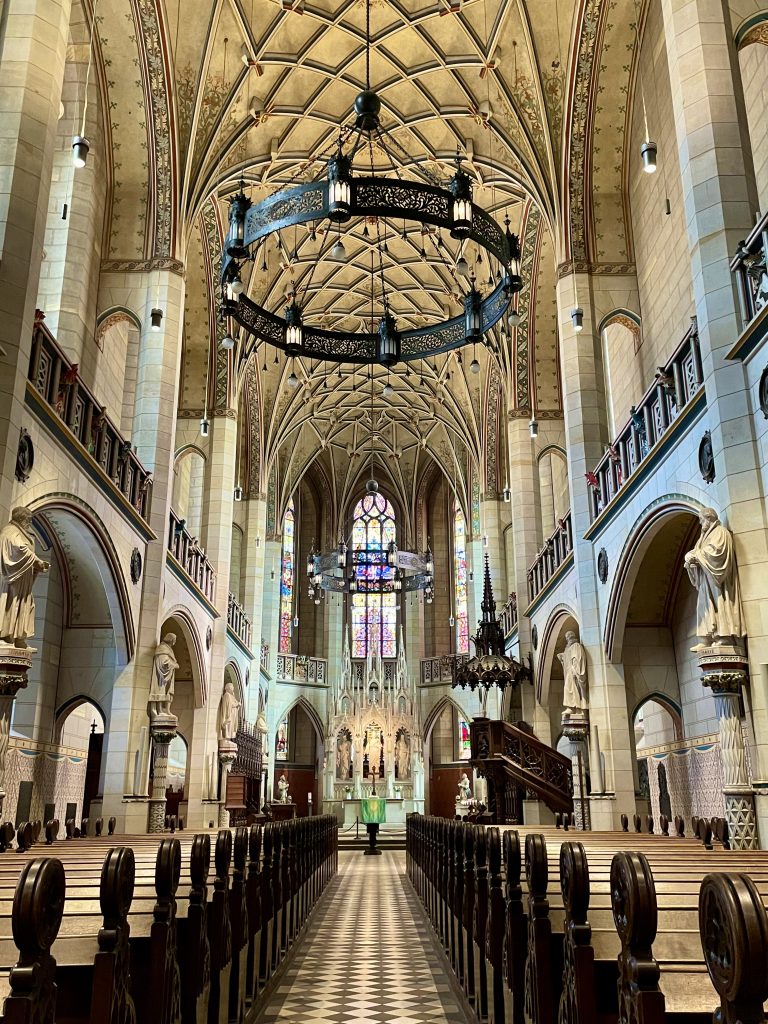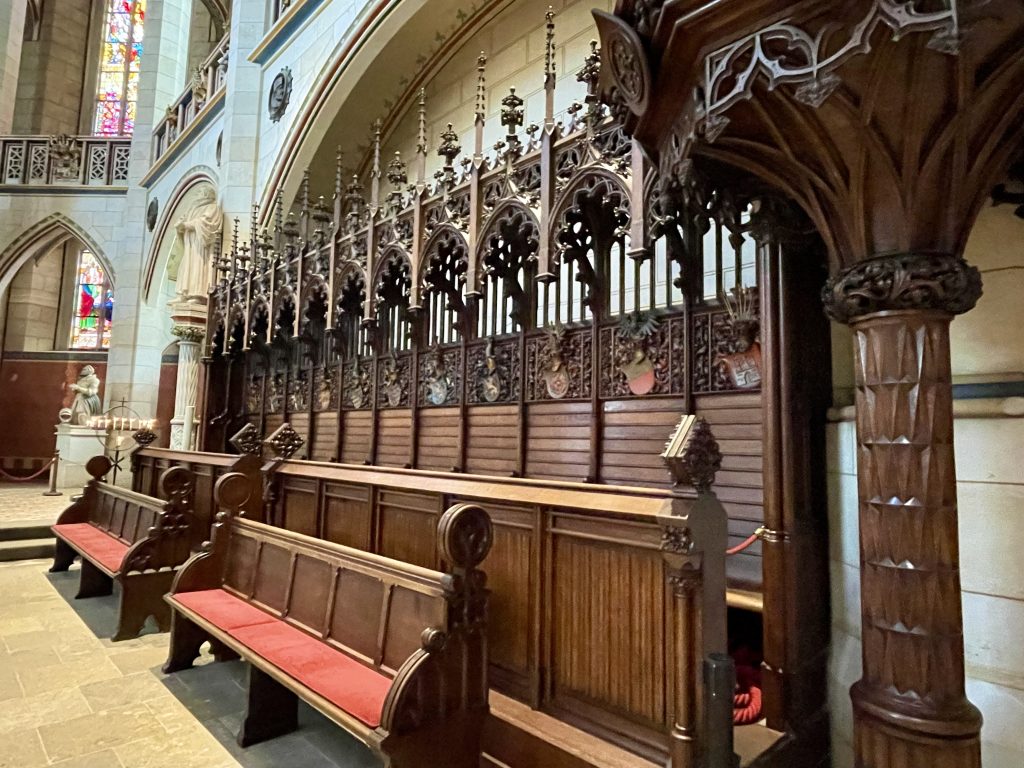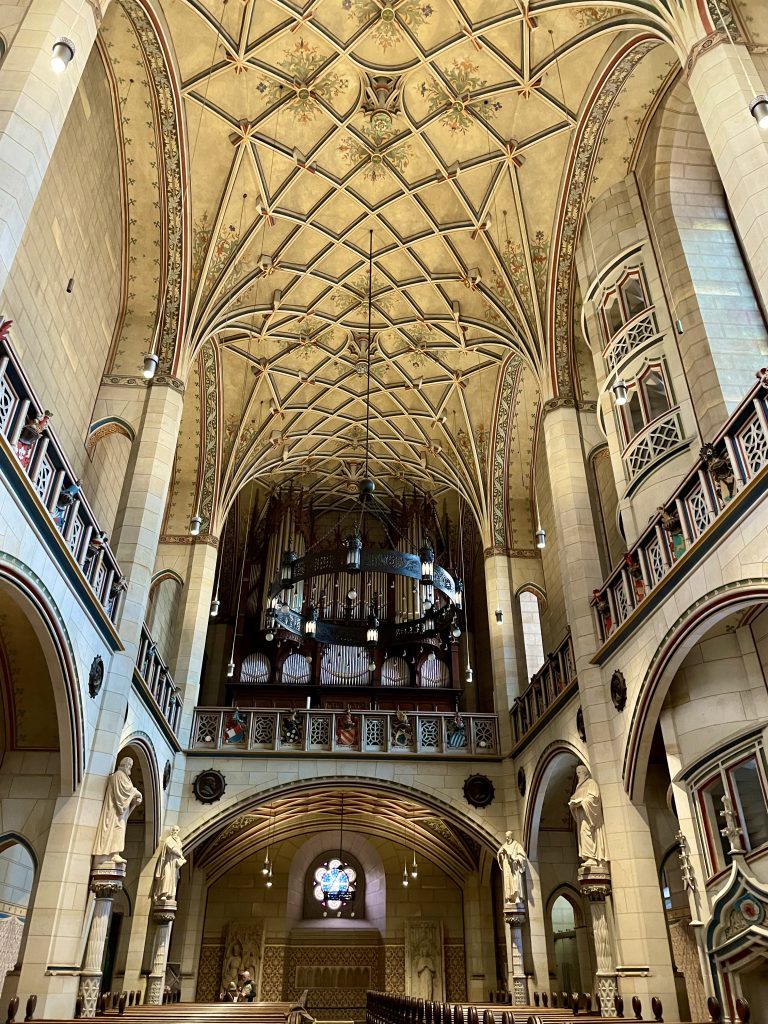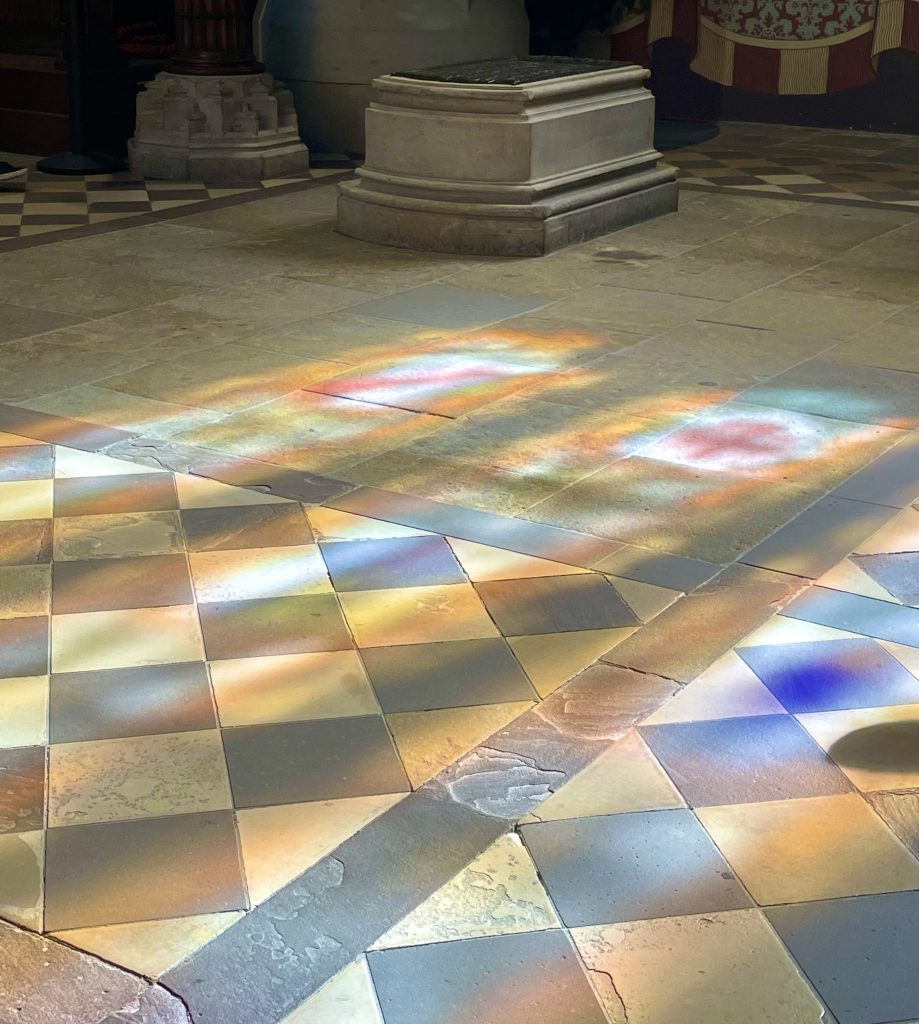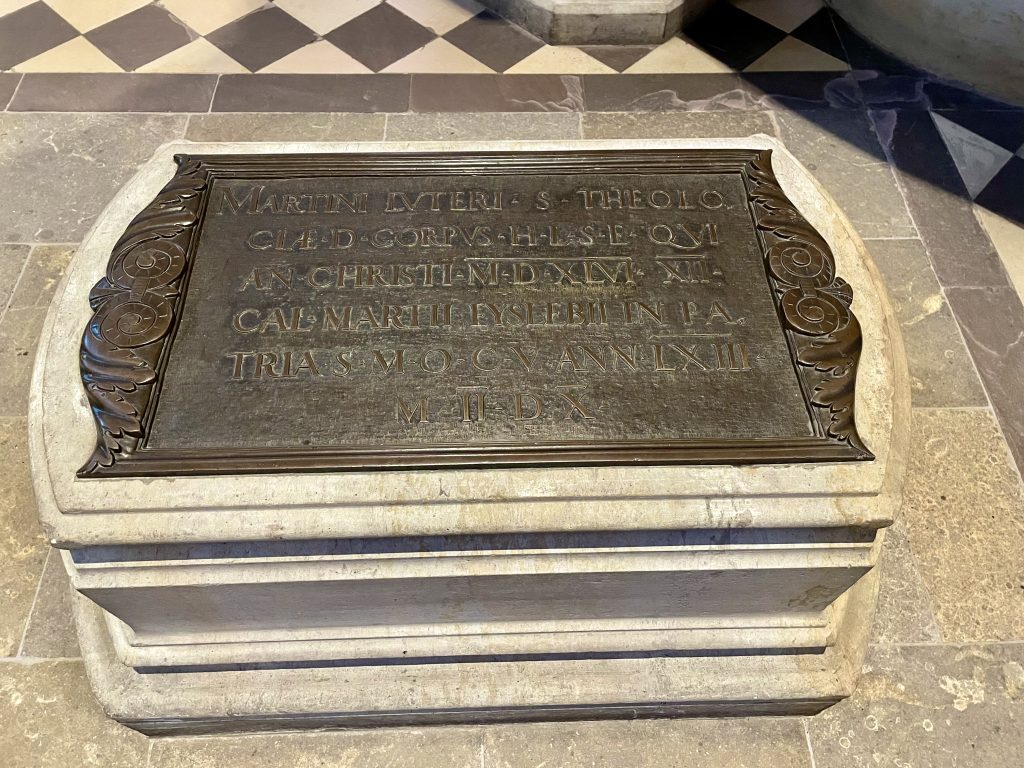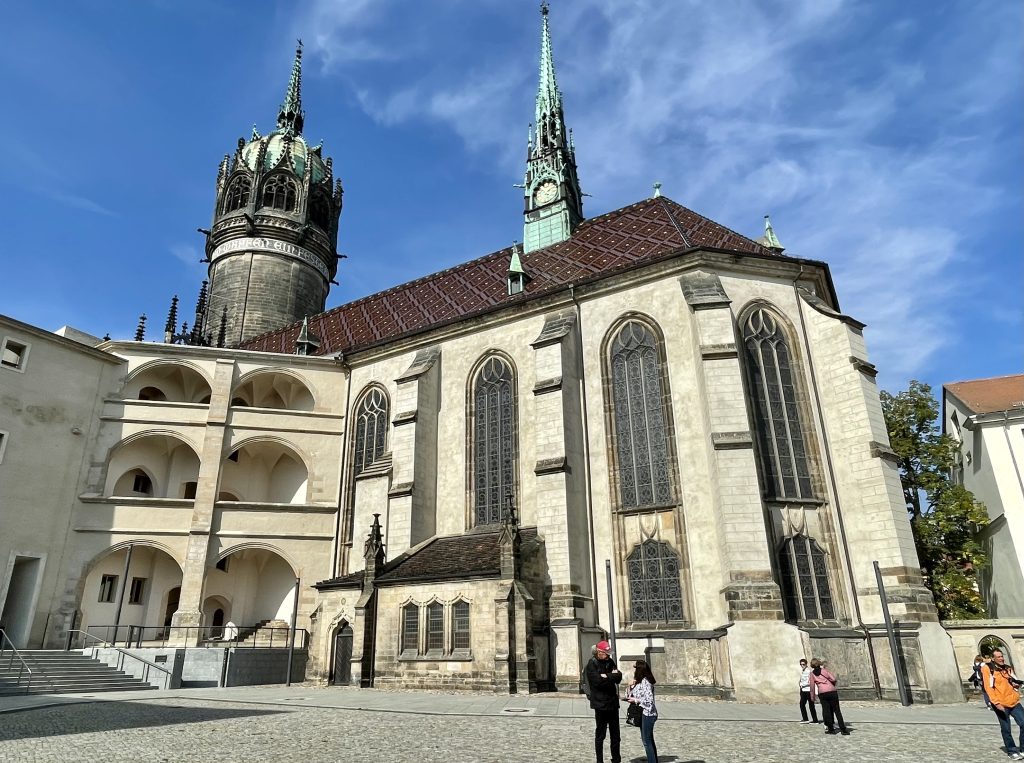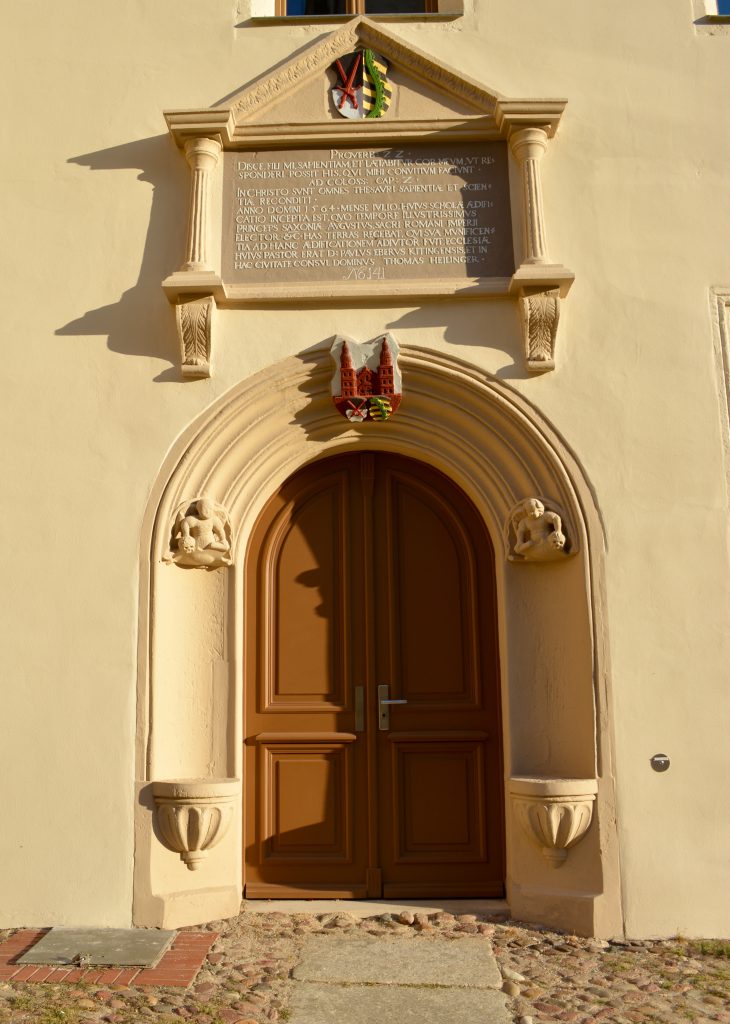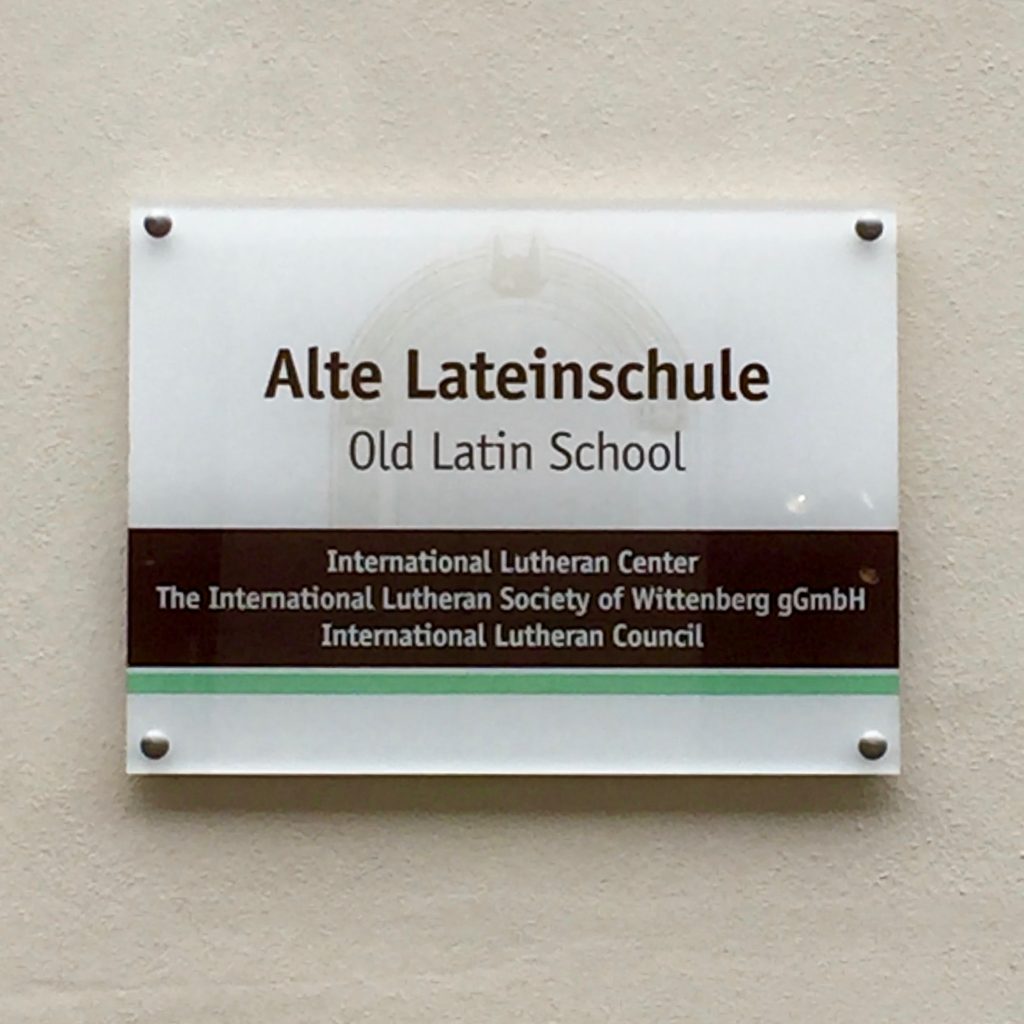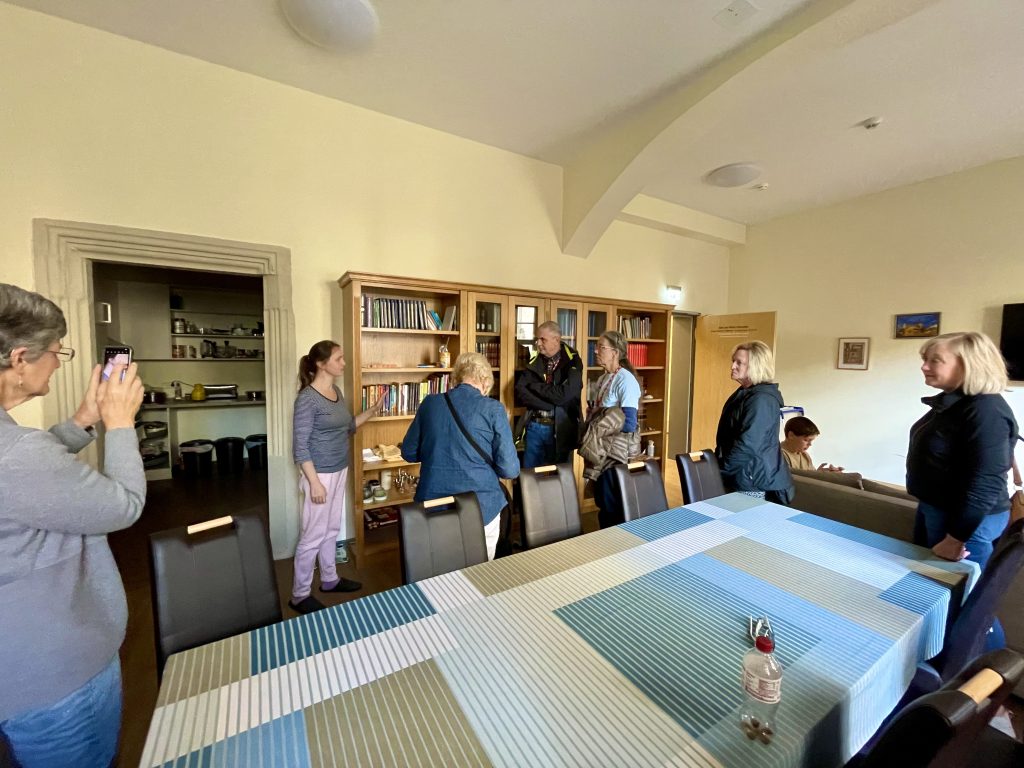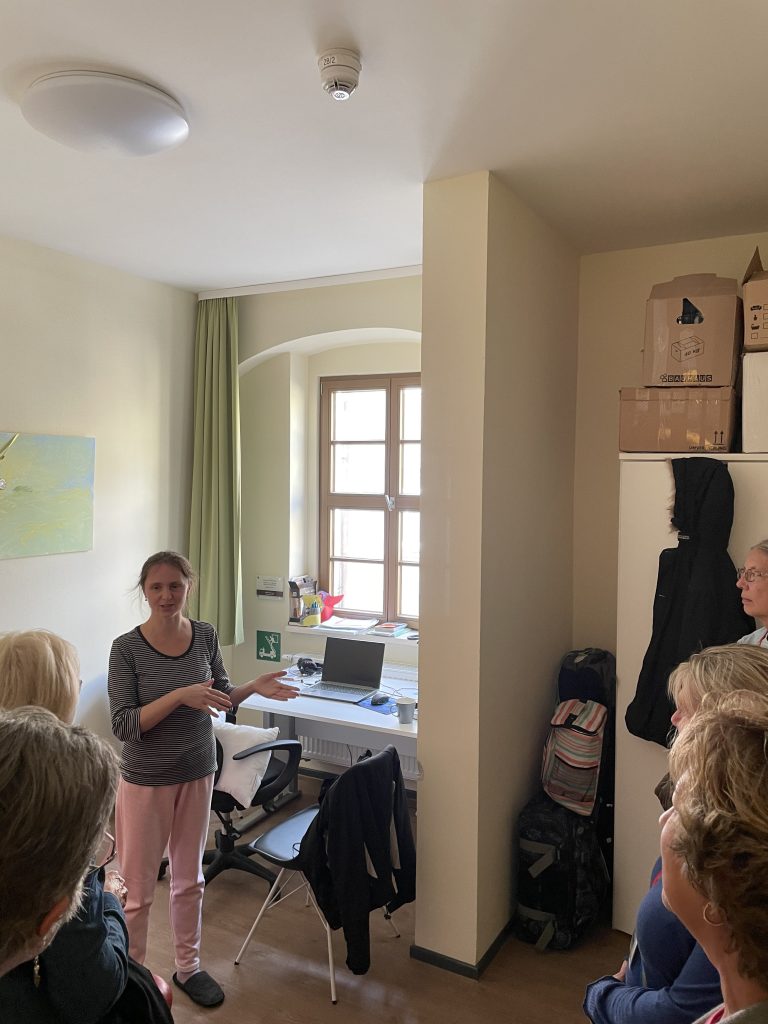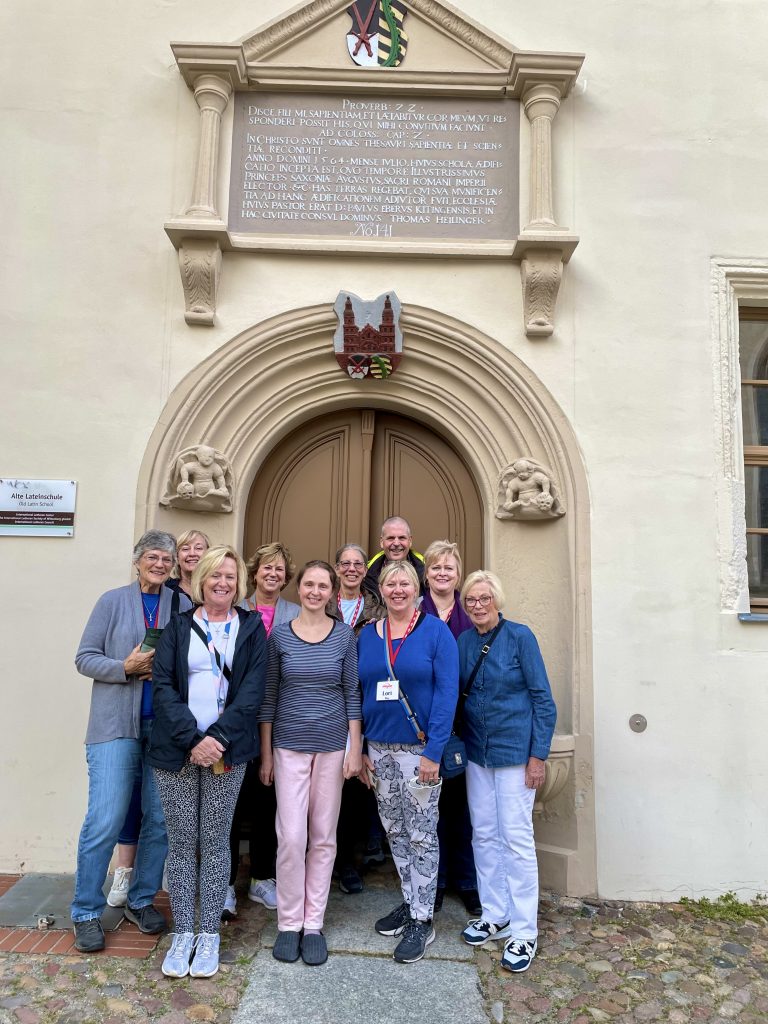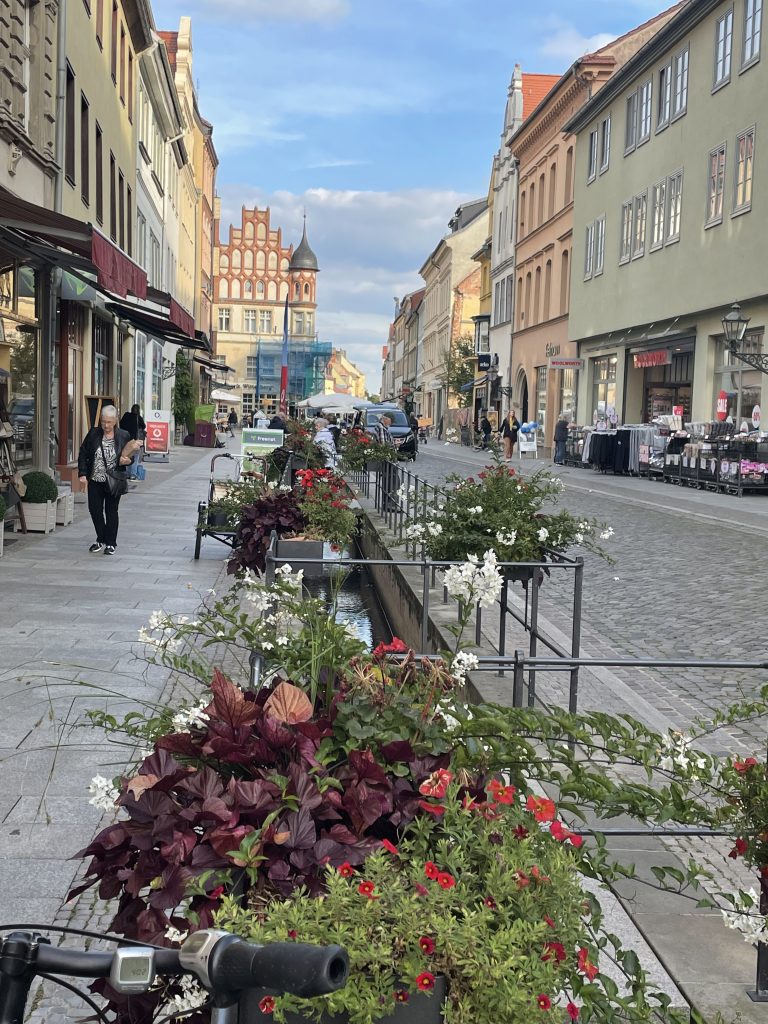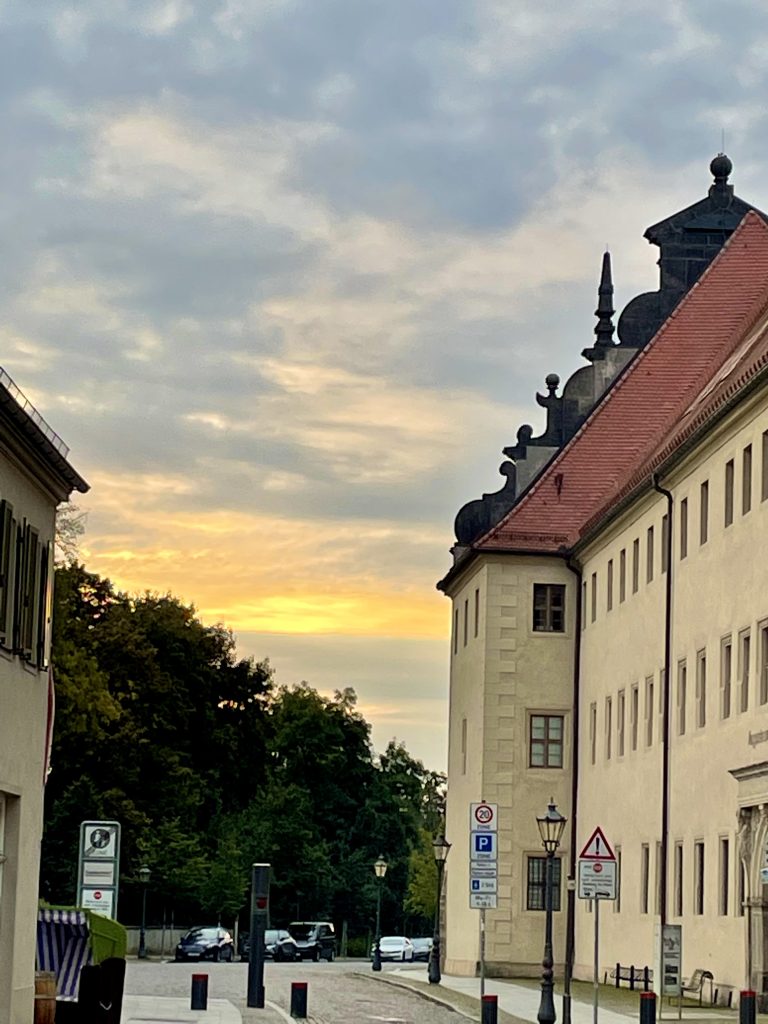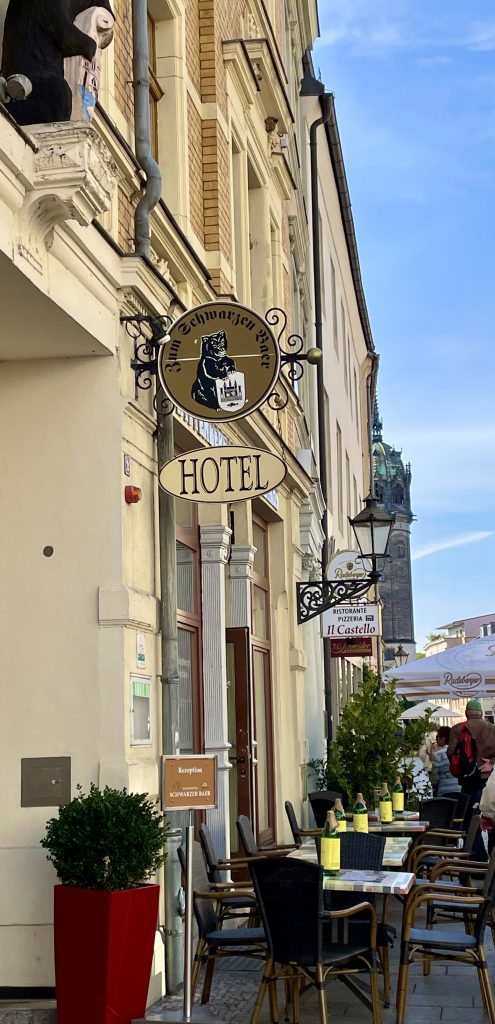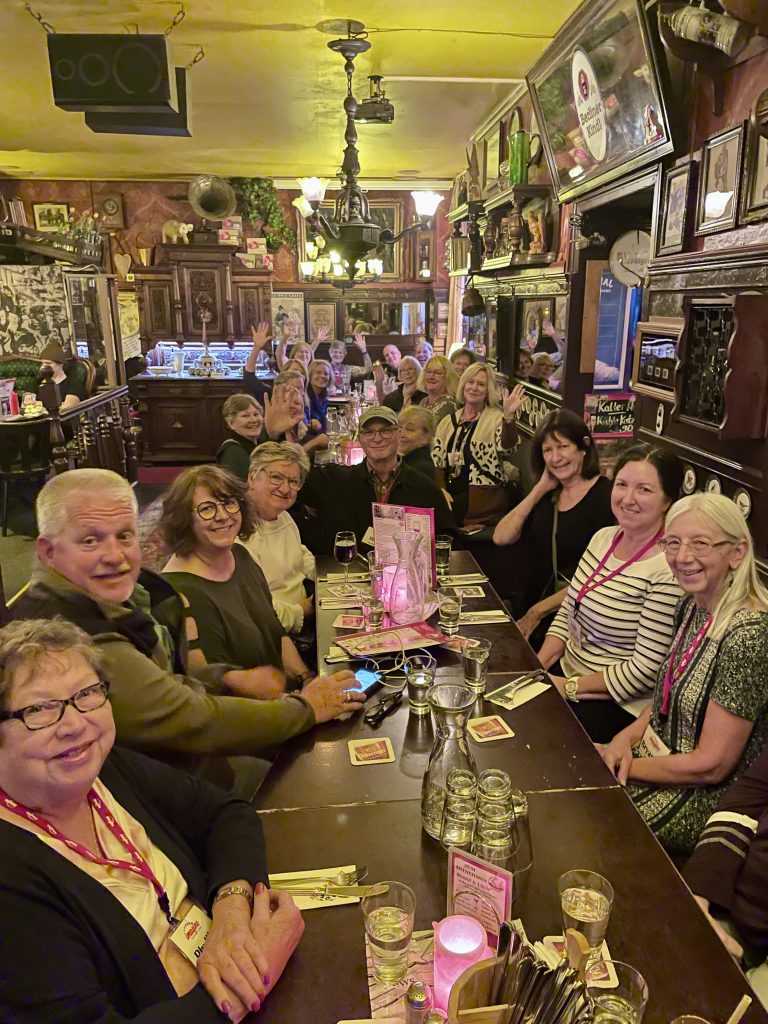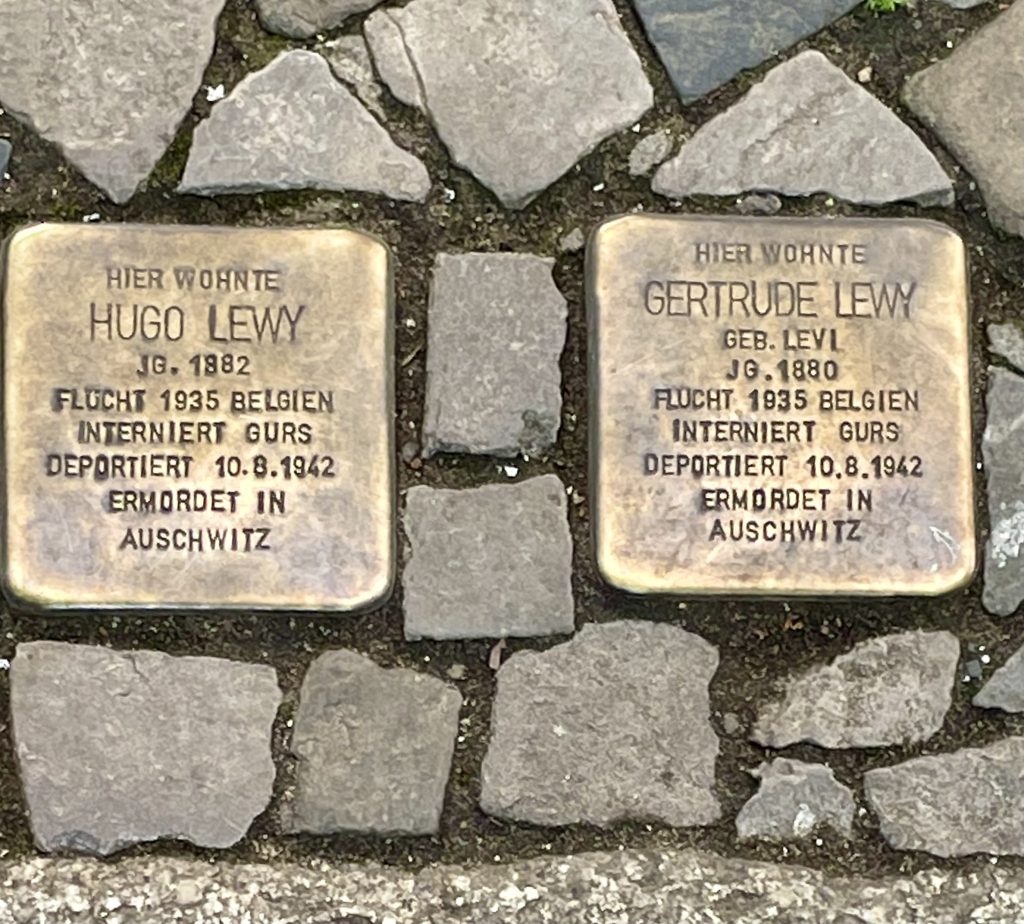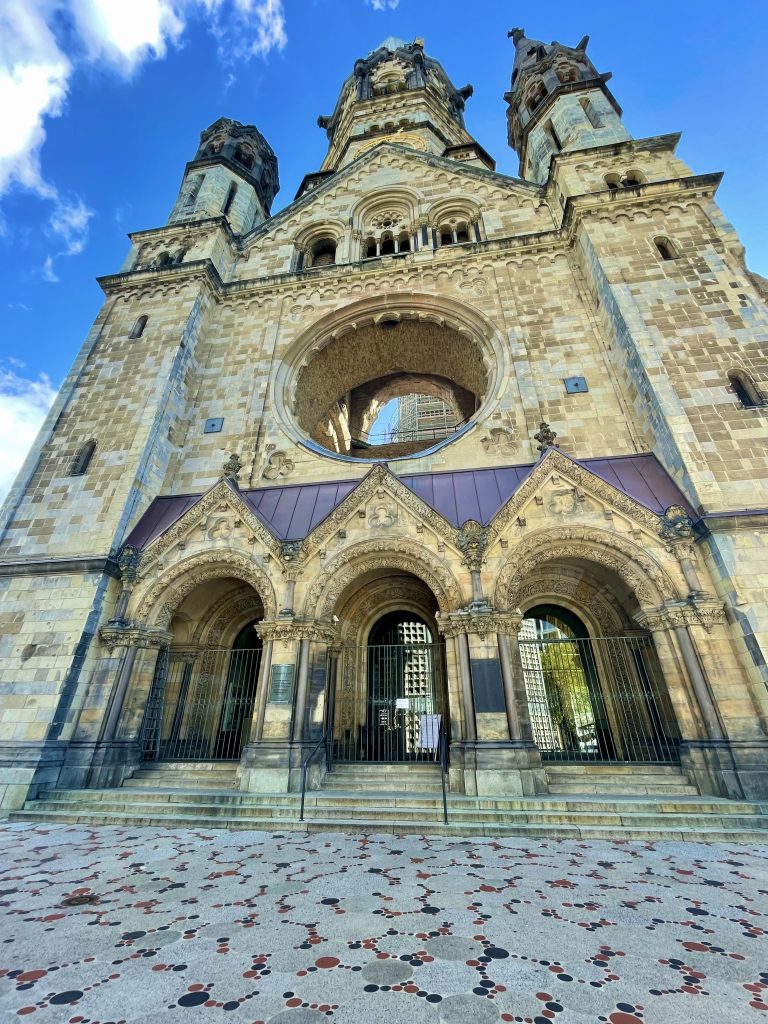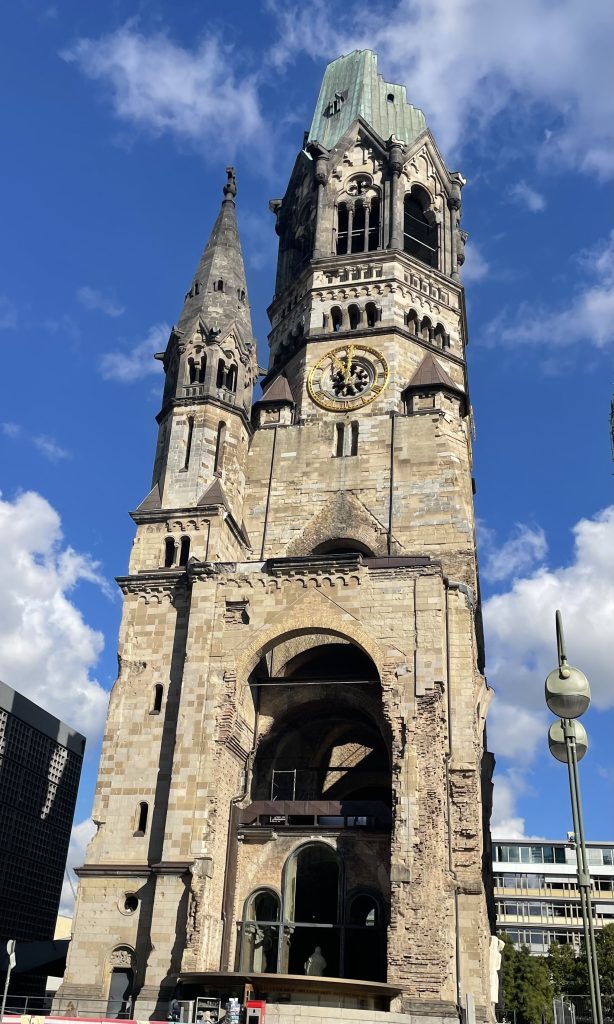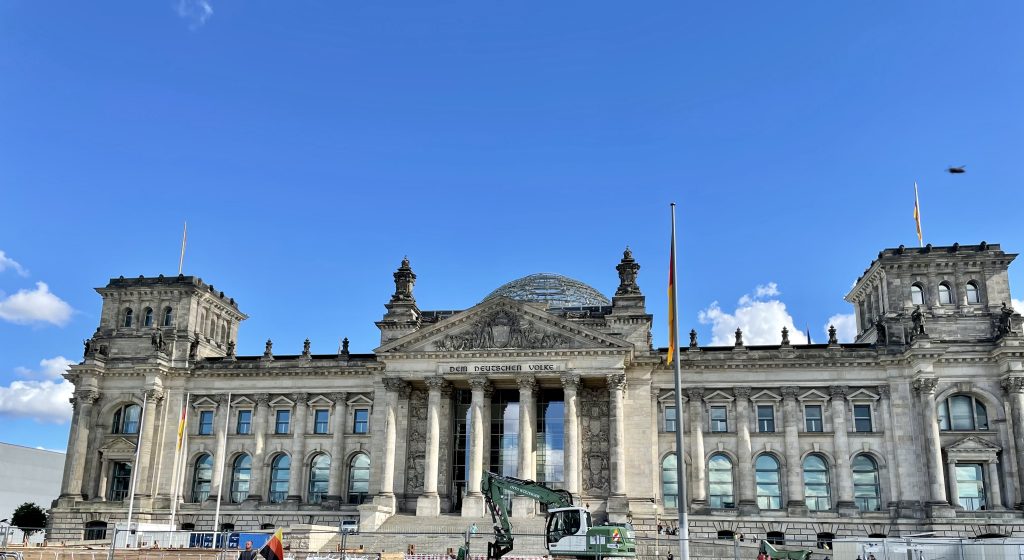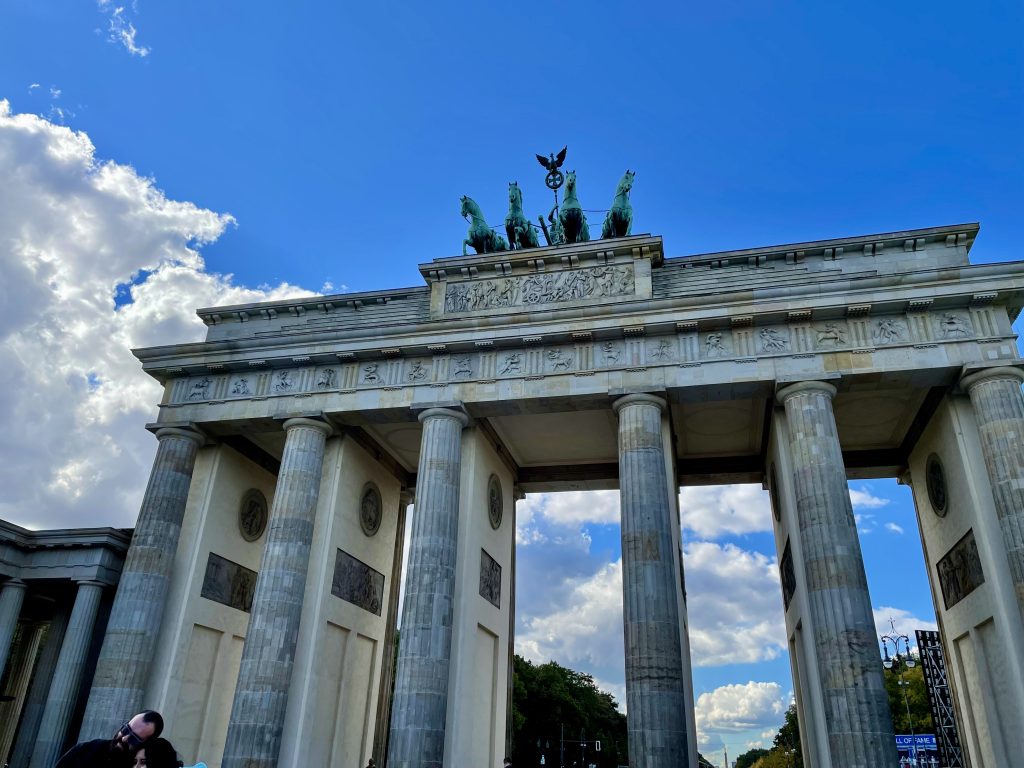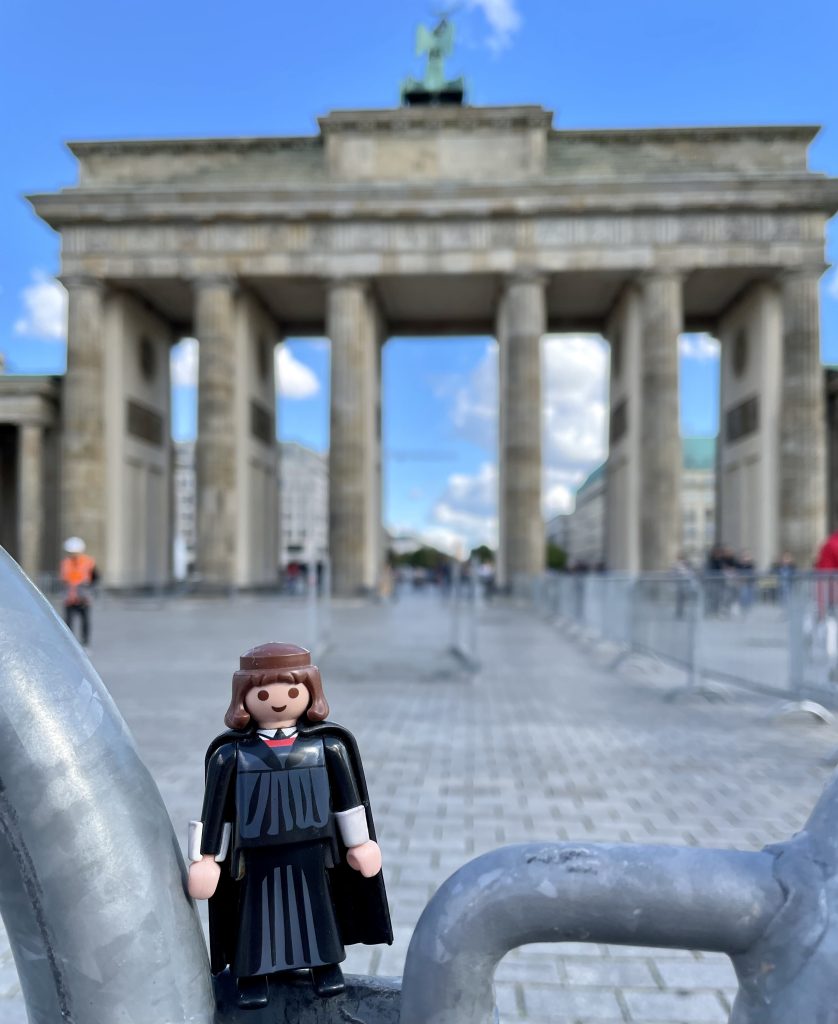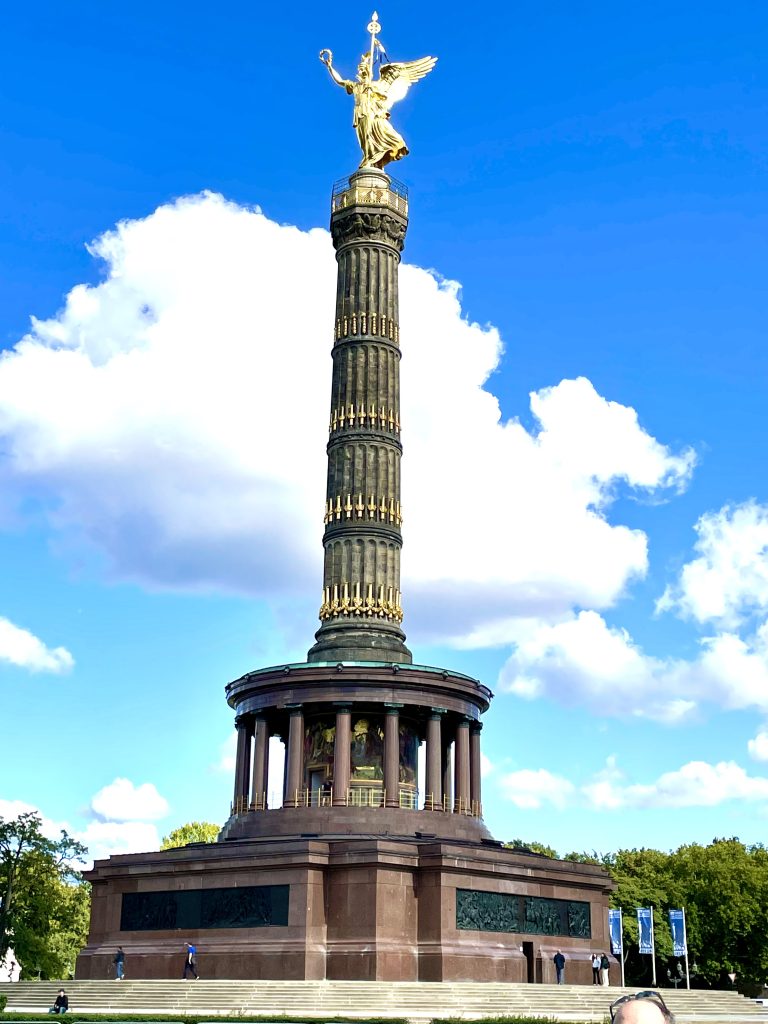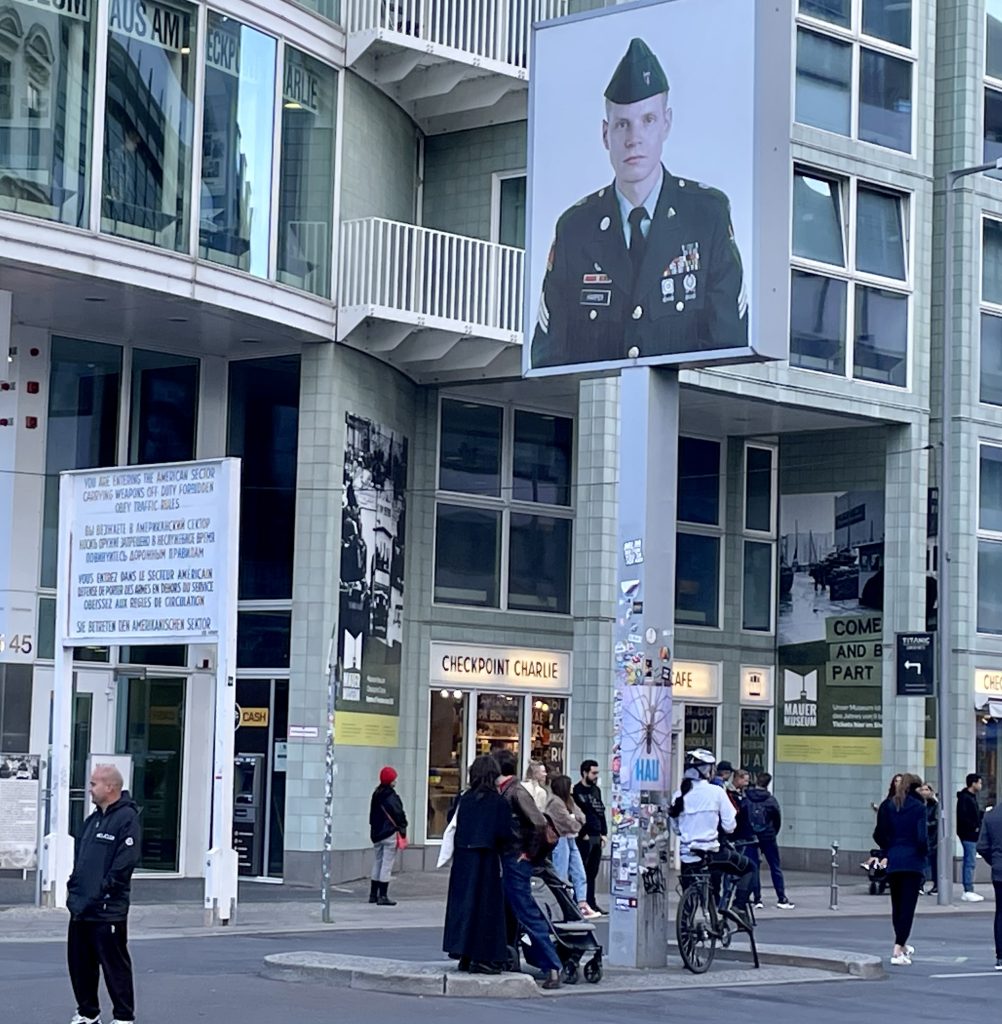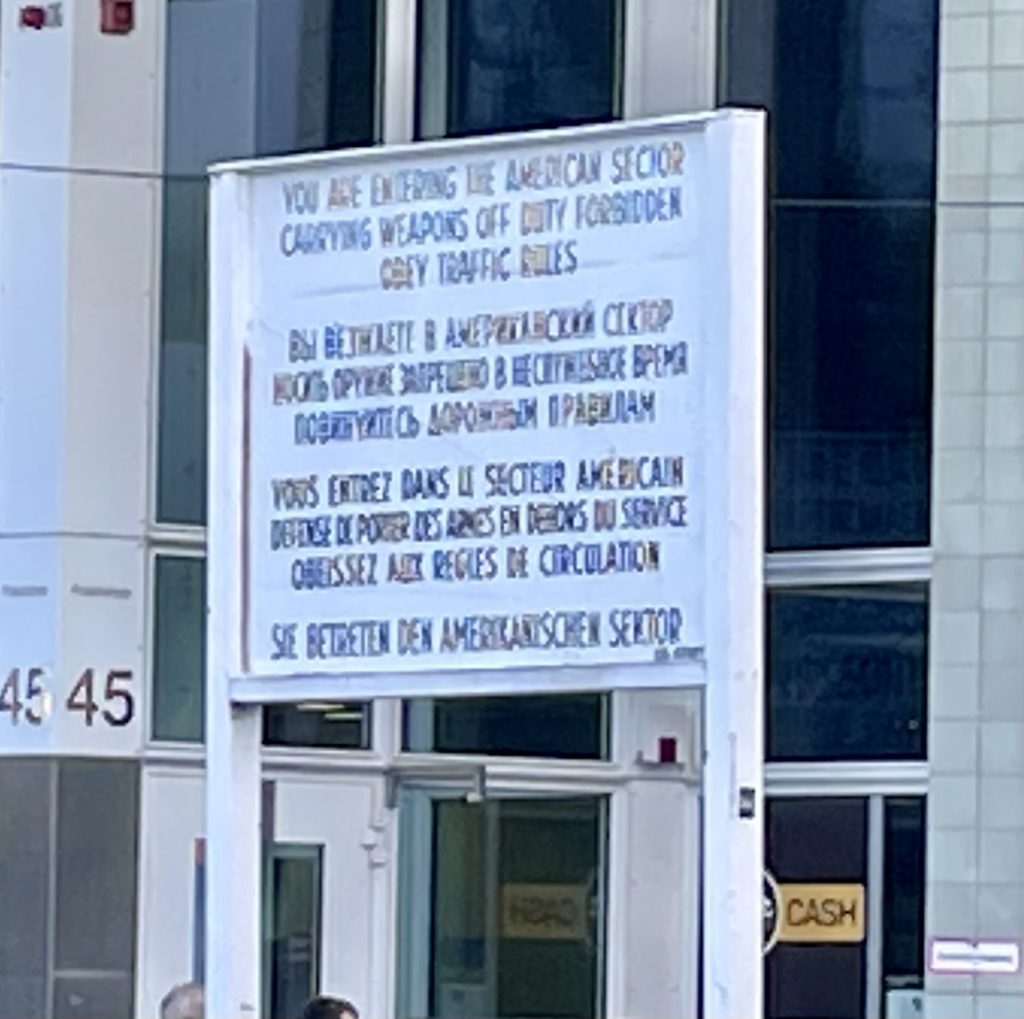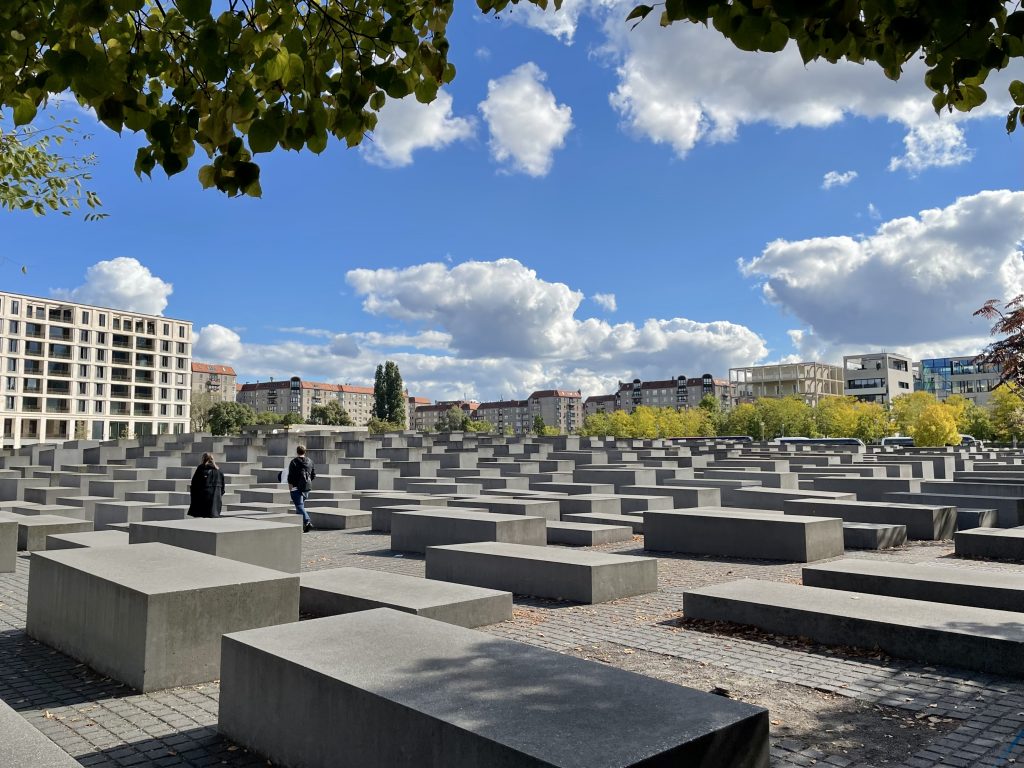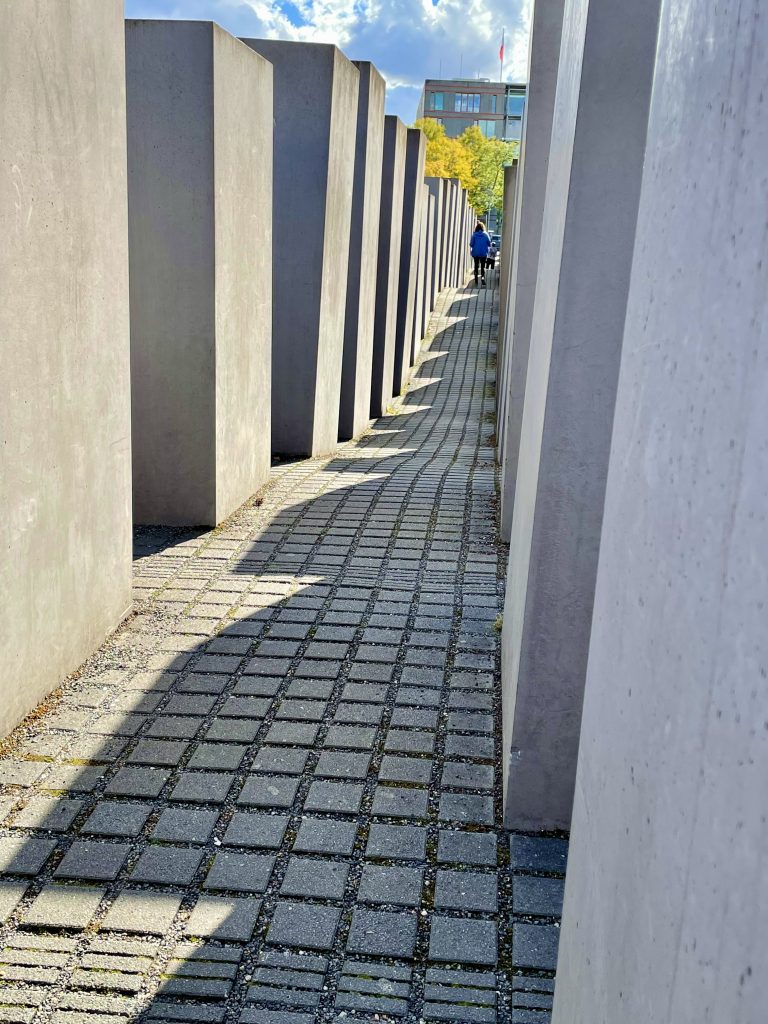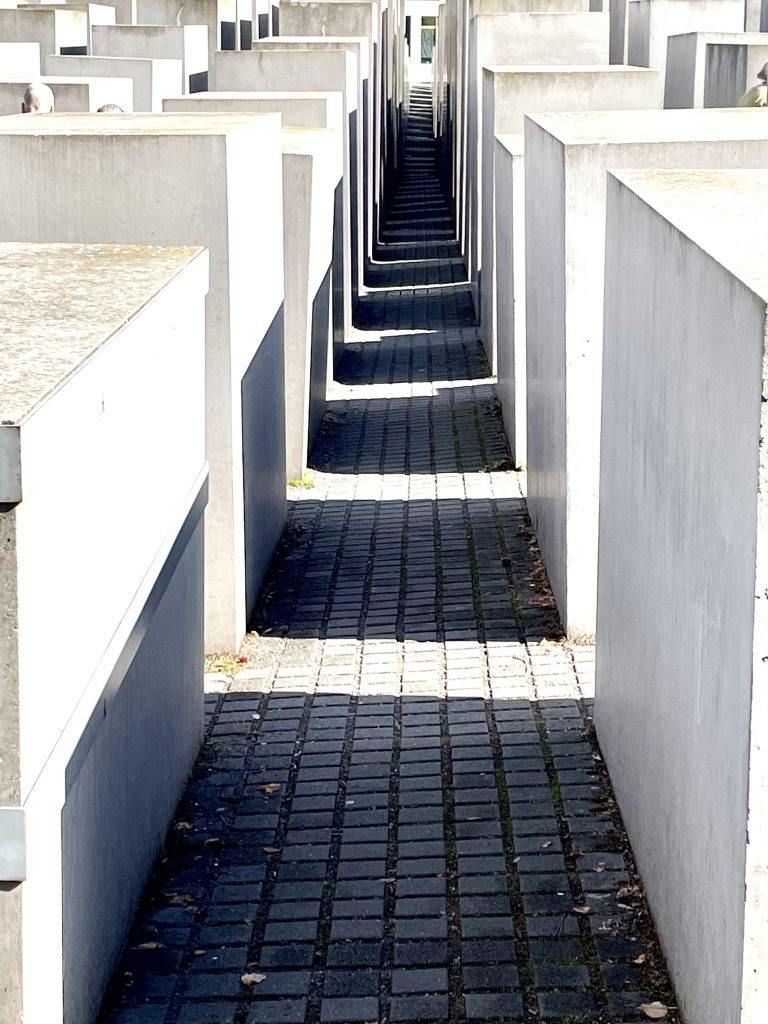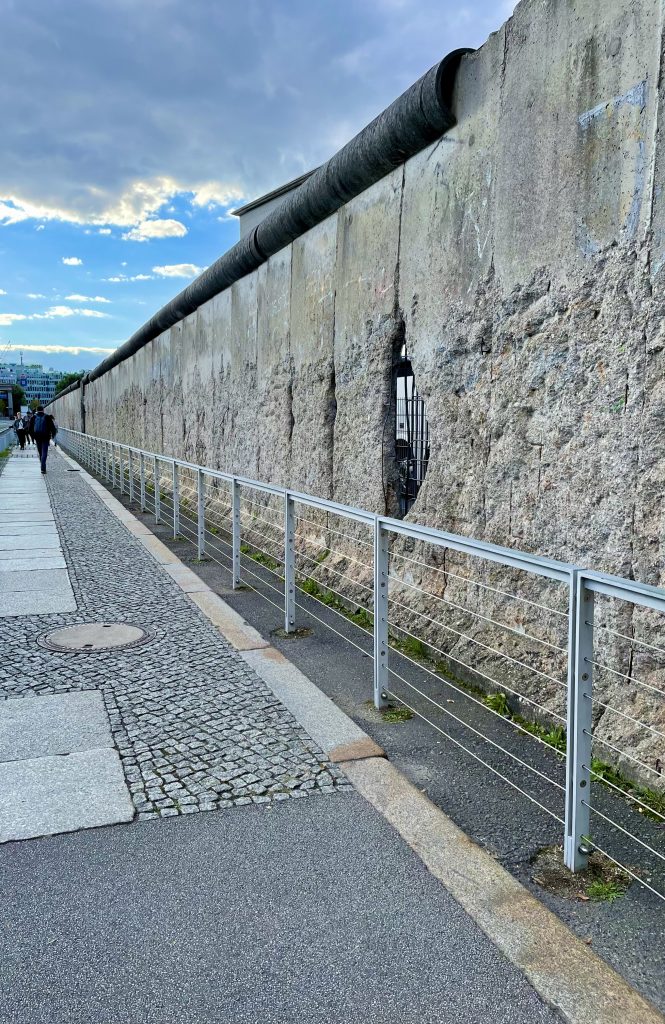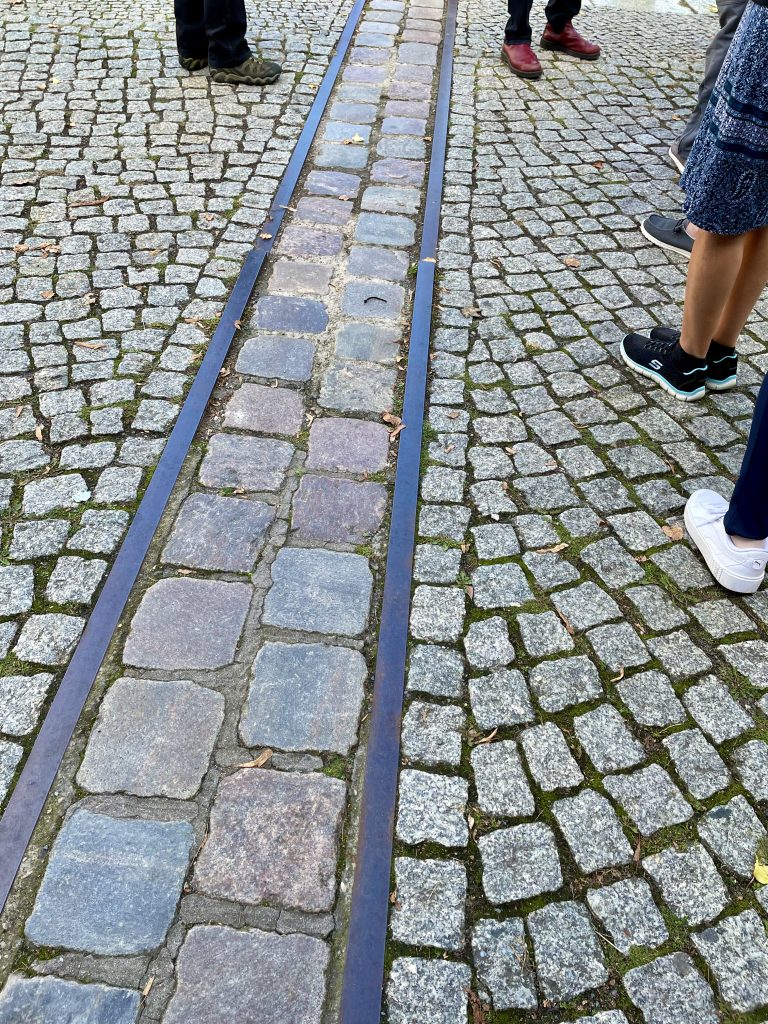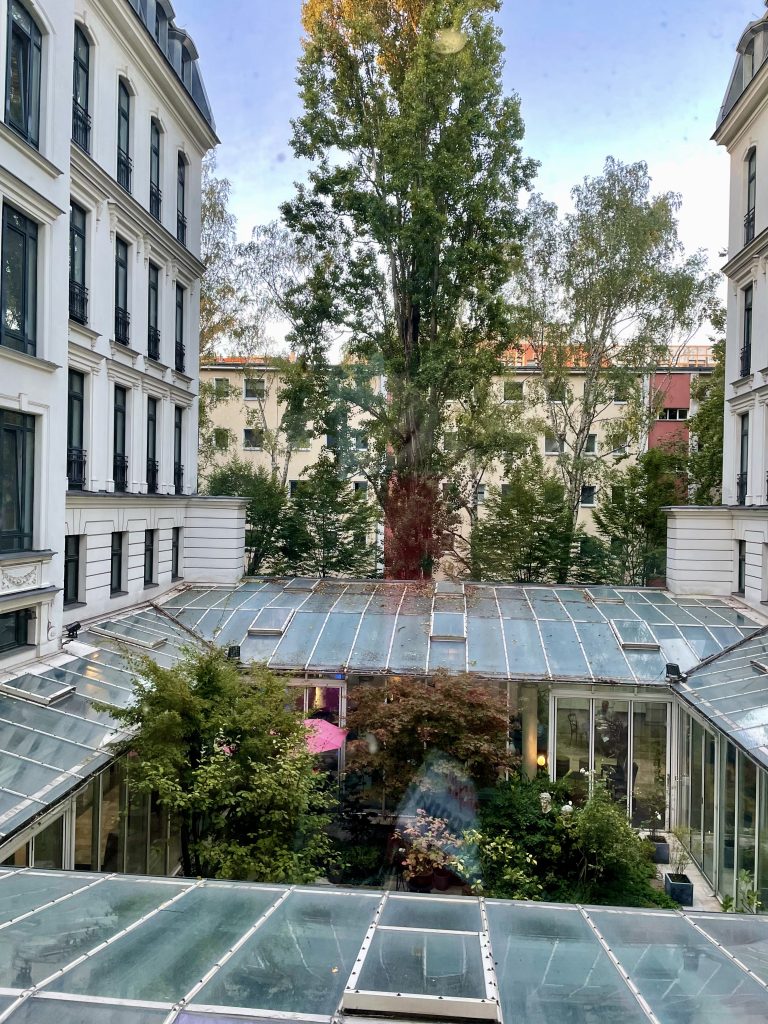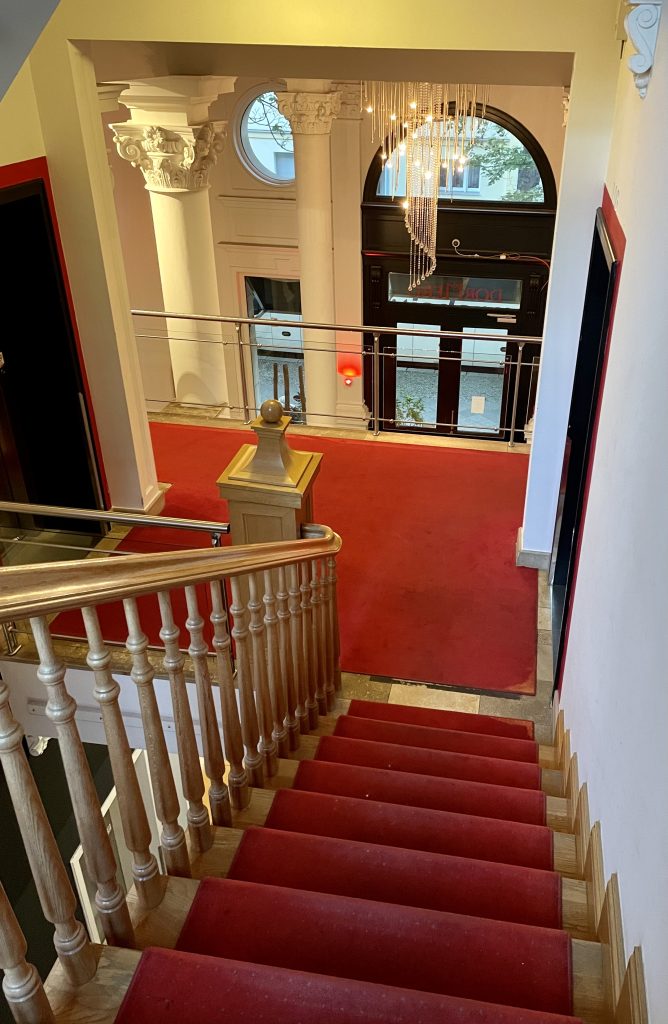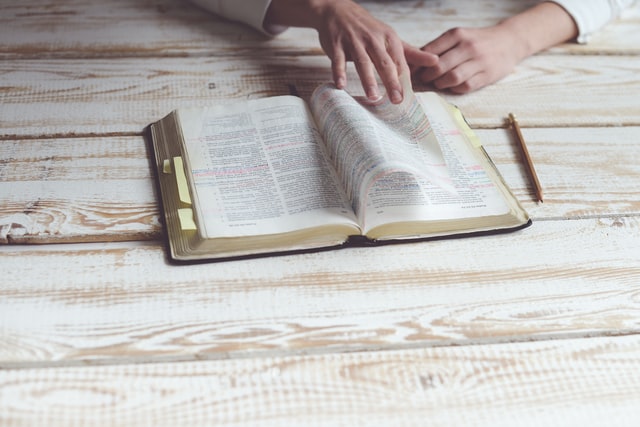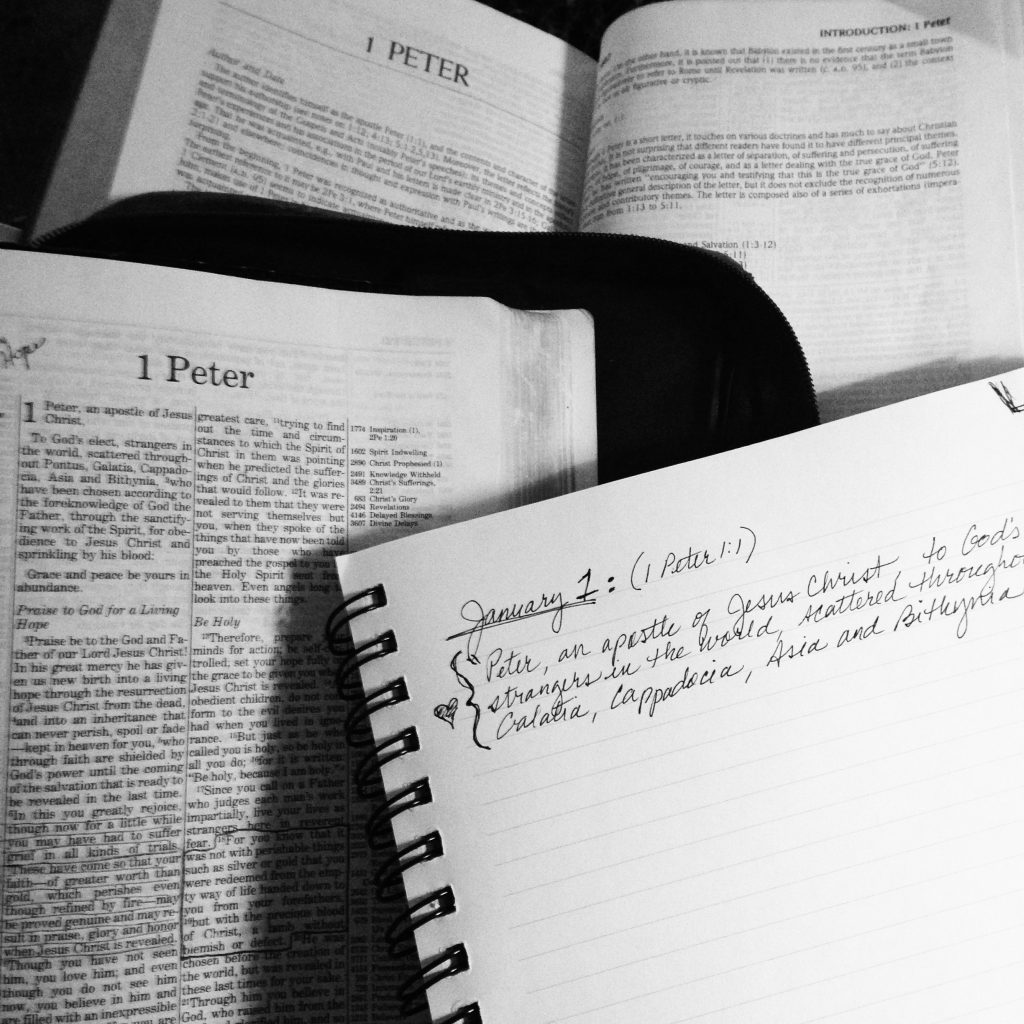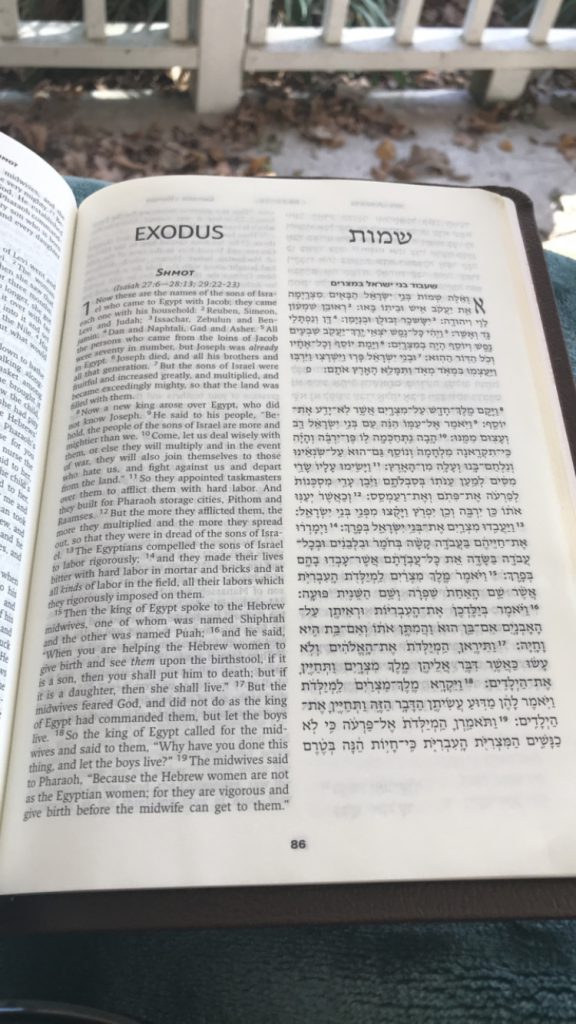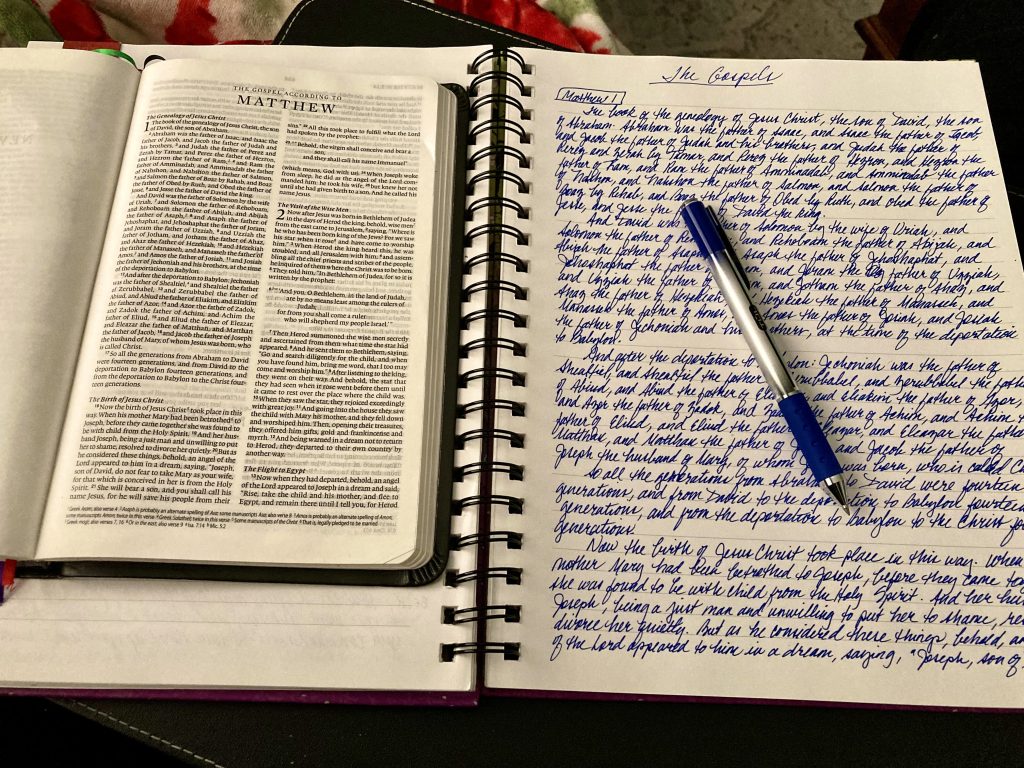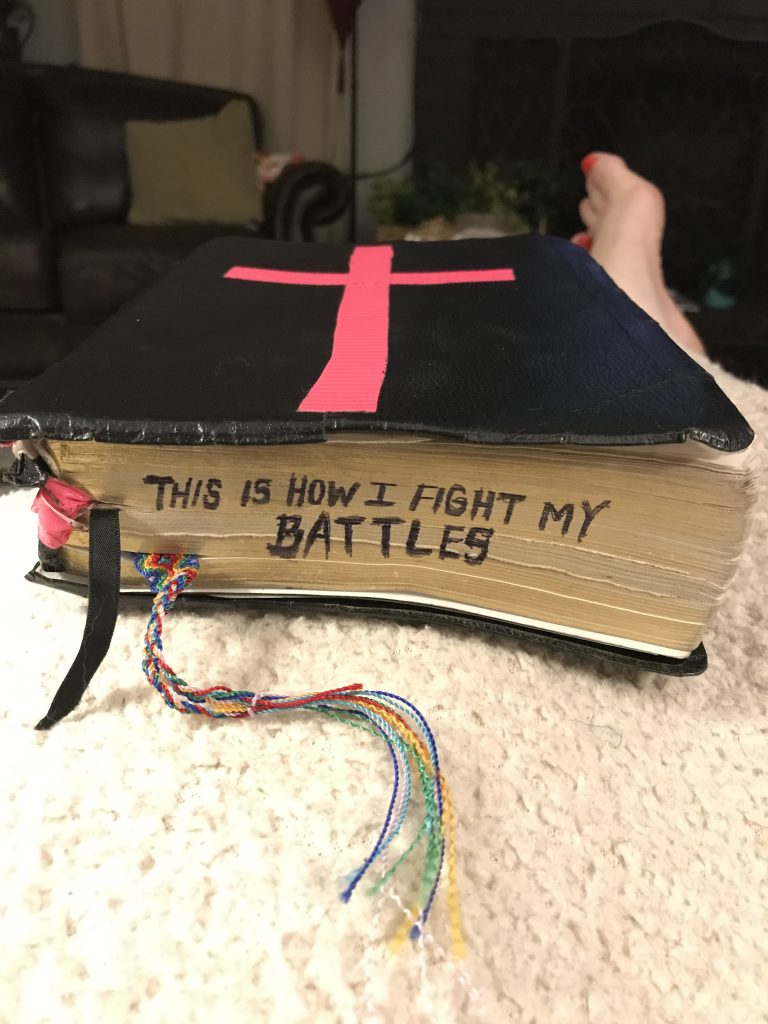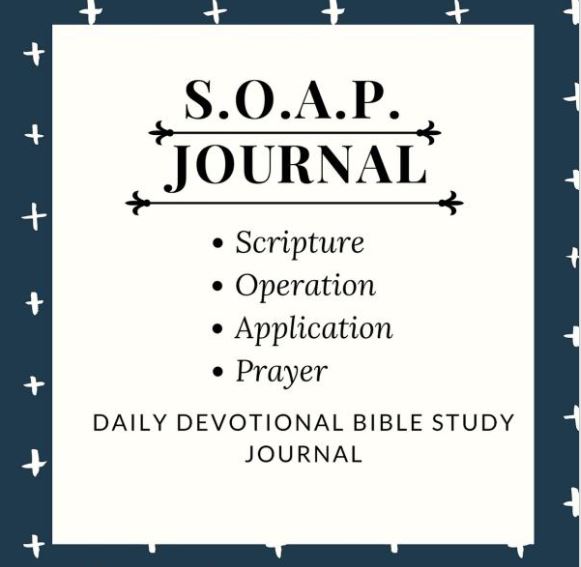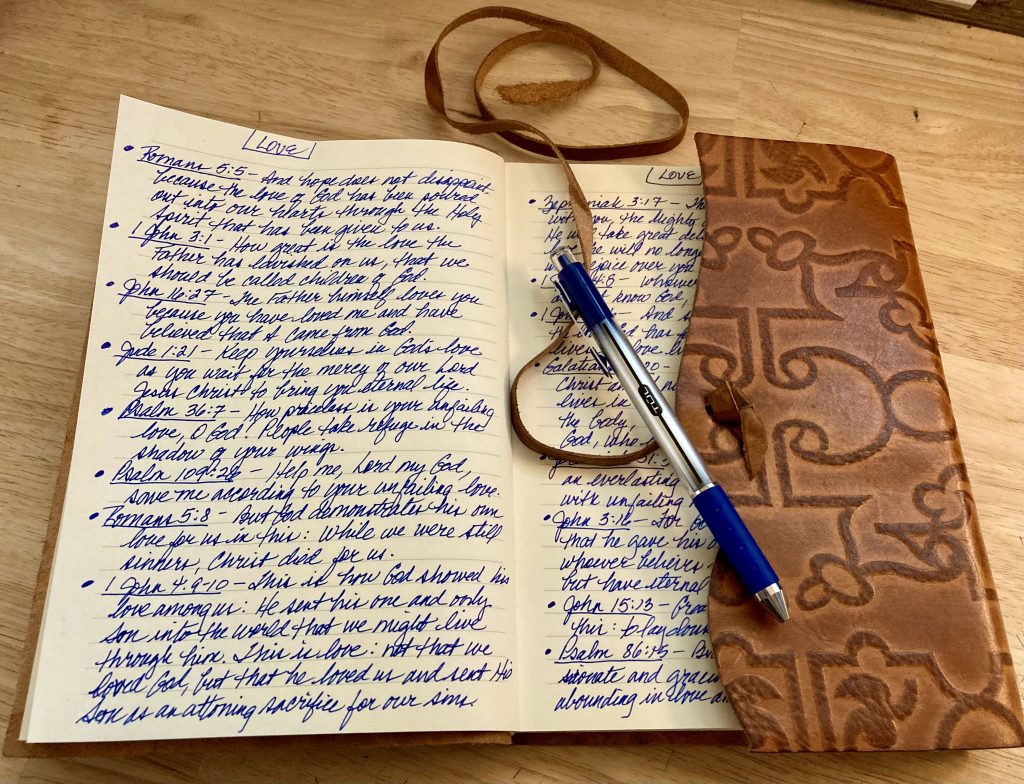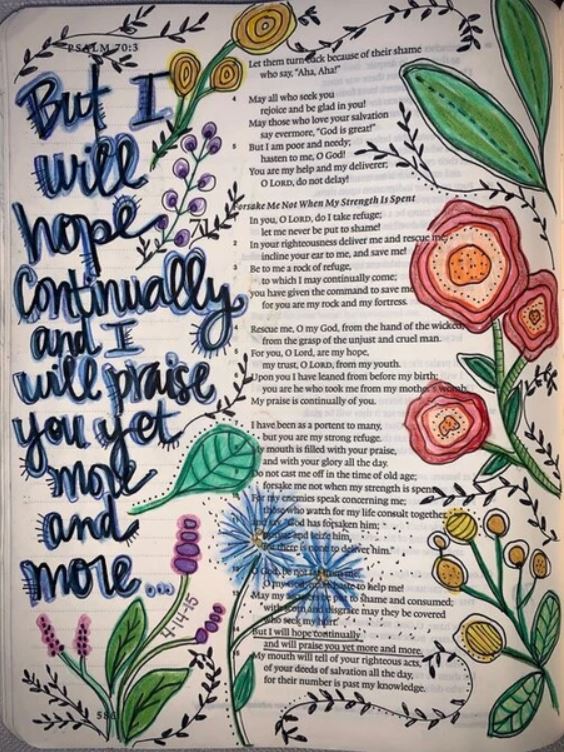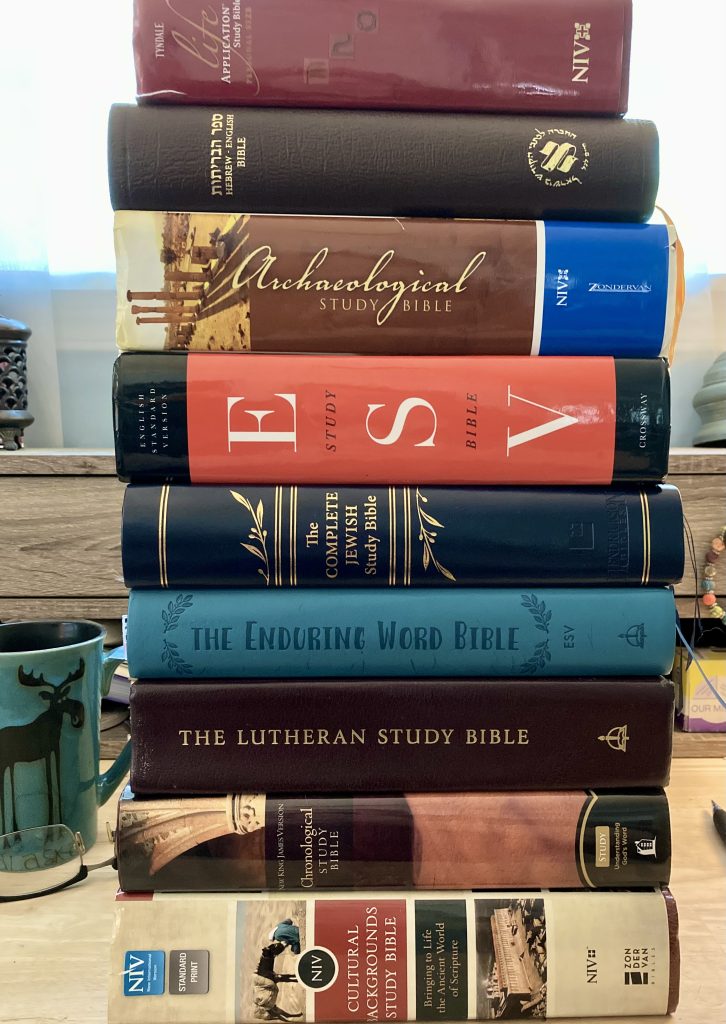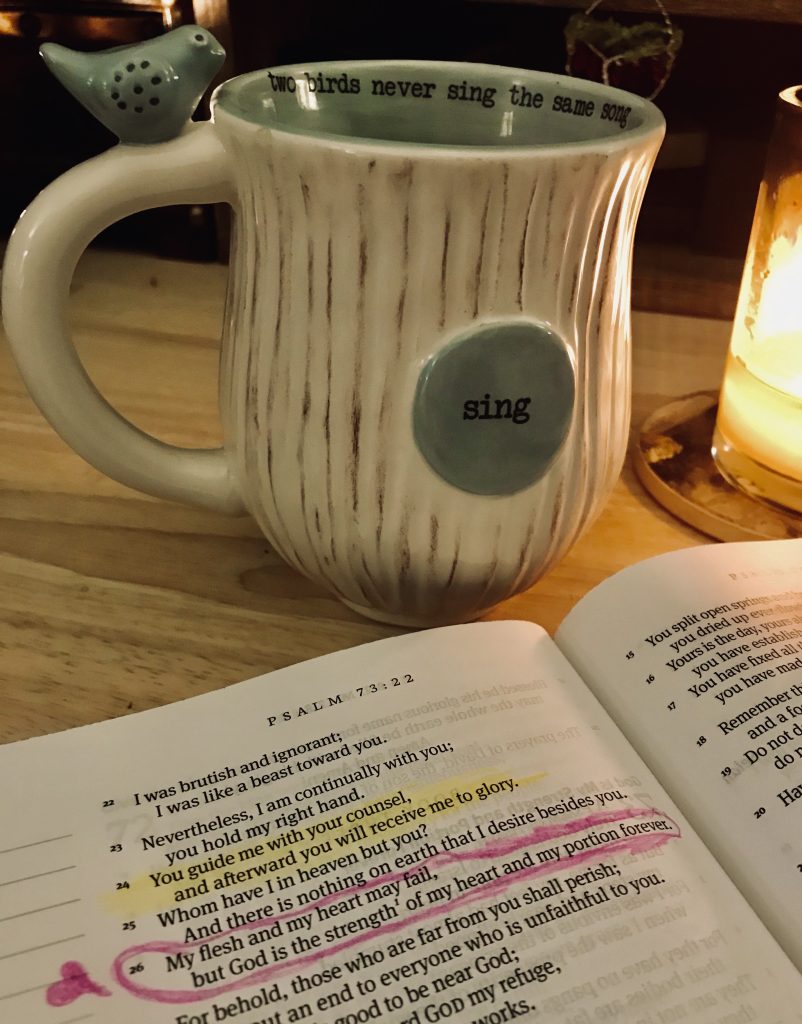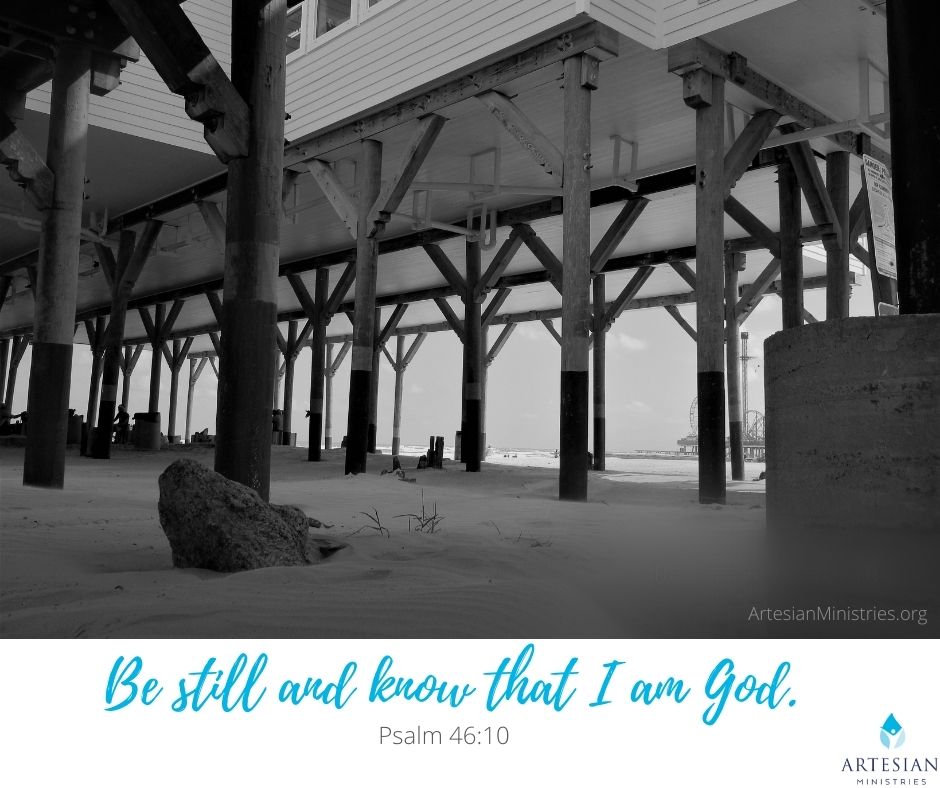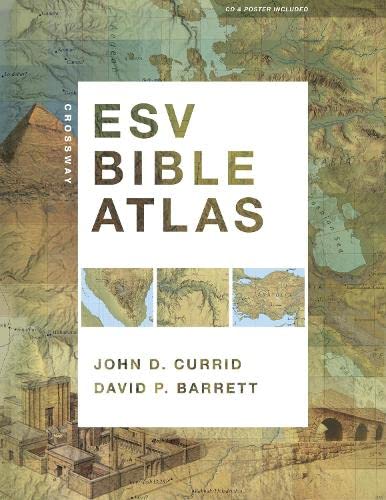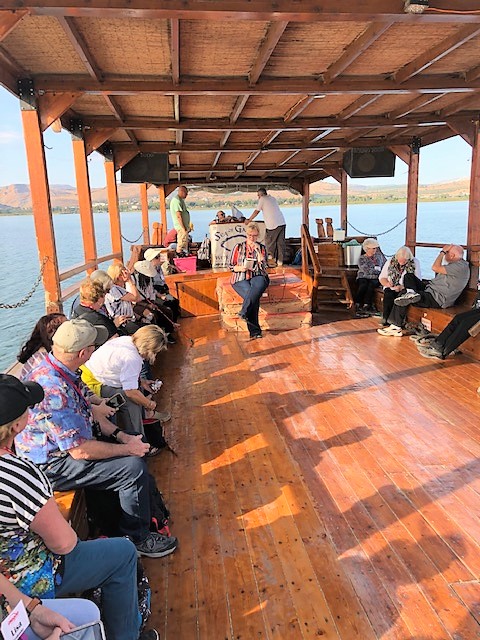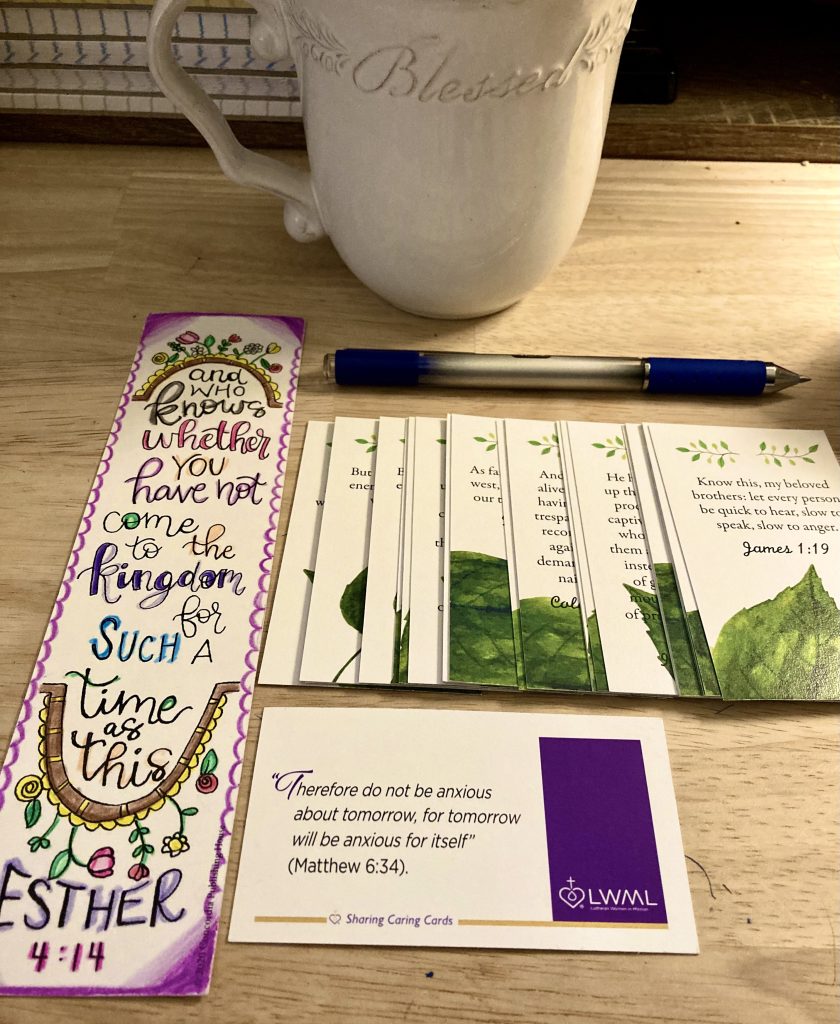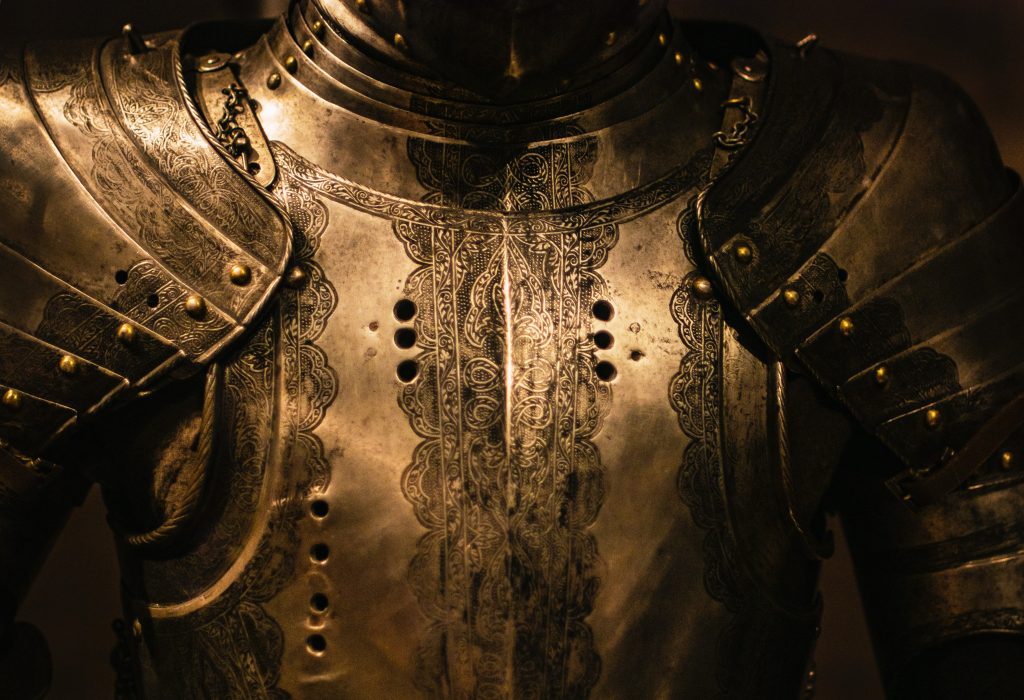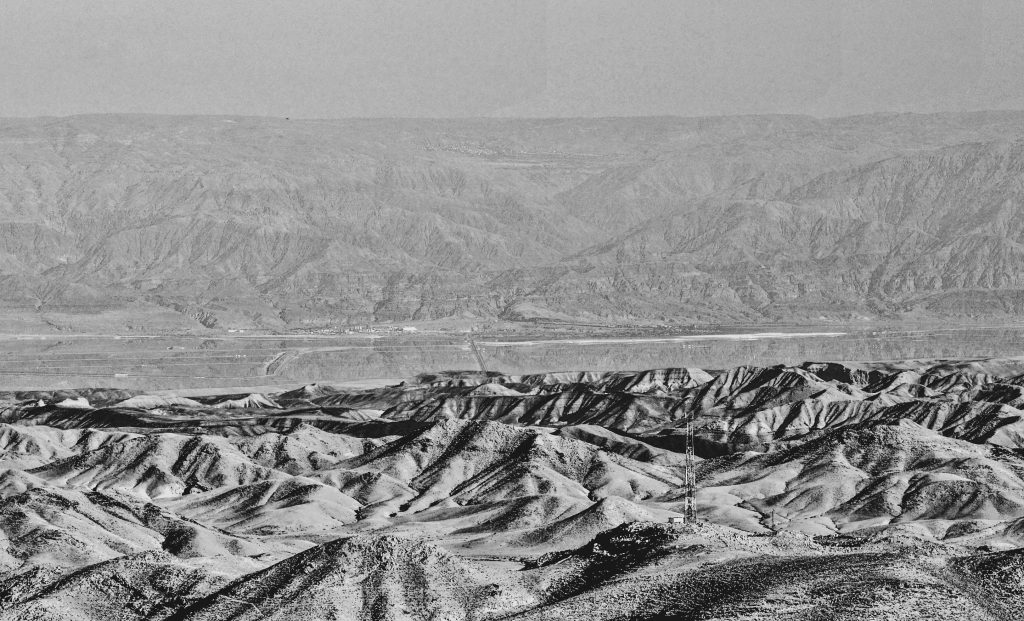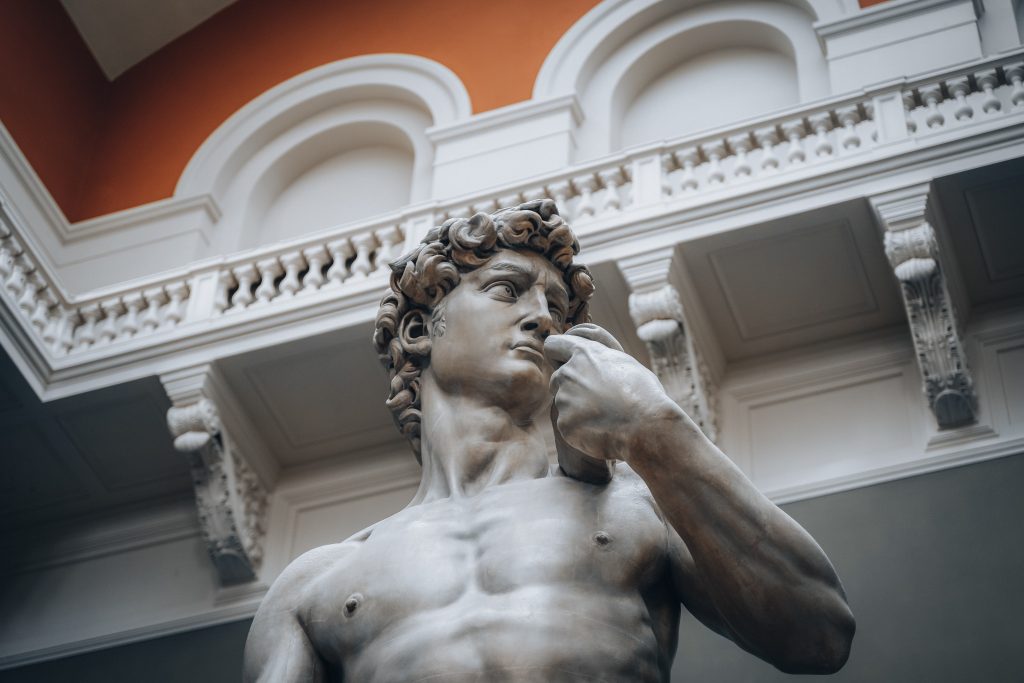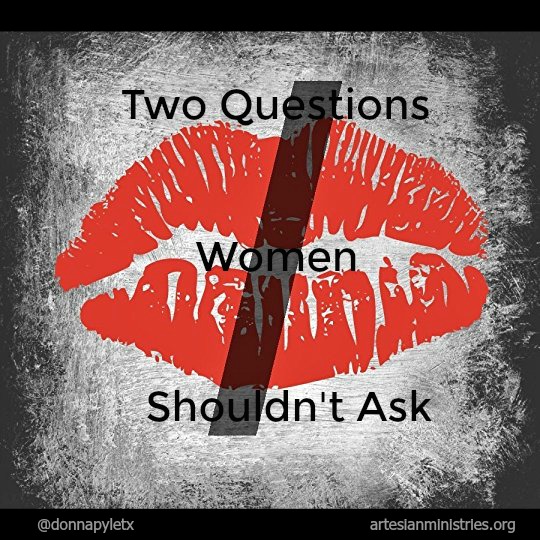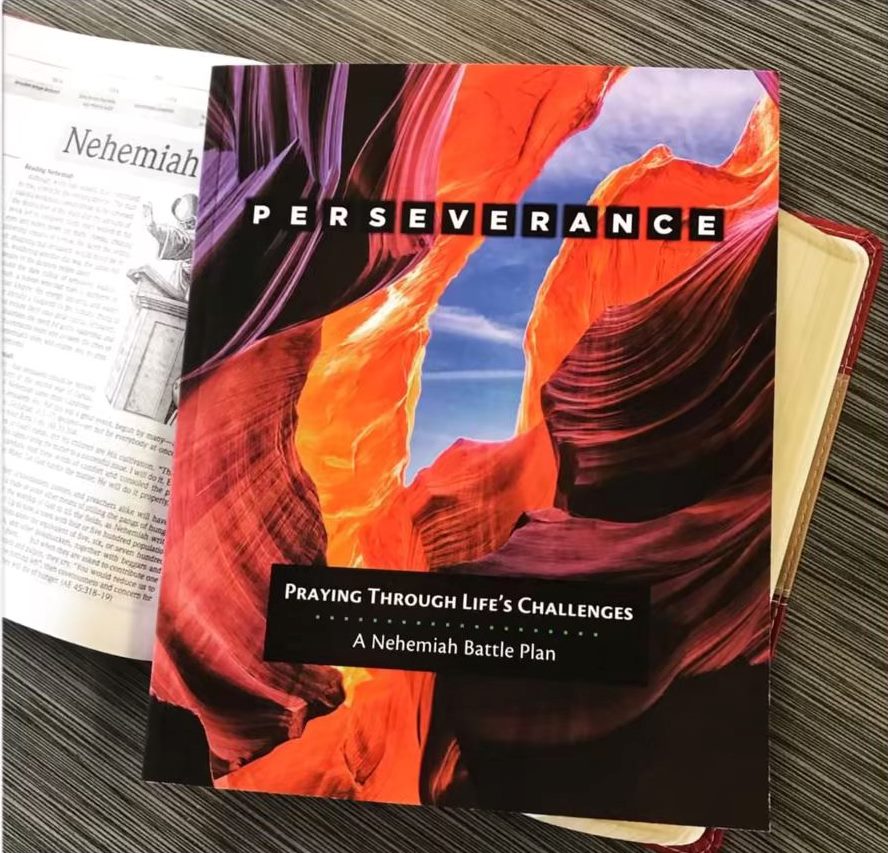Whether you know your pastor’s wife very well or just met her, wishing her “Happy Birthday” on her special day will bring a beautiful smile to her face.
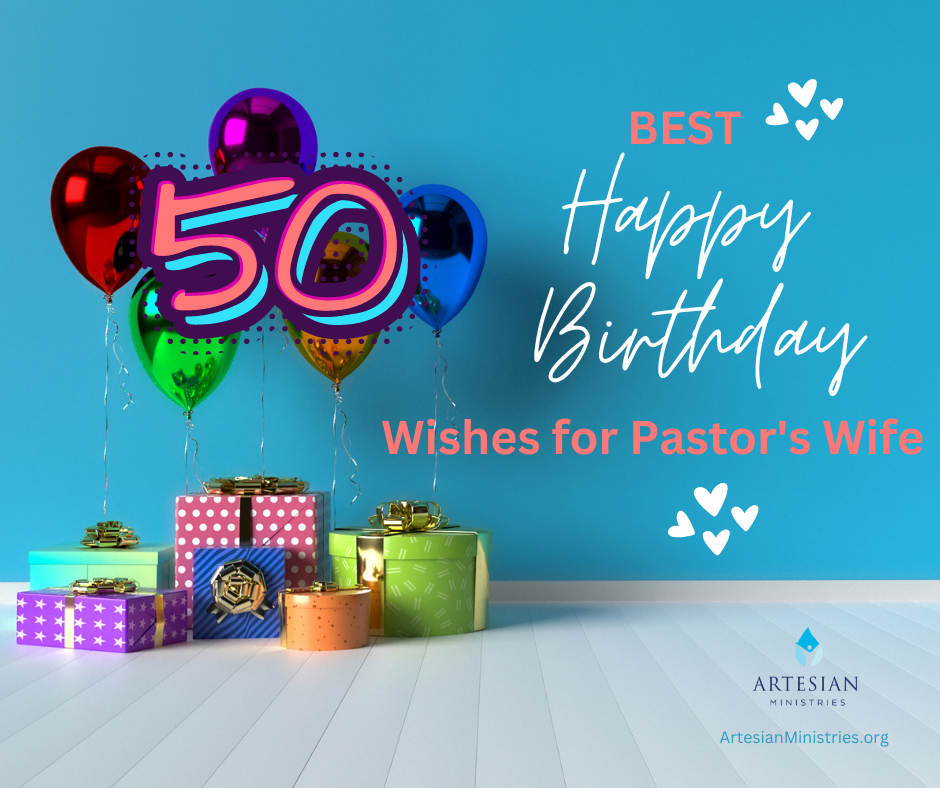
Her birthday is a special time to lift her up and shower the love of God on her for the coming year.
Here are 50 well wishes to provide inspiration for you to bless her with on her birthday!
Thankfulness for Pastor’s Wife
#1 You are such a beautiful example of a life well served in Christ. May God give you continued good health to keep shining His light. Happy birthday to an exceptional lady!
#2 You may not have anticipated this calling to be a pastor’s wife, but God has equipped you for this noble work. As you embrace this new year in your life, I pray that God’s love meets you at every turn. Happy birthday!
#3 You are loved! May the light of the Lord fill your heart as you celebrate this day that He unveiled you to the world. Your guidance lights the way for so many on their journeys of faith. My God bless you and keep you always all the days of your life. Happy birthday!
#4 I want you to know that I understand that your calling as a pastor’s wife is hard and can get lonely. But you are standing on the Rock of Ages! I pray that the good Lord grants you the desires of your heart and much more. Have a blessed Birthday!
#5 May the light of God’s life continue to be the best gift that you receive this year. I celebrate you and praise God for your long life. May the Lord bless you on this day, and always. Happy birthday!

Empathy for Pastor’s Wife
#6 My birthday prayer for you is that God will faithfully provide helpers to you who love you unconditionally, find joy praying for you, and commit to walking alongside you. Happy Birthday today!
#7 Wishing you God’s grace and His exceptional birthday blessings to you today. I pray your heart is filled and overflowing with the joy of the Lord, and the power of the Holy Spirit. Happy Birthday!
#8 You have one of the most difficult callings that exist: a pastors wife. You are a spiritual teacher for so many who are at different stages in their spiritual journeys. I admire your energy, your strength, and your commitment to this church and us. I thank the Lord Jesus for your selfless devotion to us. Happy birthday!
#9 Thank you, dear friend, for the joy you bring to so many. May you experience the radiant presence of God in you and through you, as you serve Him so faithfully. Happy birthday!
#10 I often neglect to tell you, but please know this: You are loved. You are beautiful. You are valuable. I pray only good things for you on your big day. Happy Birthday!

Best Wishes for Her Birthday
#11 Thank you for being a woman who loves the Word of God! May your birthday be filled with happy moments, love, and joy. God bless you and may He strengthen and protect you daily. Happy Birthday!
#12 Dearest Christian friend, you have helped me so much in my Christian walk by encouraging me along the way and keeping me moving forward. I pray that your birthday this year is a peaceful and memorable special occasion. I thank Jesus that you are in my life. Happy Birthday!
#13 Happy birthday to an extraordinary pastor. You are a gift from God to His people and your faithful service will be rewarded as you serve with love and grace. Happy Birthday!
#14 Happy birthday, Pastor! With your infinite compassion, wise advice, and the Godly example you always set, you go above and beyond, and I am so thankful. Happy Birthday!
#15 I just wanted to tell you that I am praying for your body, your soul, your ministry, and your family, especially on your birthday. I support you and the selfless work you do in our church and in our community. I hope you have a Happy Birthday!
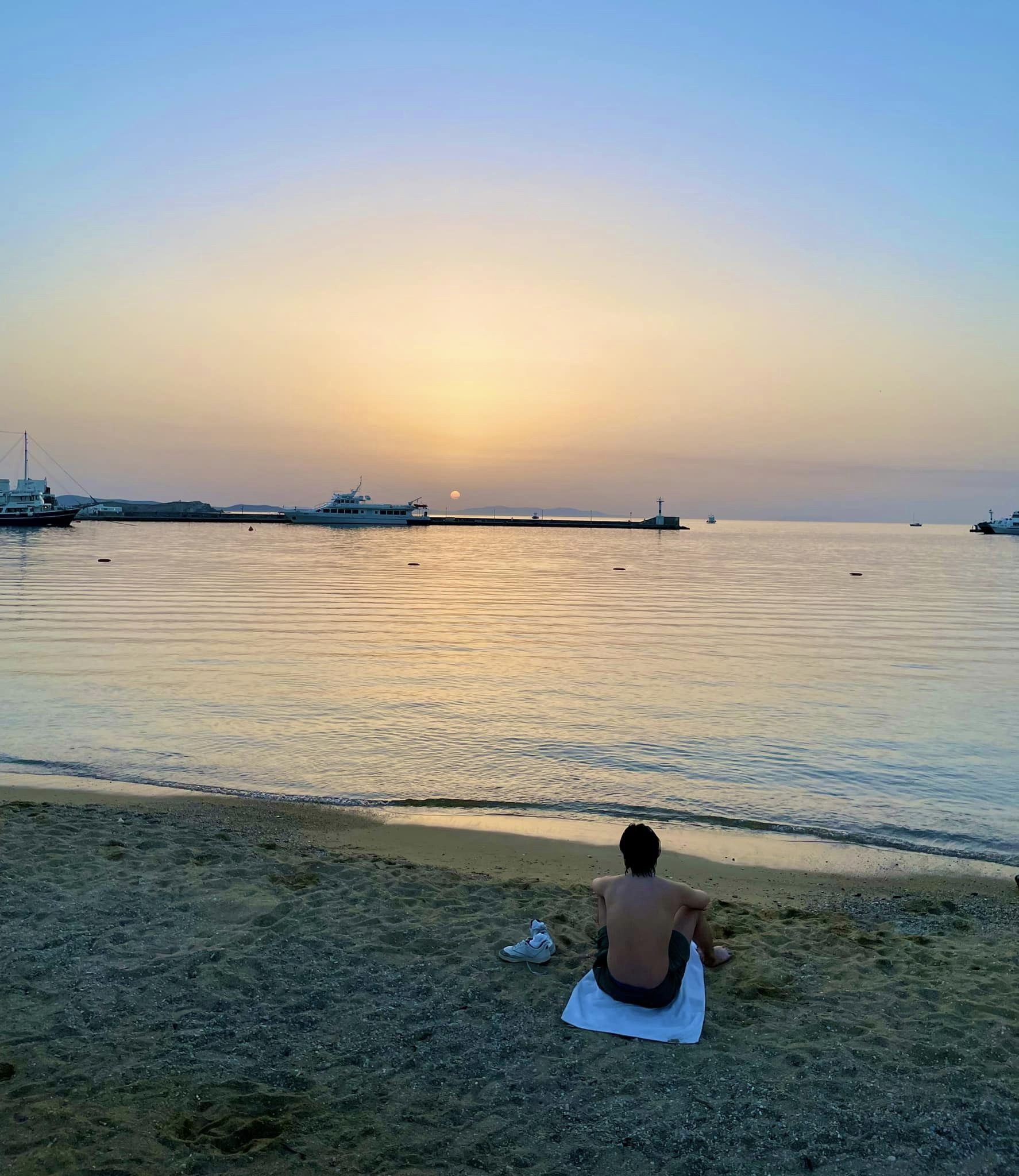
Blessings for Pastor’s Wife
#16 May your birthday be a refreshing fountain of joy to your soul. May the Lord pour out the riches of His grace in your heart and fill your cup to be overflowing. Happy birthday!
#17 Thank you for being ever-present for your congregation when we need a helping hand or a word of wisdom. It means so much that you are there for us, and are praying for us. Happy birthday!
#18 It’s a pleasure to be in a congregation with a pastor who has as much integrity and biblical knowledge as you do. I pray that you have a birthday filled with all the blessings and joy you could ever imagine. Happy Birthday!
#19 Happy birthday, to a pastor who is caring, wise, and a shining example of Godly compassion. My family is so thankful for all that you do. Happy Birthday!
#20 I pray that you have a birthday filled with blessings, joy and heavenly love, Pastor. Thank you for dedicating your life to growing and strengthening Jesus’ flock. Happy Birthday!
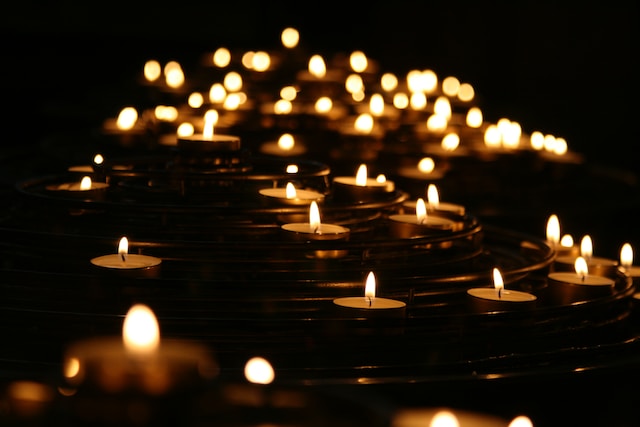
Gratefulness to Pastor’s Wife
#21 May your birthday be filled with all the blessings, love and compassion that you spread each and every day to all of us. Happy birthday!
#22 You’re more than a pastor. You’re a mentor, friend, and source of great comfort and wisdom in times of worry. Happy birthday!
#23 May your birthday be filled with all the joy and warmth you give to those around you each day. We’re truly blessed to have you as our pastor. Happy Birthday!
#24 Wishing a sweet and wonderful birthday to a pastor who is caring and kind. Thank you so much for filling our hearts with joy. Happy Birthday!
#25 Wishing a day filled with happiness, joy, and love to the first lady of our Church! Your good works and good heart are beautiful reflections of Jesus. Happy birthday!

Giving Thanks for Pastor’s Wife
#26 On your special day, I want to thank you for all the guidance and wisdom you’ve given to me throughout the years. I pray that God’s peace is present every day of your life. Happy birthday!
#27 Your wisdom, compassion, and strength are a much-needed example for us all. You’re so caring, selfless, and kind. I pray every blessing of God on you as your birthday gift. Wishing you a very Happy Birthday!
#28 I am so very blessed to call you a friend! You always have the right words and Bible verses to share at just the right times. I am thanking God for you and am praying for you on your birthday. I look forward to seeing you in church! Happy Birthday!
#29 You are a woman of the Word, deliberate and purposeful, kind, compassionate and thoughtful, a burden sharer and bearer, and the Lord’s battle axe. I commend you to God, and to the word of His grace, which is able to build you up. Happy Birthday!
#30 May goodness and mercy accompany you today and all the days of your beautiful life. I pray that God blesses you with many meaningful chapters over this next year of life. Happy Birthday!

Special Birthday Blessings
#31 Happy birthday to a woman with listening ears and a cheerful spirit. May your days be long and your years be crowned with glory. Happy birthday!
#32 I want to thank you for your kindness and the love that you always share. Your friendship has enriched my life and I appreciate your support. I hope your day is full of happiness and special memories. Happy Birthday!
#33 My special birthday wish is that the grace of the Lord covers you like beautiful robes of His love and strength. Happy birthday!
#34 I want to thank you for all the years of love, support, and friendship. There is no one I’d rather have by my side in the good times or bad. My life is a little brighter because you are in it. Have a blessed and Happy Birthday!
#35 You’re an inspiration to everyone that you encounter. As you celebrate another year today, may your life continue to inspire people to Christ. Happy birthday!

Personal Thanks to Pastor’s Wife
#36 Thank you for making the church home for me. Being so far away from my family, I’m thankful to Jesus Christ that I found a place where I truly feel like I belong. Happy birthday!
#37 I’m so grateful that God brought you into my life. Each year I have the opportunity to celebrate another year with my best friend. You are the most beautiful person on the inside and out, and I can’t wait to see what God has in store for you in the years to come. Lovely Birthday wishes for a lovely lady!
#38 May you continue to enjoy victory on all sides of life because of Christ Jesus. Your tireless efforts in our church community have truly made this place home for many, including me. Happy birthday!
#39 To an amazing woman of God, you are the epitome of humility and beauty both inside and out. I wish you many more blessings and best wishes over this next year. Happy birthday!
#40 I can’t believe how lucky I am that God put you in my life. You are so special, so loving, and warm-hearted. God’s Word just flows out of you like living water to a parched soul. I can’t think of anyone who deserves to be as happy on their birthday as you do. Happy Birthday!

Celebrating the Pastor’s Wife
#41 Today I get to celebrate you! I cherish the wonderful times and joys we have shared over the years. You are a blessing to me and all of our church members. Happy birthday!
#42 I know that God is already turning hard situations around for good and making ways where there seem to be none. I pray that God’s blessings flow like a faucet over your life today. You deserve it! Happy birthday!
#43 You may not know it, but your kindness and Christ-like actions have spurred me to chase after the Lord. Thank you for your exemplary leadership and transparent joy. You are a blessing! Happy birthday!
#44 May God enrich your life like never before. On this special day, I pray that you experience unending blessings and much joy as you celebrate another year of the Lord’s favor. Happy birthday!
#45 The very first time we met the Lord’s love just poured out of you. Your kind words, selfless service, and joy-filled praises have been a special blessing in my life and to everyone who walks into our church. I pray God’s abundant love overflows into your life today. Happy Birthday!

Sharing Joy with Pastor’s Wife
#46 How has another year already gone by? I pray that many wonderful things come your way today because you Christ is the constant source in your life. Happy Birthday!
#47 The best thing about today is the fact that I get to tell you what a wonderful person you are! You inspire me to greater heights because Jesus shines so brightly from you. I pray God’s abundant blessings over your special day. Happy Birthday!
#48 I am so thankful that God brought us together as friends! Your relentless pursuit of excellence in the Lord is such a beautiful example to me and everyone you meet. The love of Christ flows out of you and I pray today that it overflows in your life. Happy Birthday!
#49 This year has been a tough one for you, yet no one would know it. You faithfully show kindness and love even when it is not reciprocated. I pray that this next year of life is full of joy and lots of love. You deserve every bit of it. Jesus has your back and so do I. Happy Birthday!
#50 It is such a joy to call you my dear friend and sister in Christ! You shine the light of Christ so beautifully. Your kind welcome to everyone who walks into our church makes all the difference. I pray every blessing on you today and every day. Happy Birthday!

The Truth About Being a Pastor’s Wife
These dedicated women gracefully stand silently in the shadows while people clamor for their husband’s attention while we may not even acknowledge their presence.
Pastors’ wives live in glass houses where we notice every fingerprint, yet they faithfully keep those windows clean by extending forgiveness that we often don’t deserve.
When we unjustly criticize their husband or how he runs the church — even when it’s so nasty that there should be a smackdown right there in the narthex — they smile graciously and assure us gently that they will pass along our concerns.
They often volunteer for tasks in the church that no one else wants to tackle — often areas they are not gifted for — yet they trudge faithfully ahead while we slander their efforts.
These amazing women long to help the multitudes alongside their husbands and willingly lay down their very life for the beautiful body of Christ. And some days that makes her very, very tired.

God’s Promises to a Pastor’s Wife
Her calling is hard and it can get lonely, but she is standing on the Rock.
God will faithfully provide helpers to her who love you unconditionally, find joy praying for her, and commit to walking alongside her — whether inside or outside her church.
And since you want to wish her a Happy Birthday, perhaps you are one of those wonderful encouragers that will bless her with your birthday card. God bless you!
Related Posts:
- Best Bible Reading Plans
- Warriors in the Bible: 13 Essential Life Lessons to Learn
- 50 Motivational Bible Verses About Aging Gracefully
About the Author
Donna is a sought-after author, speaker, and Bible teacher. Her path from being unchurched to becoming passionate about sharing Jesus was not easy. Read her God-breathed journey: “From Unchurched to Becoming a Multi-Published Author and Sought-After Speaker.” If you want to send Donna a quick message, then visit her here.
{Some of these links are affiliate links. This means if you make a purchase through that link, the ministry may receive a small commission at no extra cost to you. Thank you for your support!}



